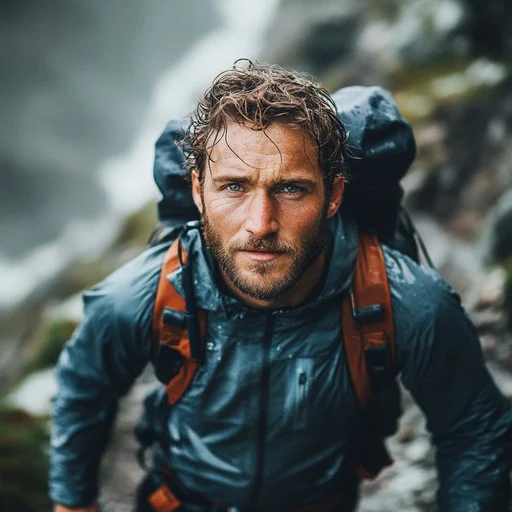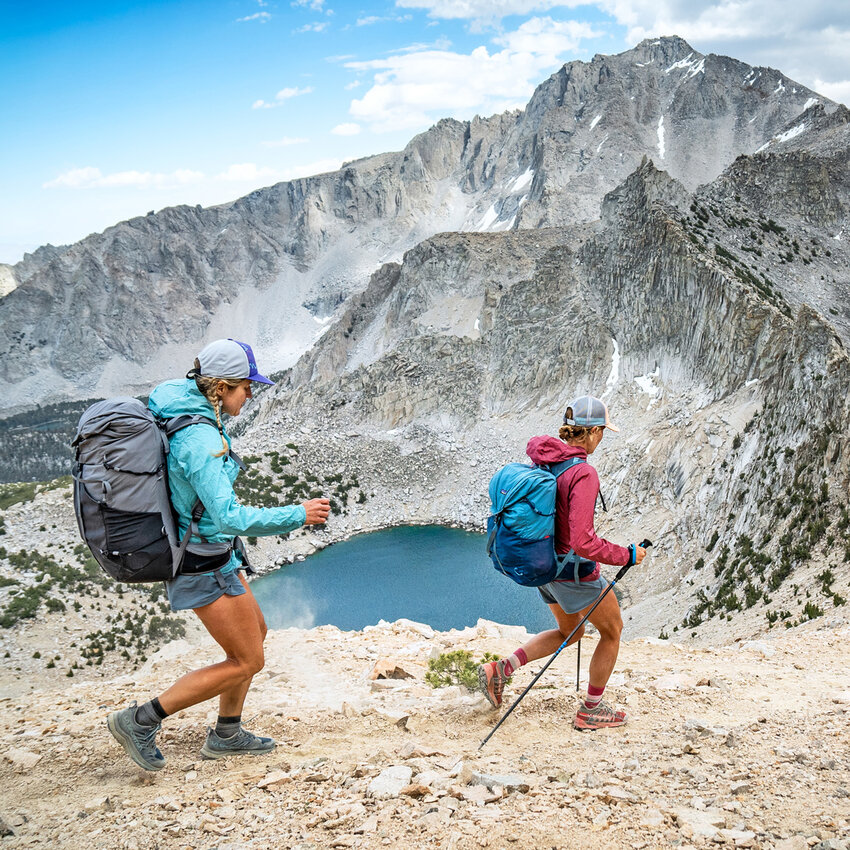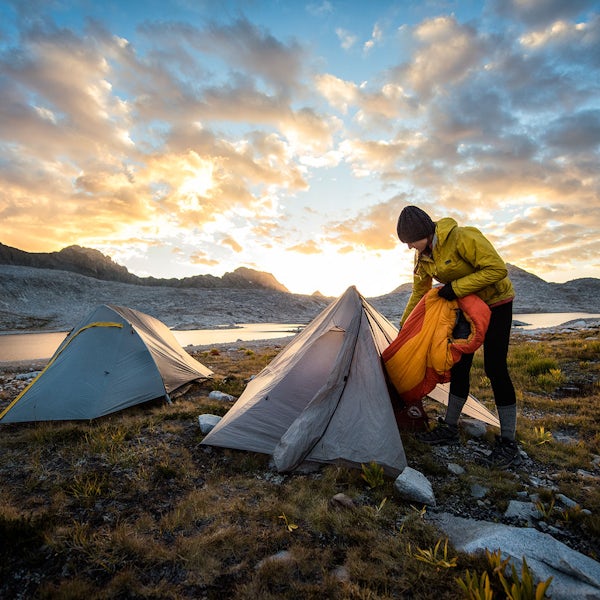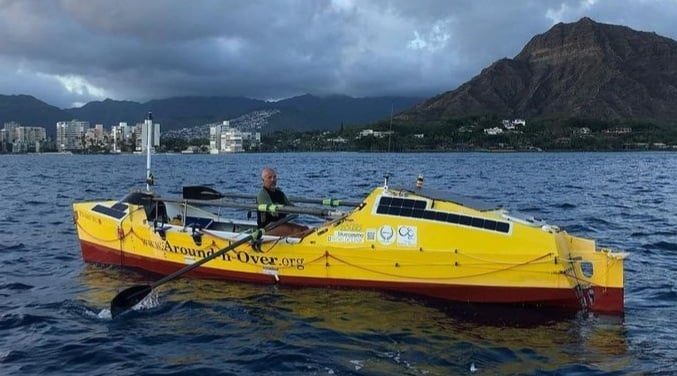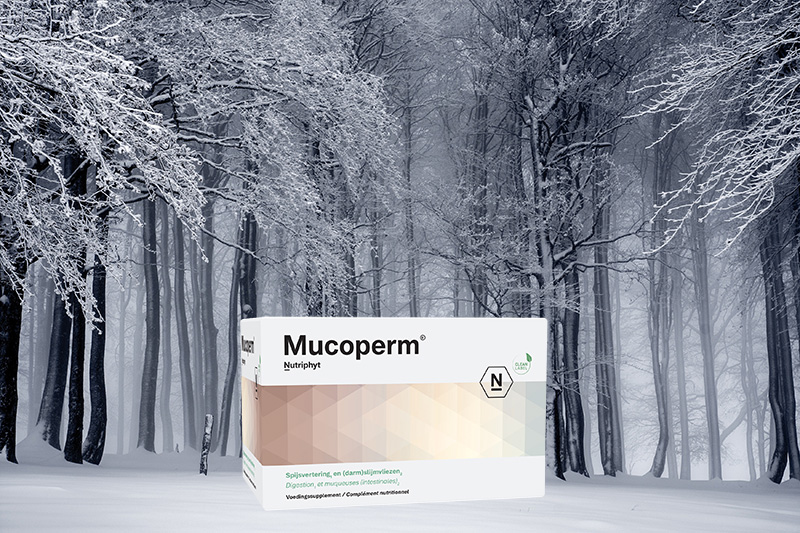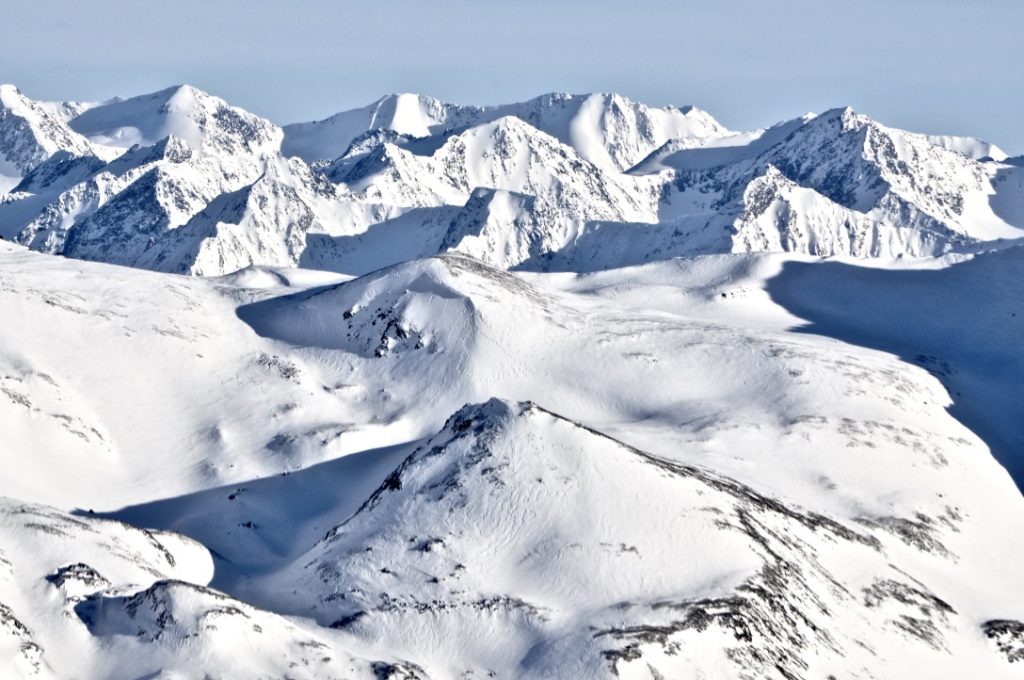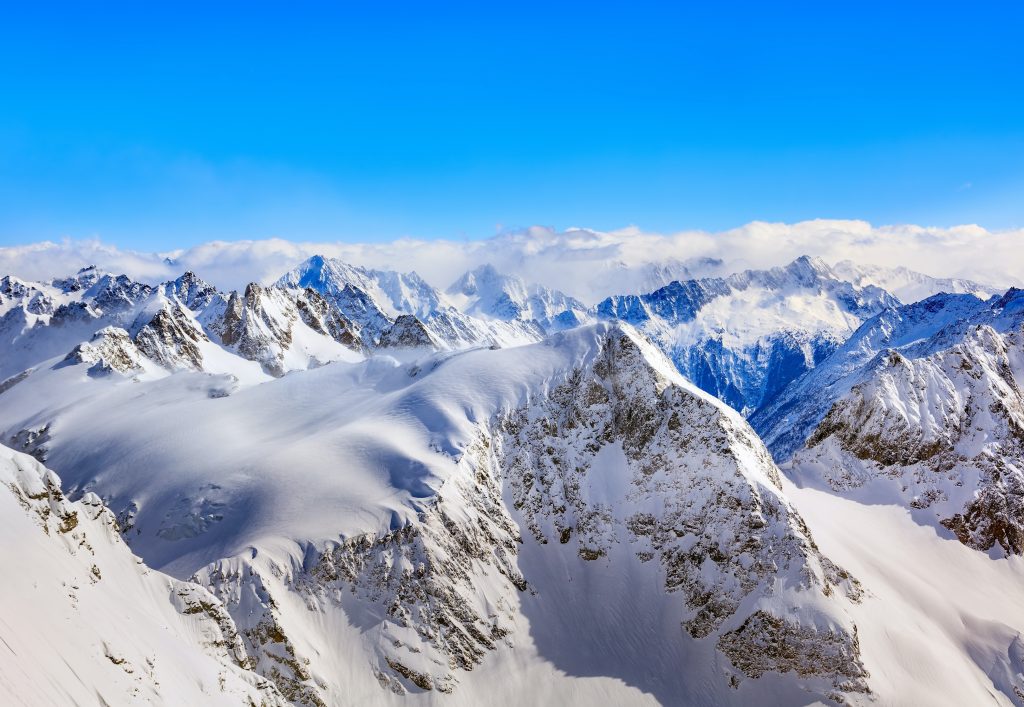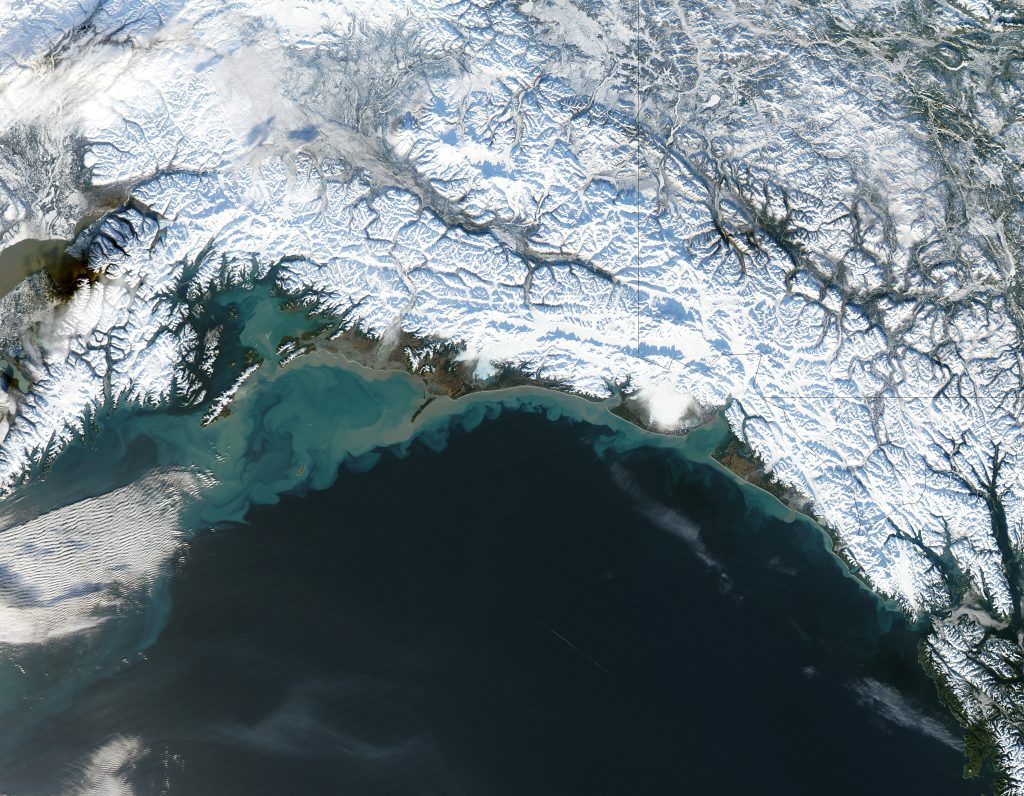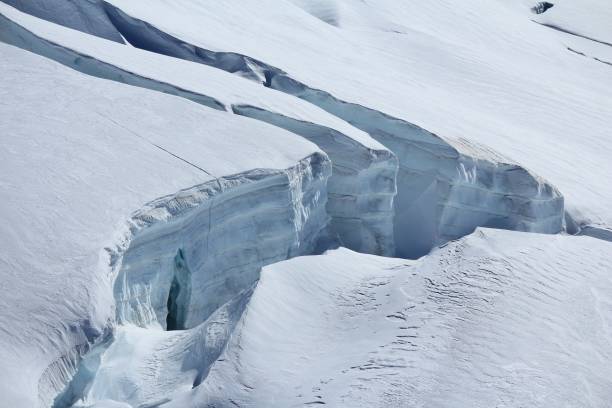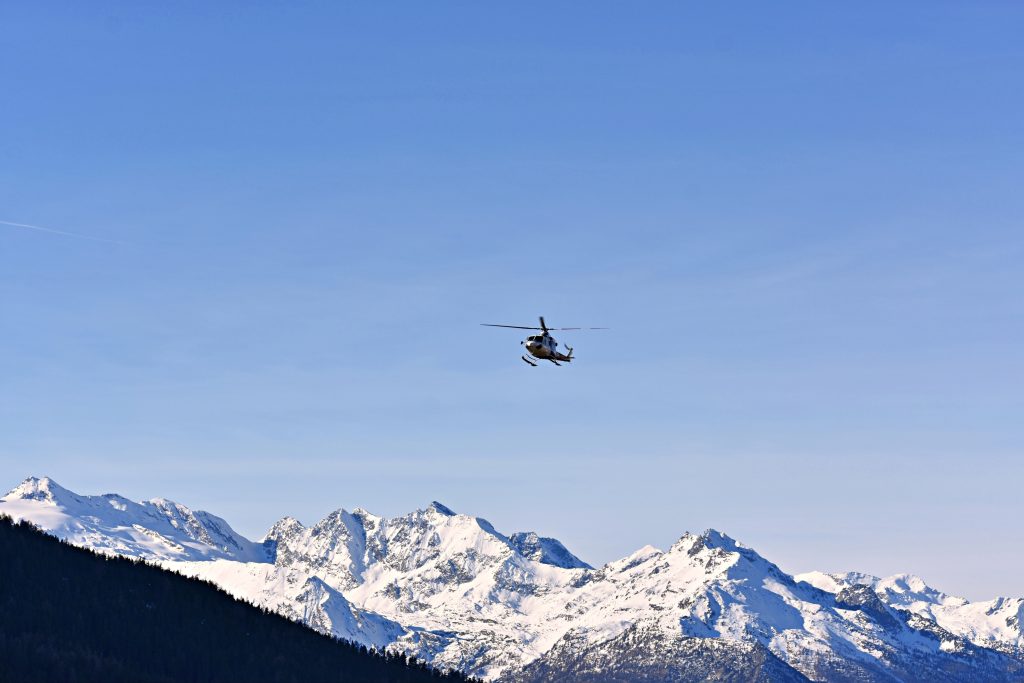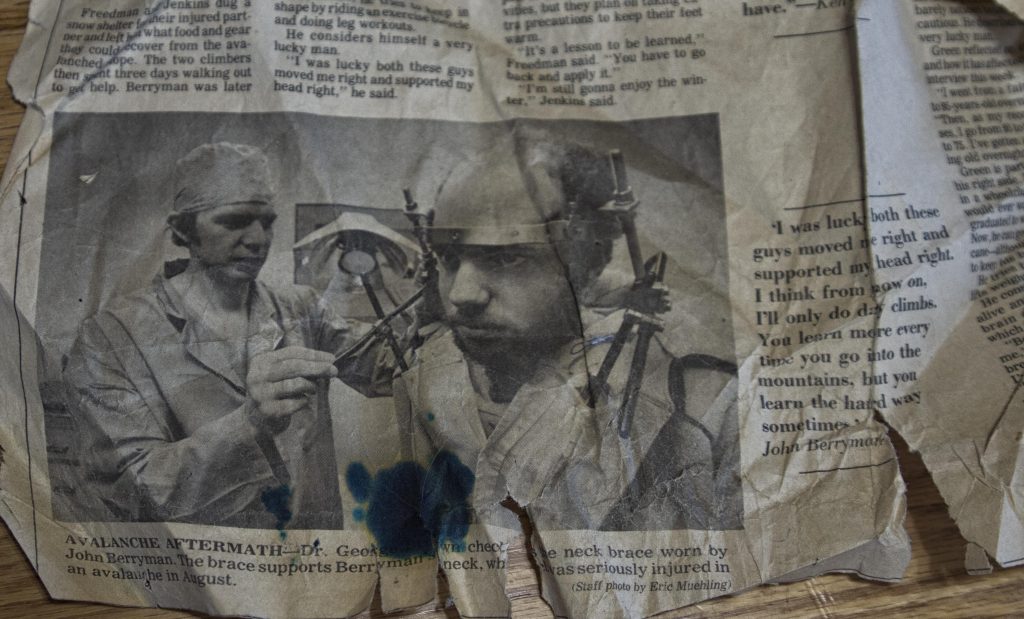John Berryman
How John Berryman barely survived and avalanche in the Chugach Mountain Range, Alaska. A story of survival and friendship and an adventure which nearly cost him his life.
While on summer holidays, when I attended the University of Alaska Fairbanks, two friends of mine, Dan, Jeff and myself attempted a climbing expedition in the Chugach Range, north of Anchorage. Jeff, Dan and I had become friends about a year before at University and had done a few climbs together.
To give a little background, the Chugach Range starts soon after the land mass meets the Gulf of Alaska with the highest peak, Mt. Marcus Baker, at around 13,000 ft. Our mountain, with a height of 12,360 ft, was close to that. The distance to the ocean, from where we were was only 16 kilometer, though the ocean was out of view.
In preparation of the climb, we had spent two weeks shuttling gear up the heavily crevassed Matanuska Glacier. It was hard work, but we were in a beautiful setting surrounded by mountains and we had it all to ourselves. As we got higher up the mountain, there was no more vegetation, a world of stone, ice and snow.
Our original goal was to climb Mt. Marcus Baker, but time constraints led us to attempt climbing this 12,360 ft. beautiful unnamed mountain. We’re not entirely sure, but it may have been a first assent. The highlight of the climb was reaching the knife-edged summit.
When we started our ascent and came to the glacier, it was only ice and, as I mentioned before, heavily crevassed. To go a kilometer forward, we likely traveled 10 kilometers side to side, looking for ways around the crevasses or sometimes jumping over them. As we ascended the glacier, we started to see patches of snow, which then changed to all snow, but still heavily crevassed.
We had mountaineering skis with us and used those as we found our route through the crevasses and up close to the mountain. When we could no longer continue on skis, we took them off and left them, as well as a few supplies, at the base. At that section, close to the mountain, we had to be careful. There were a lot of snow bridges and we had to belay each other across.
The mountain itself looked like a giant disc. It varied in angle from about 50 to 70 degrees. Snow conditions were pretty stable so we worked our way up the disc, taking turns leading. The biggest danger was the exposure. If we’d fallen there, we would have had to self-arrest as quickly if possible, because of the angle of the slope.
A picture of John climbing a different mountain called Silvertip.
We did well though, no falls and we made good time. We eventually reached a ridge. It had its own dangers with it being corniced. We had to try and stay off the cornice, but the other side dropped off, so finding a route through that was a challenge.
We reached a small flat point where the ridge ended and from there it was only a steep climb left to the summit. This is where we later set up our high camp, after descending from the summit.
We decided to lighten our packs and leave some gear and go for the final push to the summit. It was very steep up and when Dan got to the top he shouted at us that it dropped off thousands of feet below. We couldn’t wait to get up there as well and when we reached him, all three of us sat there with one leg on either side of the peak, soaking in the amazing scenery. Unfortunately the camera is buried somewhere on 12,360 ft, so I don’t have any pictures to show.
As we sat up there and looked out in the direction of the Gulf of Alaska, we could see a storm rapidly approaching and we knew conditions were going to deteriorate quickly. The Gulf of Alaska is well known for its huge storms, mostly in the winter, but we happened to have one come in off the Gulf as early as late August.
We determined that the storm was coming in too quickly to descend back to the glacier. We backtracked to where we could set up the tent, not wanting to risk descending further and end up into a storm.
It was the right decision, the storm descended upon us and did not subside. Strong winds and a heavy snow storm kept us pinned in the tent for 3 days. We took turns going out to dig the tent out of the snow, which we believed had accumulated to at least 5 feet deep.
But after 3 days we were running low on food and fuel (to melt snow for liquids) and we had to make a decision. Wait and hope for conditions to get better or descend. We decided the latter. We knew avalanche conditions would be high with the recent snow and wind, so we picked a different descent route then what we’d climbed up, a route that was less steep and less likely to slide.
At one point we were going across a plateau and it was me breaking trail. Except for when we were around our high camp, we were roped up all the time. Steep slopes and possible crevasses made that prudent. There was one exception, which I’ll mention later.
The snow was up to my armpits and it was hard going. Roughly an hour after we started our descend, a sudden blast of air and a loud roar stunned me. I knew it couldn’t have been an avalanche because we were on flat ground. I slowly turned around and saw that a huge crevasse had opened up behind me, it was 10 meters across and at least 100 meters long.
Luckily I saw Jeff on the other side, but Dan had fallen down into the crevasse and Jeff was on the other side holding on to Dan’s weight. Later Dan said he couldn’t even see the bottom, that’s how big it was. He was hanging upside down and his pack, with the tent in it, fell. He managed to reach one of the walls and was miraculously able to tunnel into the side of the crevasse and an hour later popped up through the snow. We were so relieved to see his face. But when Dan popped up, he was on Jeff’s side of the opening and I was on the other side.
Realising that route was significantly more dangerous than we’d thought, we assessed that our safest route would be to climb a nearby section of the face of the mountain, reach the ridge and descend from there. But we knew the most dangerous part would be crossing the face.
I decided to take a chance at that point. Dan and Jeff were on the side of the crevasse closest to the face of the mountain, so I un-roped and walked pretty nervously around where I thought the crevasse ended, and met them on the other side. We had been so lucky we weren’t all walking on top of the crevasse, or we all would have gone in.
Quite often, as we moved, the ground would thump and you could feel the vibrations of the snow layers settling. We were all on edge, anxiety at its limit. We made it to about 100 meters short of the ridge when disaster struck.
I have a memory that will never fade as I watched the whole face of the mountain starting to slide. I saw Jeff’s face, who was on lead at the time, with a look that clearly said: “Oh shit!!”
We fell a drop of about 300-400 meters, but I don’t remember anything about this. Whether I went unconscious when we started falling, or I lost my memory of this from the injuries sustained, I’ll likely never know.
We went off a cliff and dropped through the air about 20-30 meters. We landed on a ledge on the face, with Dan and Jeff landing in a pile of snow and myself landing on hard packed snow.
Jeff came over to me when he saw I wasn’t moving. He opened my mouth to see if I was breathing and I gasped for air right away, likely he had just opened my airway. As I started to gain consciousness, they told me that I’d said I was dying and they immediately believed me.
We had made a plan on what to do if someone was injured and they put this plan into action. They were able to get me into a sleeping bag and put me on a foam pad, all the while not moving my neck because I told them it hurt. Knowing it was too dangerous to travel alone, Dan and Jeff left me on the ledge and continued to descend together to get help. They left me the small amount of food that we had left, but it blew away the first night I was there.
The ledge I was on was small, I can’t remember exactly, but I’d say that it was about 2 meters sticking out by 5 meters long. We were really lucky to have landed on it. From there, when Jeff and Dan left me, they were able to get back to the ridge that we’d tried to reach before the avalanche struck. It was still pretty hairy for them, but they managed to get down and were able to follow the path that we’d come up on.
There was a small amount of food that we’d left at the base for them to eat, but they had to go down the glacier quite a way, before they found running water. Since it was the end of August, it was no longer the land of the midnight sun and it got dark early. They’d stop for a few hours each night and huddle up next to each other and wait till it was light enough to travel.
It hurt if I tried to turn my neck and looking back at it, I was luckily I didn’t. I didn’t know it at the time, but my neck was broken in two places, top and bottom (C2 and C7). Later I was told that, if I’d have tried to turn my neck even one inch, it would have cut through the spinal cord and paralysed my lungs and I would have died right away.
I lost track of time while there, probably because of shock from the injuries. I was also having trouble breathing and found out later that most of the ribs on one side of my chest were broken and my lung had collapsed.
I was able to stand up while I was there by wrapping a jacket tightly around my neck for support. I tried to look for the tracks of Dan and Jeff on the glacier below, but I saw nothing. I thought they were caught in another avalanche or had fallen into a crevasse and I had lost my friends.
What actually happened was, that after they left me on the ridge, Dan and Jeff put in a hard effort to get down the glacier and managed to get down in three days. They both had frostbite on their feet and Jeff ended up losing one of his toes.
Plans for a rescue were launched right away. A helicopter from Elmandorf Airforce base in Anchorage was sent to try and find me on the 4th day since the avalanche. They couldn’t reach my altitude, but were able to see me. I couldn’t believe my luck when I saw the helicopter and I was devastated when I saw them leave, I thought I was going to have to get out of there on my own, that my only chance of being rescued had passed.
I didn’t know my neck was broken or why I had trouble breathing, but I started to prepare for this. However, the only thing I was able to do was put on my frozen leather climbing boots. A difficult task doing it with one hand, while my other hand held my head up. It took a long time and I was exhausted from doing that, so I laid back into the sleeping bag to rest. In the days of sleeping in it up there on the ridge, it had gotten damp from my breathing inside it.
I knew I had to drink something to stay alive and I found the crushed cook kit nearby and an almost empty fuel bottle. I poured the small amount of fuel into one of the containers and scooped up some snow in another container. Luckily I had a lighter in my pocket. I was able to get the snow to turn into slush and had a small drink. I believe that small amount of liquid kept me alive.
While I was laying in my sleeping bag, too weak to attempt another descend, a high-altitude Chinook helicopter was sent down from Fairbanks. They had been circling the mountain trying to find me, but another storm was coming in off the Gulf of Alaska and their fuel was running low and they had to return. However, they decided to make one more pass, and they spotted my little sleeping bag on the mountain and initiated a dangerous rescue.
They couldn’t get above me because they’d hit the rotors on the face of the mountain. They were able to lower two men on a cable along with a litter and other supplies. To get to the ledge I was on, they had to swing back and forth and jump on the ledge. All that time, not knowing if I was alive or dead, since I was inside my sleeping bag and I was not moving.
Over the sound of the helicopter engines, I heard footsteps around me. I could barely move anymore, but I managed to reach out of the sleeping bag and grab one of the medic’s feet. I heard him yell: “He’s alive!”
They put me into a neck brace and tied me into the litter, moving as quickly as they could. The cable was several feet behind the ledge. One of the medics jumped over the abyss (the face of the mountain dropped below the ledge) and grabbed the cable and swung back to the ledge. They hooked up the litter and all three of us ascended up to the helicopter as it pulled away from the mountain face.
I remember looking up from where they had me in the chopper and saw worried faces during the whole flight back to Providence Hospital in Anchorage. When we landed on the heliport, I was told there was 30 seconds of fuel left. They risked their lives to get me out of there and I’ll always be deeply appreciative of what they did.
I was rushed into the hospital and I vaguely remember lots of people working on me. A tube was put in my chest to drain the liquids and get my lung working again. My feet were badly frostbitten from wearing my frozen boots, I was highly hypothermic with my core temperature having dropped to 30 degrees Celsius, and I was extremely dehydrated.
The next while was a blur with I.V.s inserted, X-rays taken and hot water treatments to thaw my feet, which hurt a lot. It was a painful time, especially with the frostbite, but I was very glad to be off the mountain! I was in the hospital for 2 weeks with 60 lbs of traction attached to screws in my head, to keep my neck straight.
I almost didn’t survive that first night in the hospital. I had not reacted well to the morphine and I somehow unhooked the traction and started walking around. It turned out that I did this three times and they had to do new X-rays each time, to make sure my neck was in the right position. After the third time they strapped me to the bed and the next day changed the pain killer.
Eating was difficult and I was put on a liquid diet, then soft food before I could eat solid food. When that happened, one of the nurses brought me pizza, which was so nice after all the mountain food and the liquid diet.
I quite clearly remember calling my parents and telling them that I was hurt, but would be okay. The next time I saw my parents they told me that’s not what happened. I had called them and told them my neck was broken and hung up the phone. They said they aged a lot as they had to call hospitals all over Alaska to find out where I was!
Two weeks I spent mostly in the thermal unit of the hospital in traction and a halo brace was screwed into my skull. My feet had mostly recovered and luckily I was able to keep all my toes. The staff at Providence Hospital were great.
When I was released I went back up to the university in Fairbanks. Dan was my roommate in the dorm and at first we could both barely walk from the frostbite, but Dan and all my other friends at school were a big help during the recovery.
I stopped climbing after that. This was the third avalanche I’d survived and I decided to get into other activities like ocean kayaking, wilderness exploring and Ironman triathlons.
It all happened before the time of sat phones and other devices, which I’d highly recommend for anyone going into the wilderness.
And as far as the other avalanches go, they are stories within themselves.
Our products
-

Compressport – SEAMLESS PANTS
€85.00
Select options -

AquaTru Filtered Water Tank
€34.00
Add to cart -
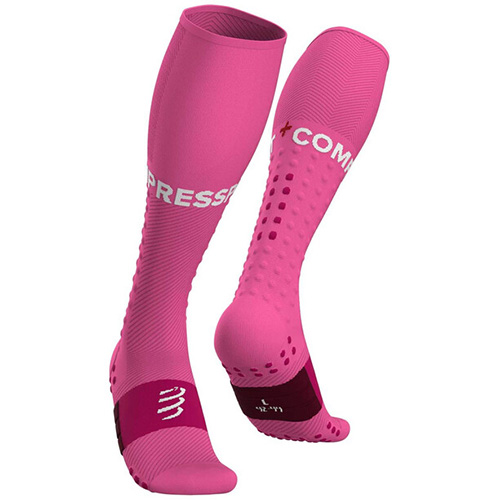
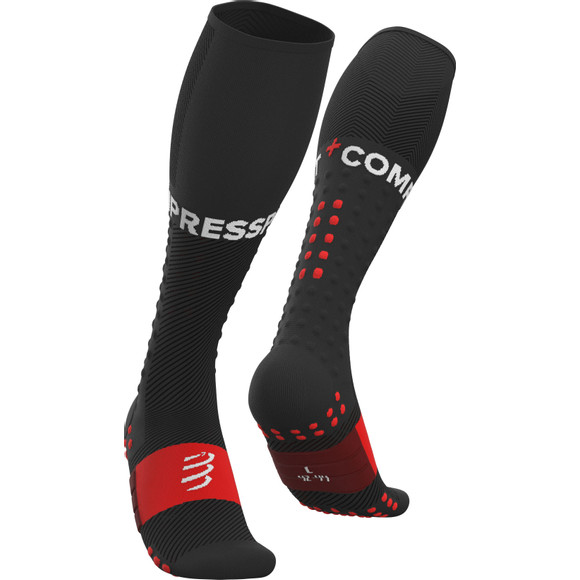

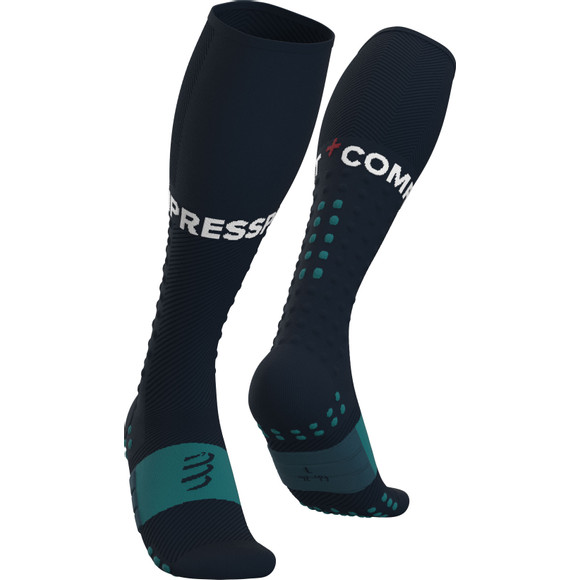

Compressport – Full Socks Run
€40.00
Select options -
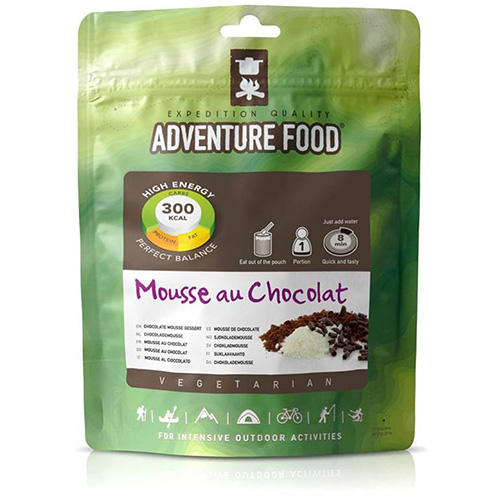
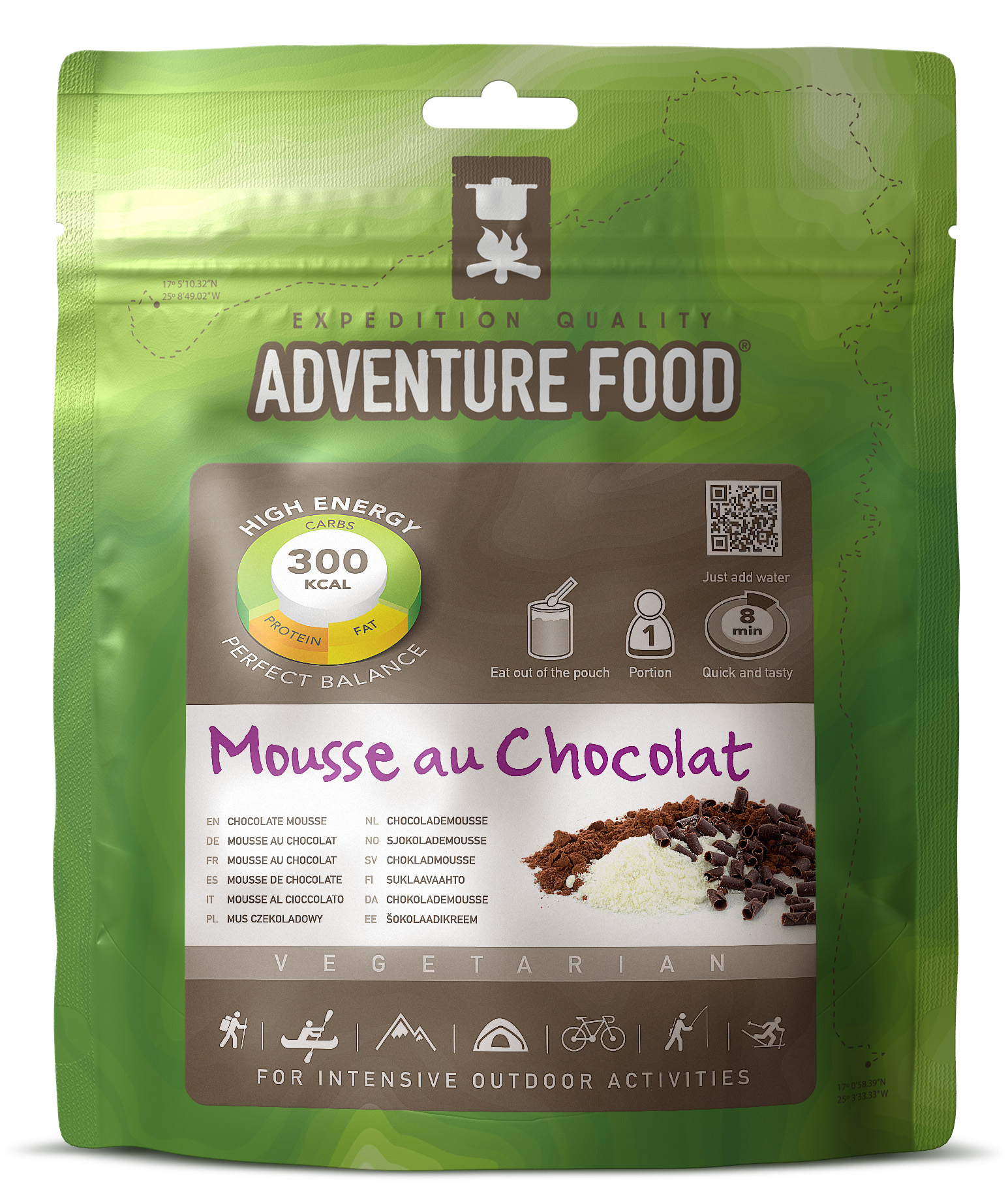

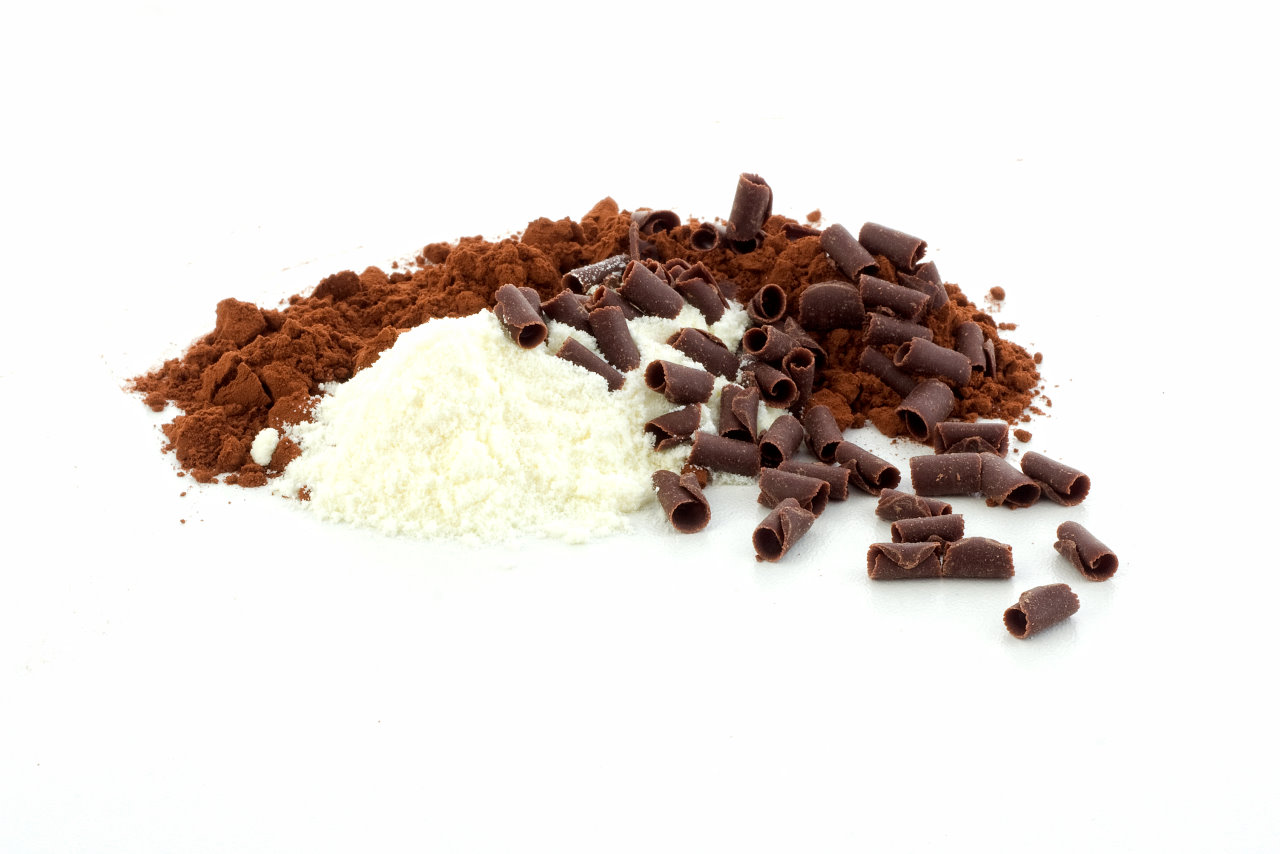
Adventure Food Mousse au Chocolat
€3.95
Add to cart -
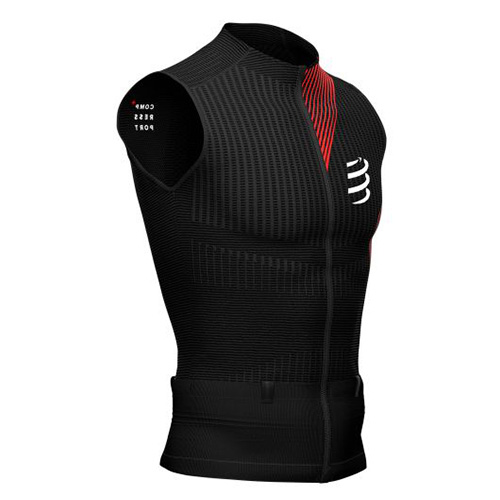


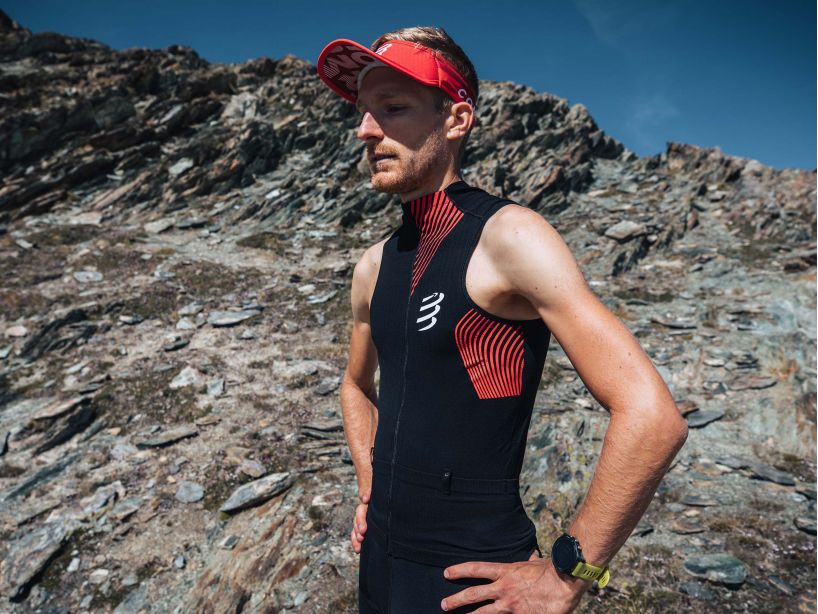

Trail Postural Tank Top – Black
€90.00
Select options -
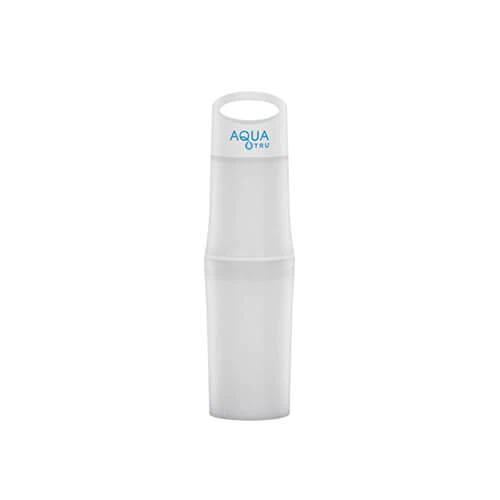
AquaTru Be O Bottle
€12.75
Add to cart -
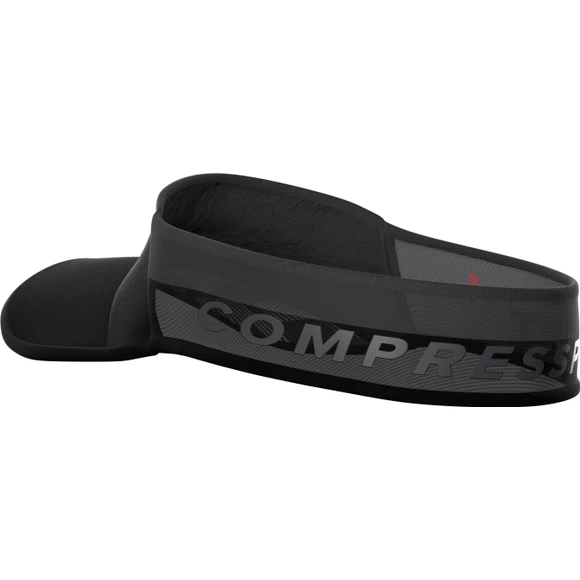
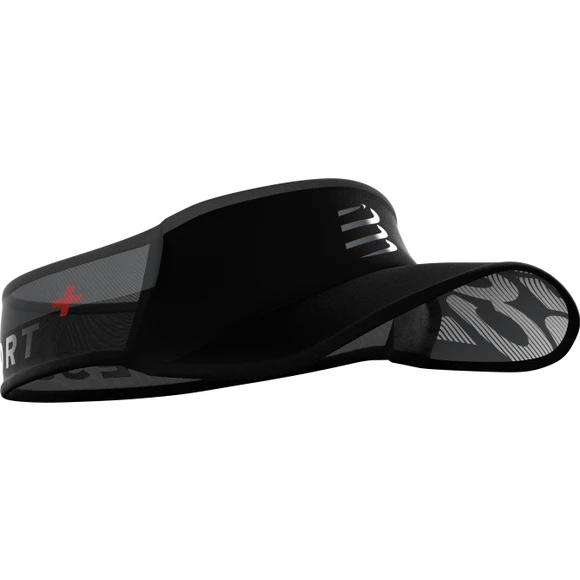

Compressport – VISOR ULTRALIGHT FLASH – One Size
€26.00
Add to cart -
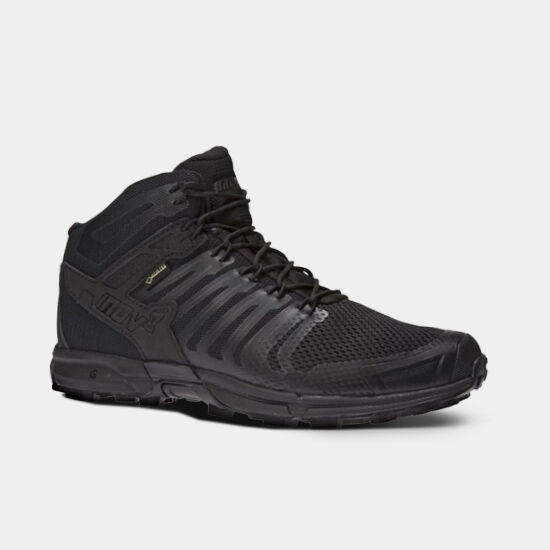



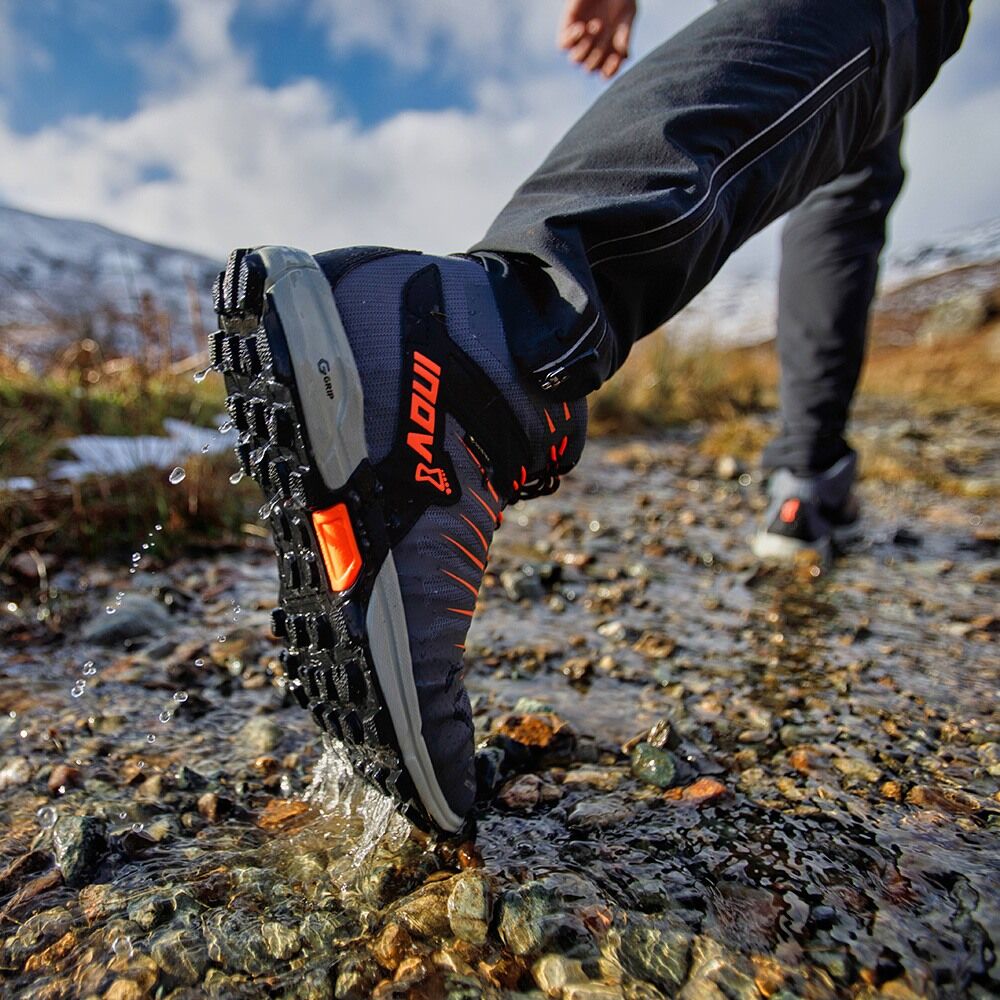
Inov8 Roclite 345 GTX Men Black
€150.00
Select options -
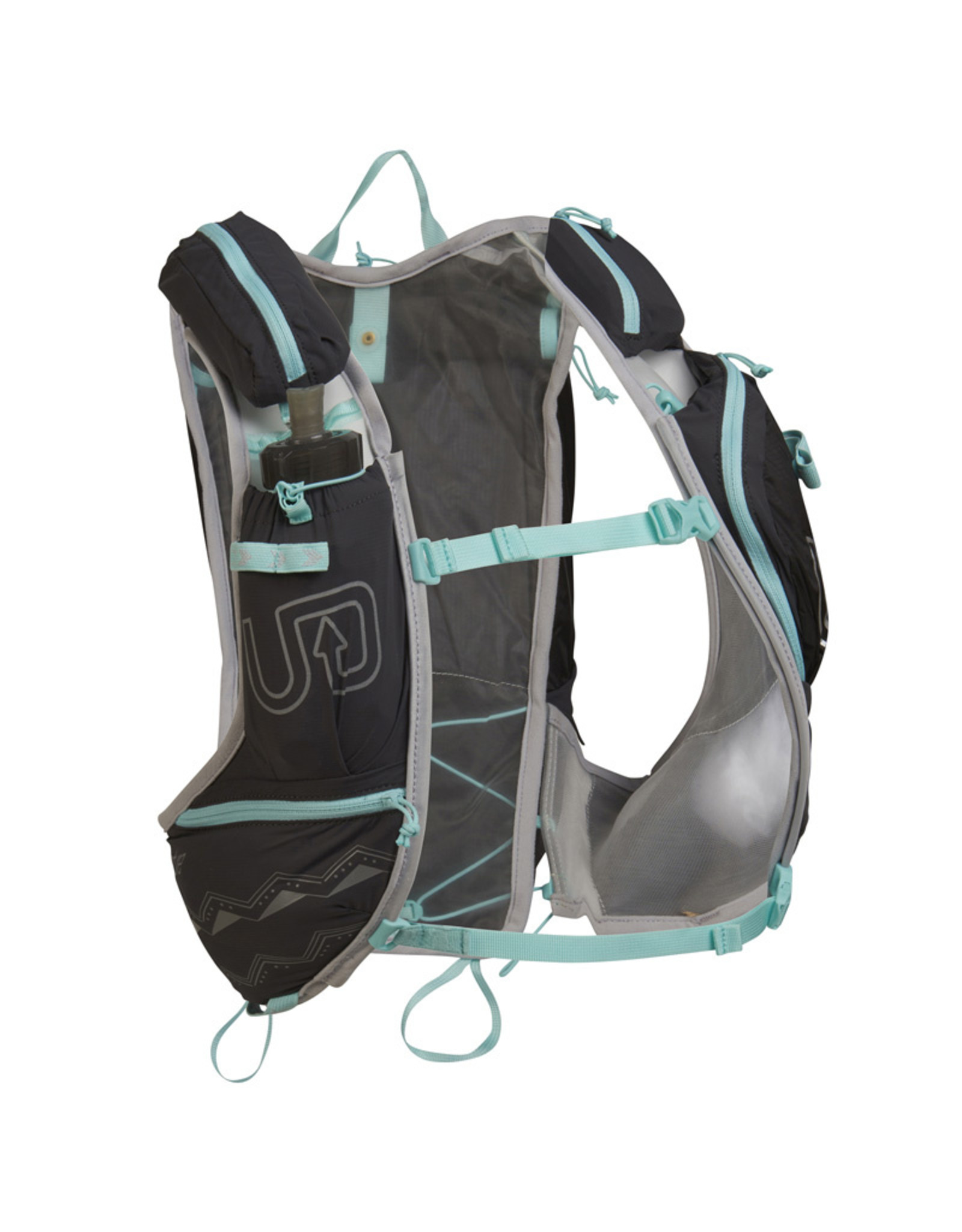
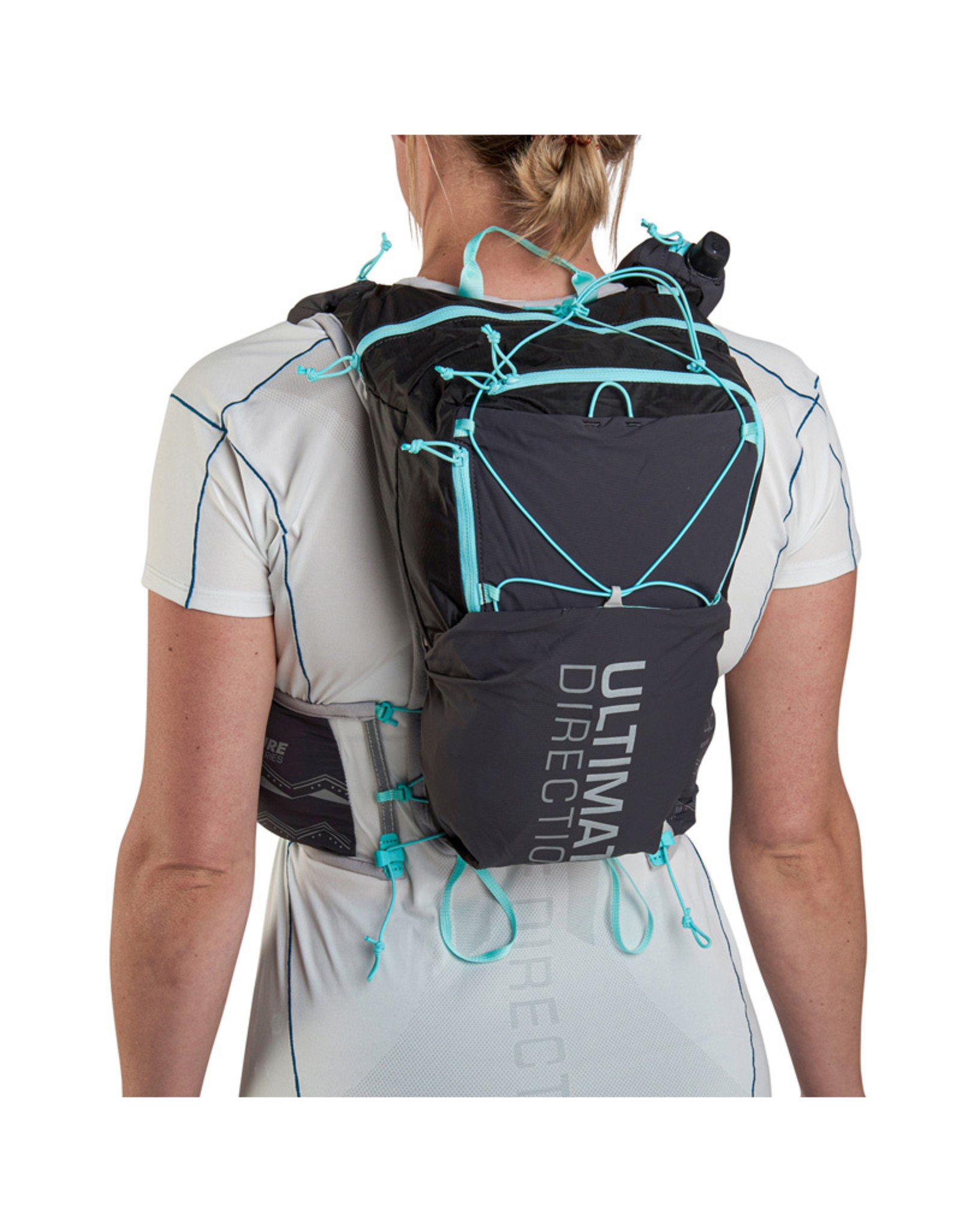

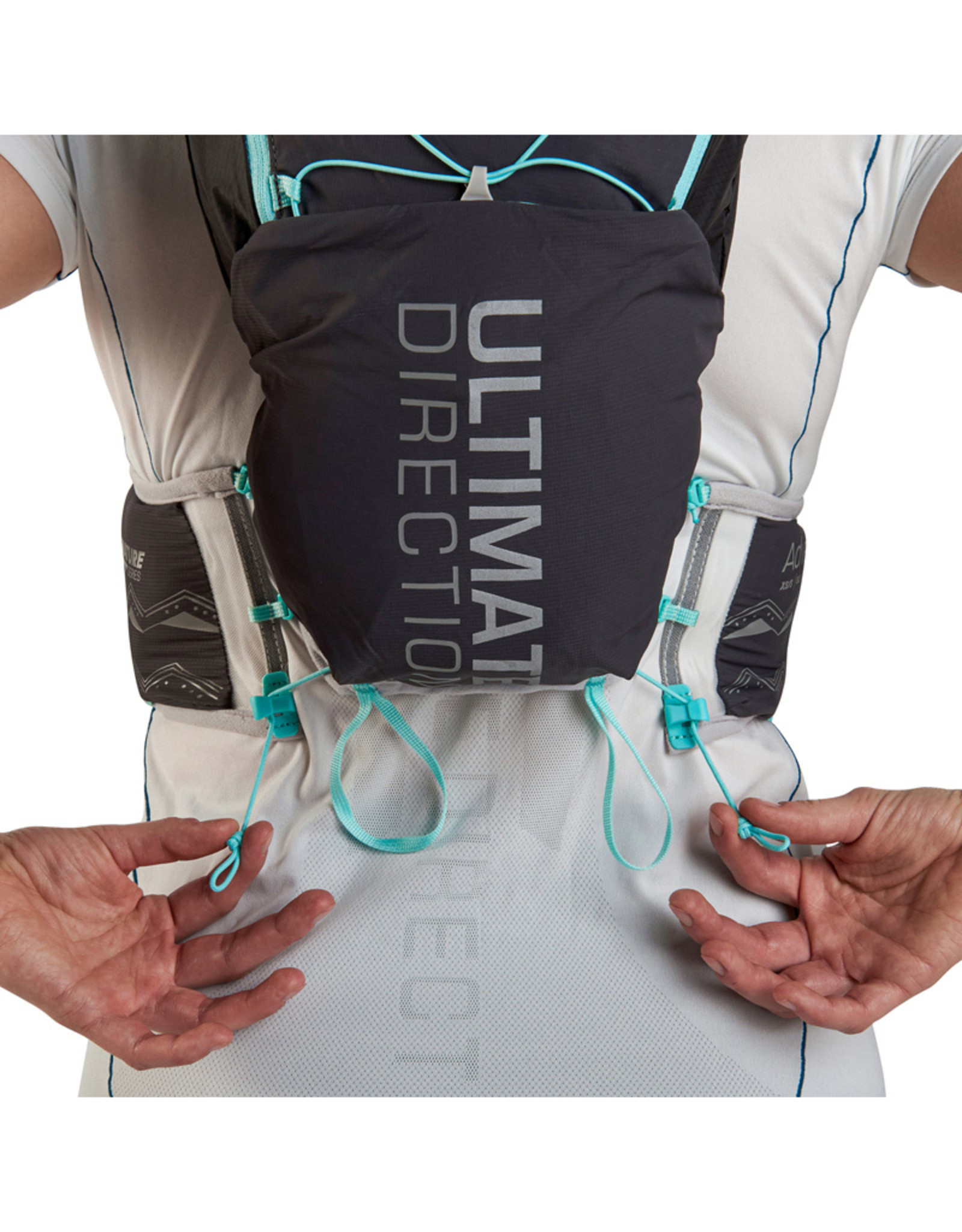
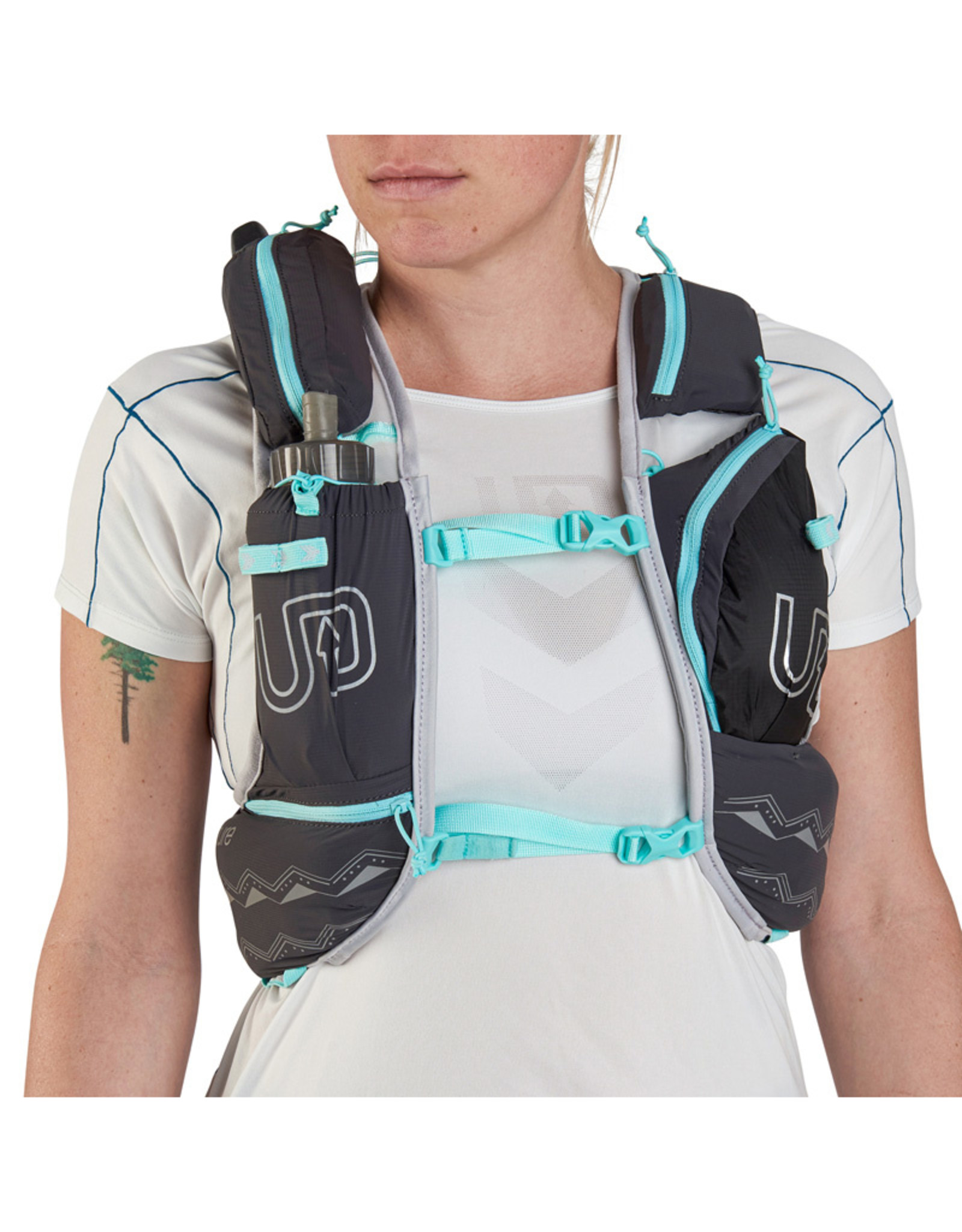
Adventure Vesta – Night Sky (women)
€180.00
Select options -
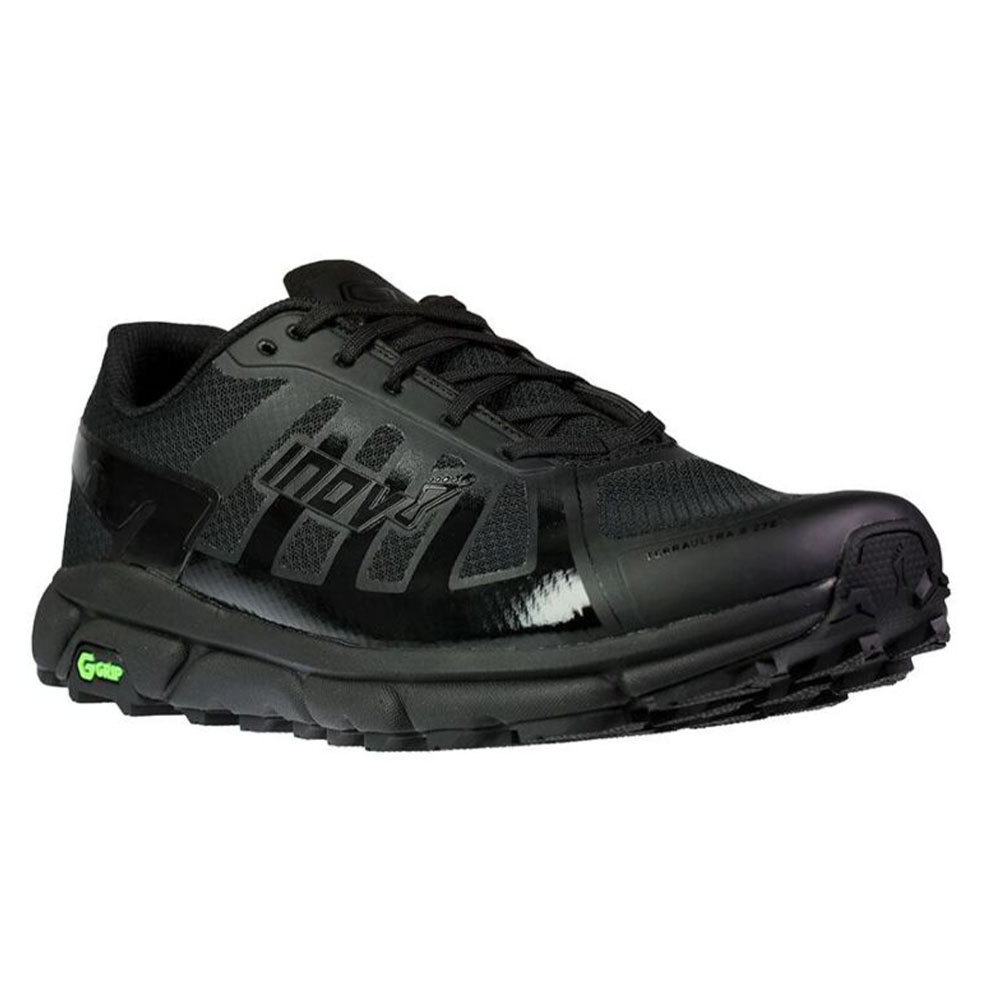



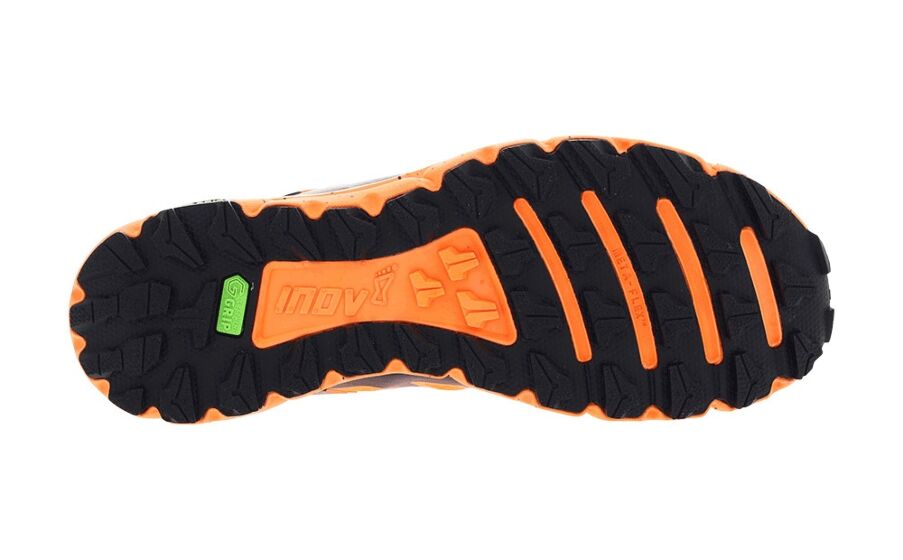
Inov8 – Terraultra G 270 – Men
€170.00
Select options -
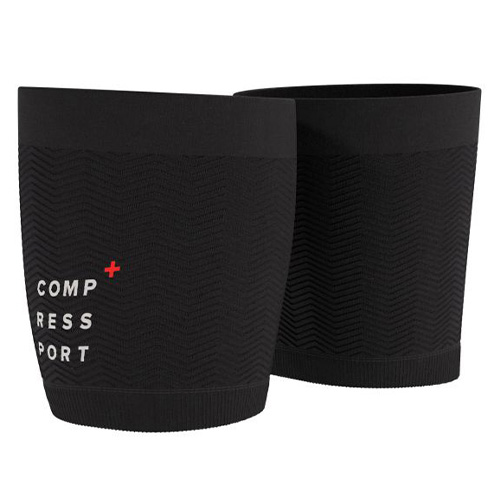
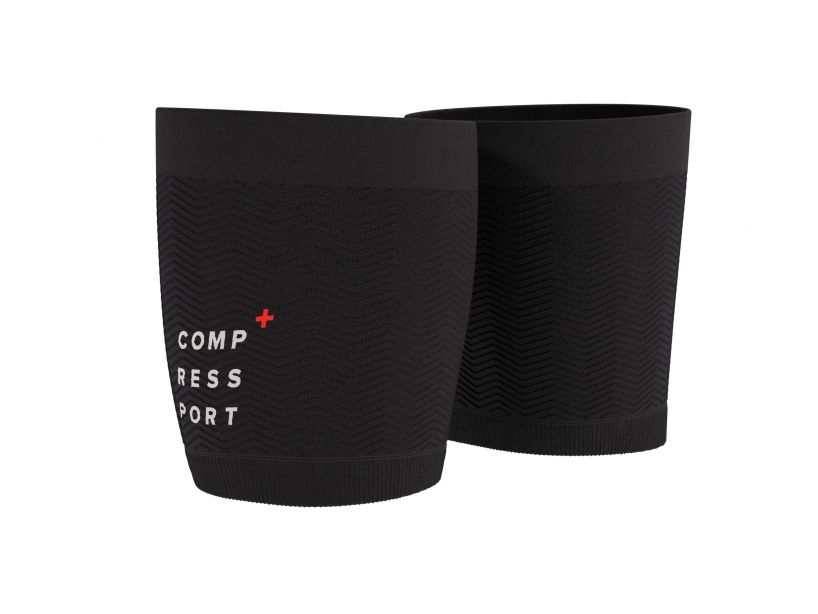

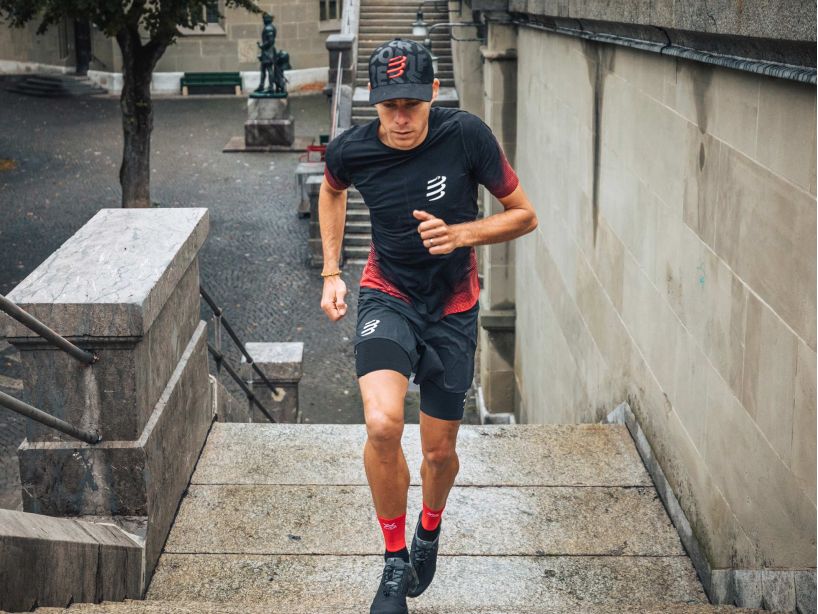
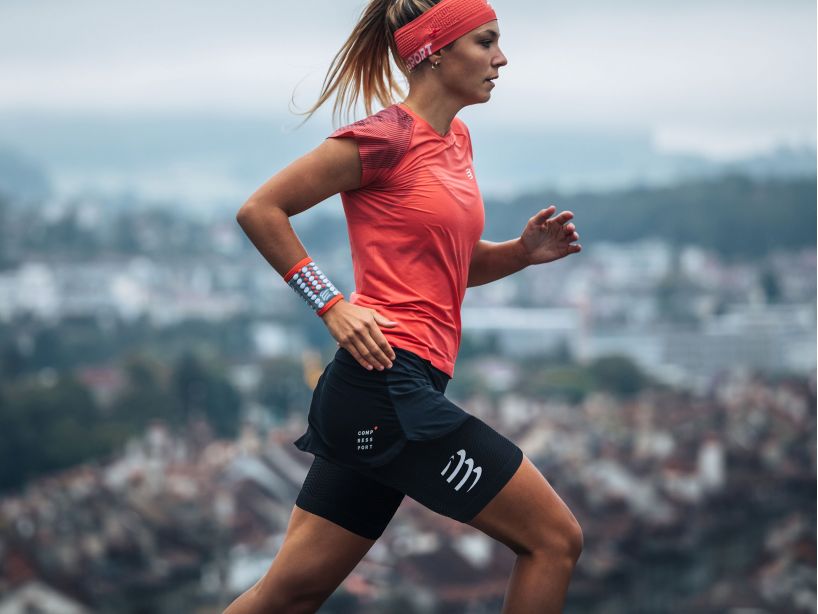
Compressport – Under Control Quad
€60.00
Select options -
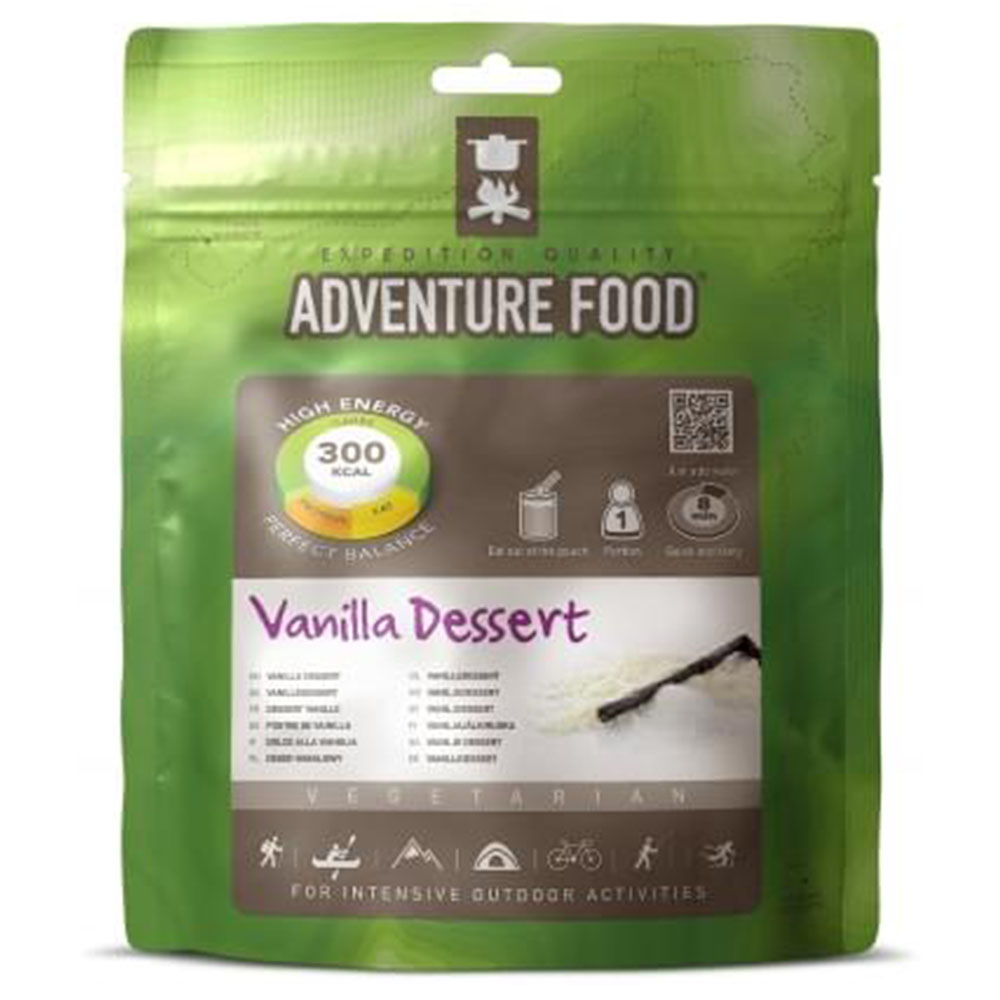


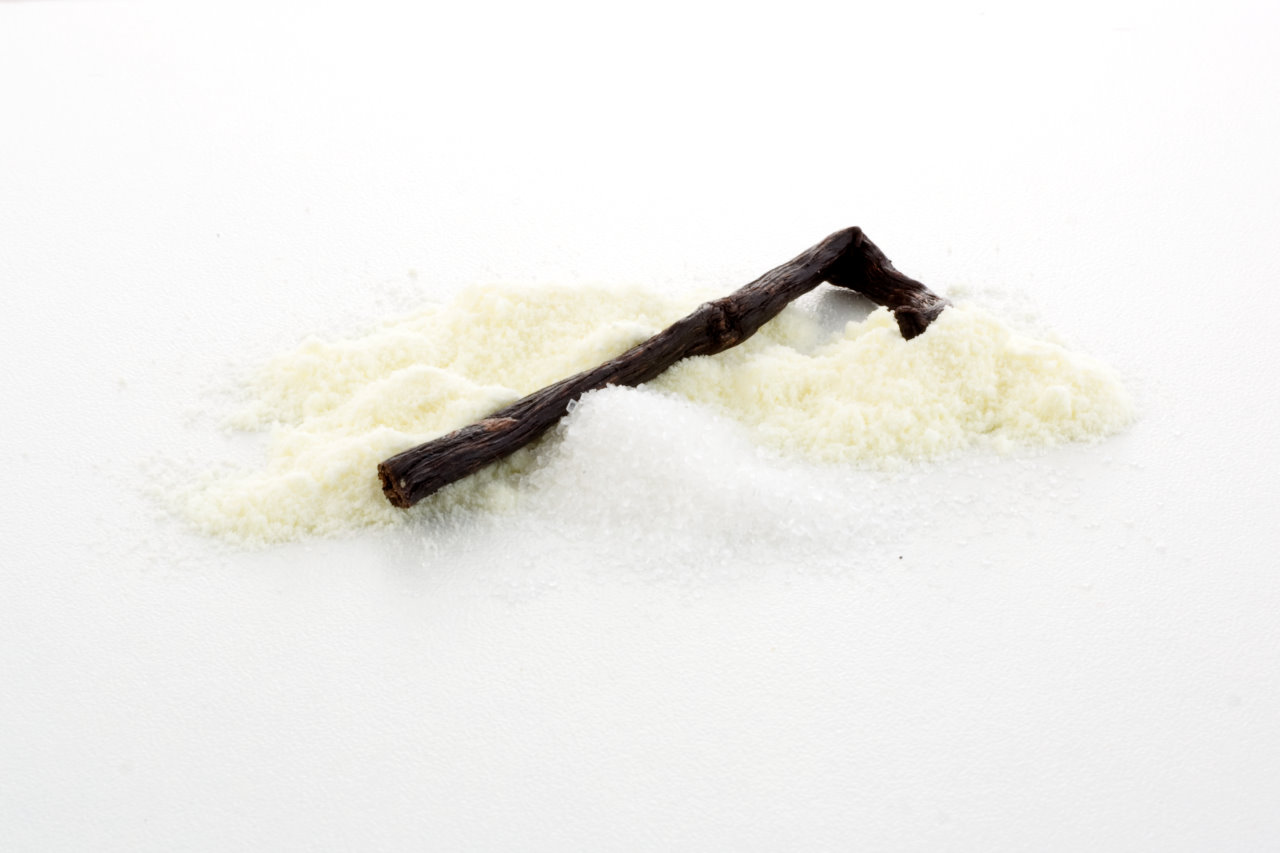
Adventure Food Vanilla Dessert
€3.95
Add to cart -
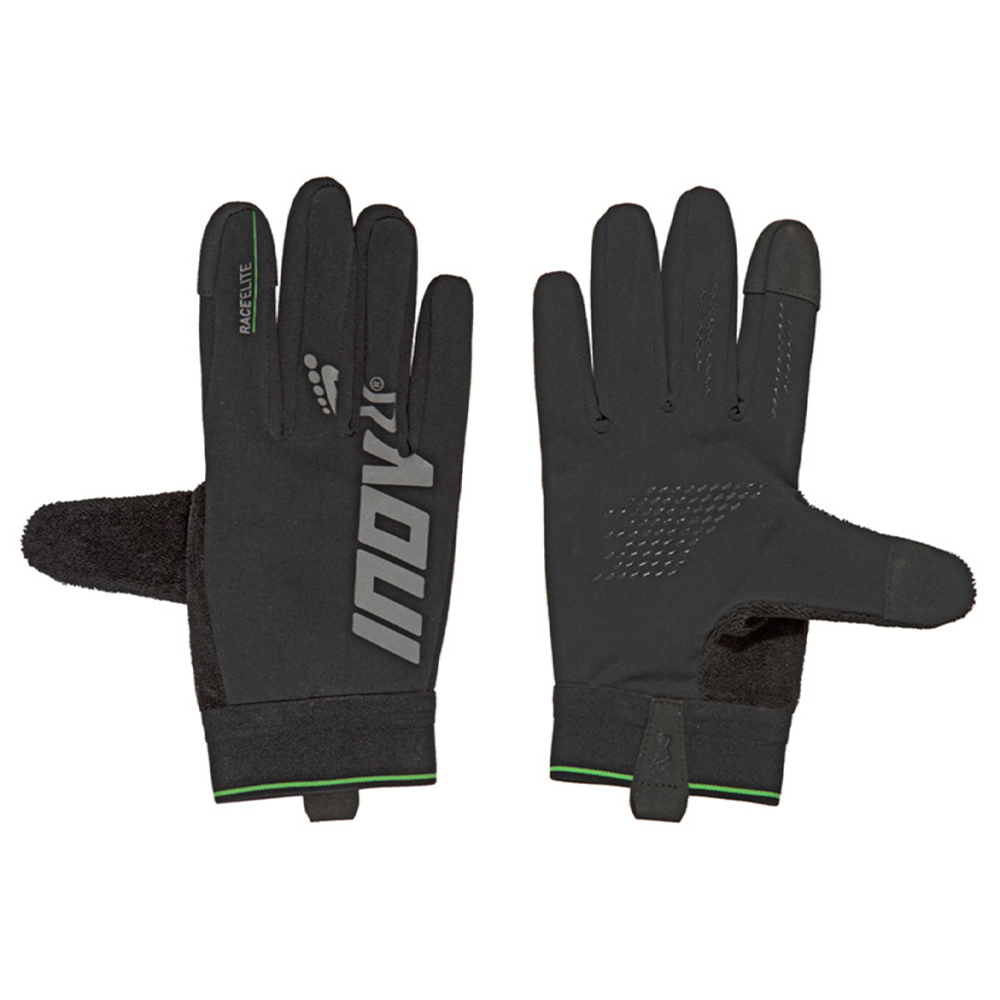
Inov8 – RACE ELITE GLOVE – Unisex – Black
€30.00
Select options -
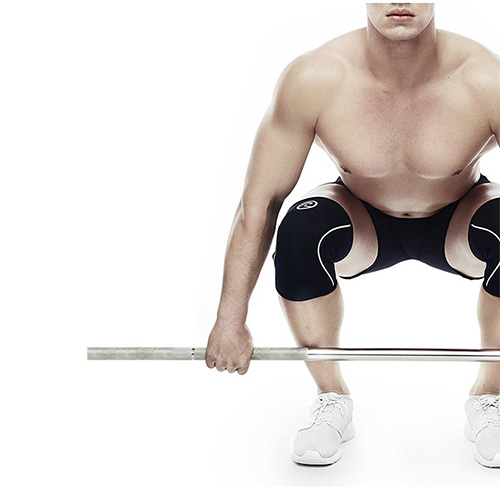
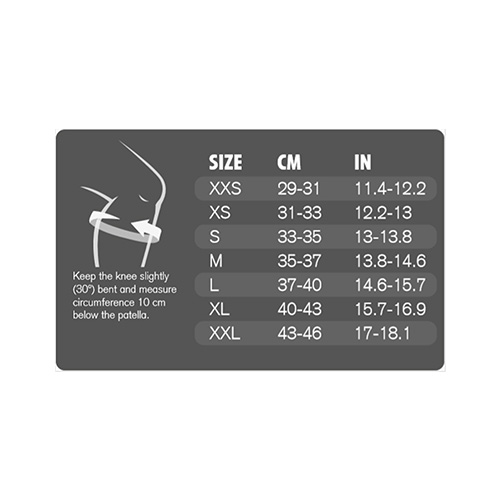


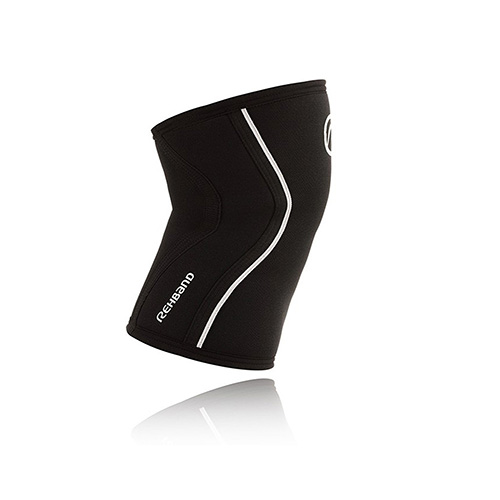
Rehband – RX Knee Sleeve 7mm
€35.00
Select options -
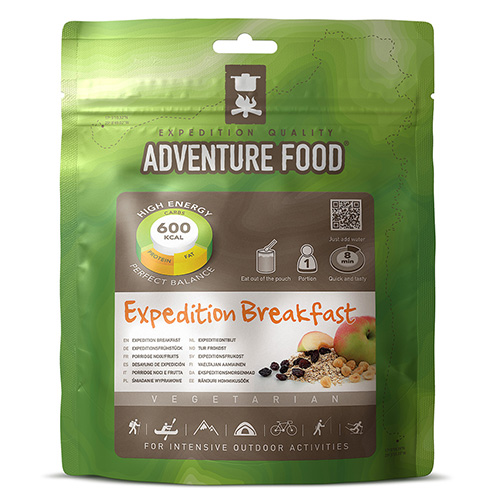


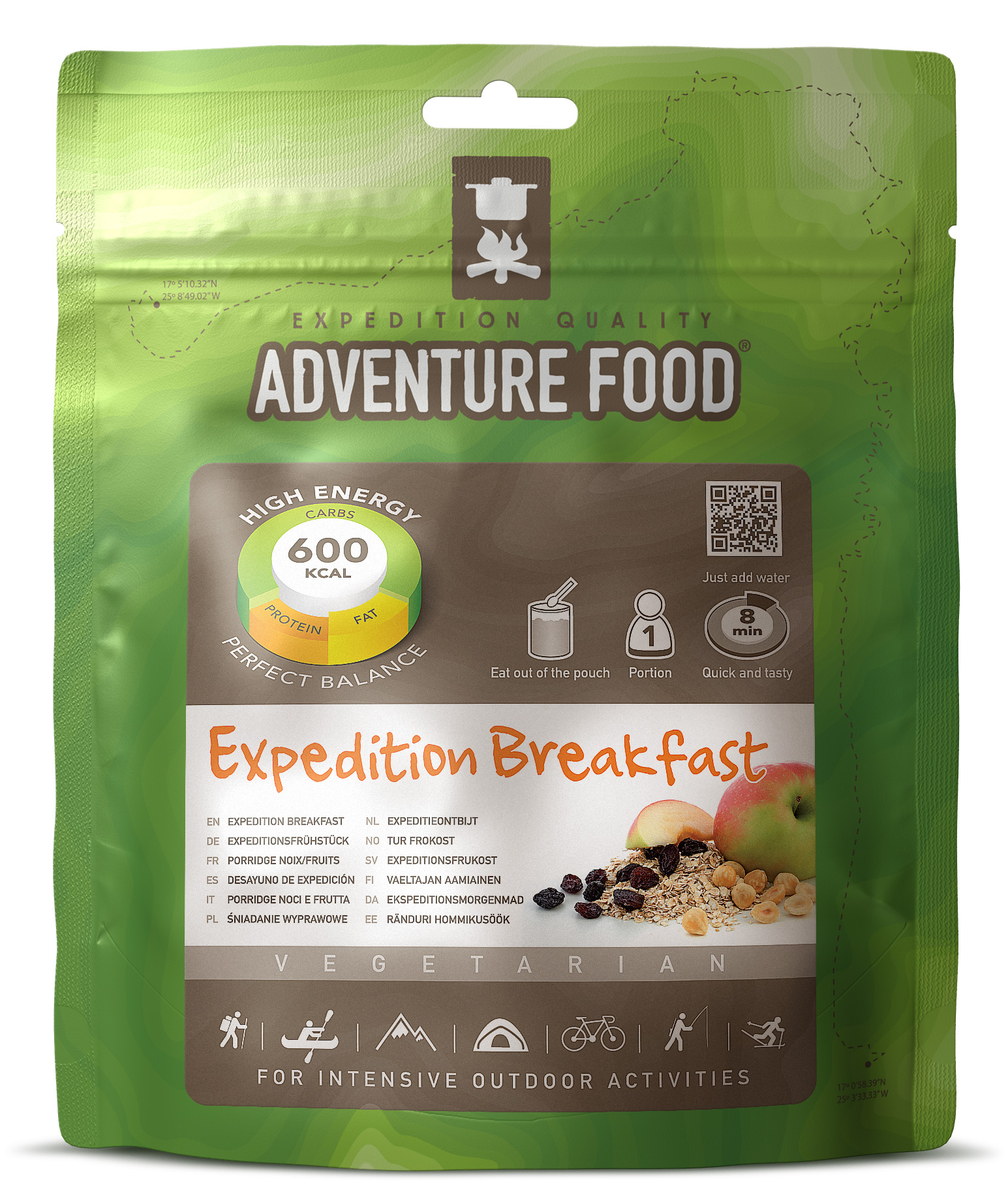
Adventure Food Expedition Breakfast
€3.95
Add to cart -
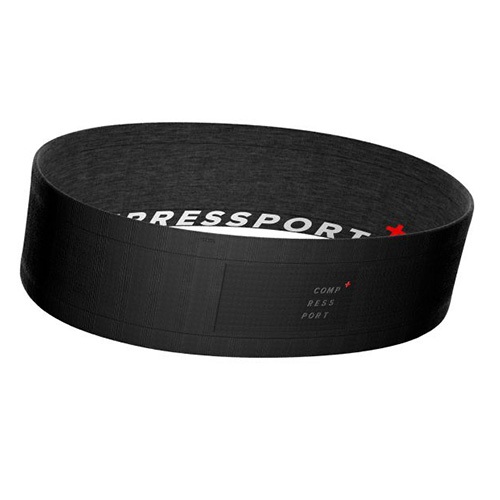
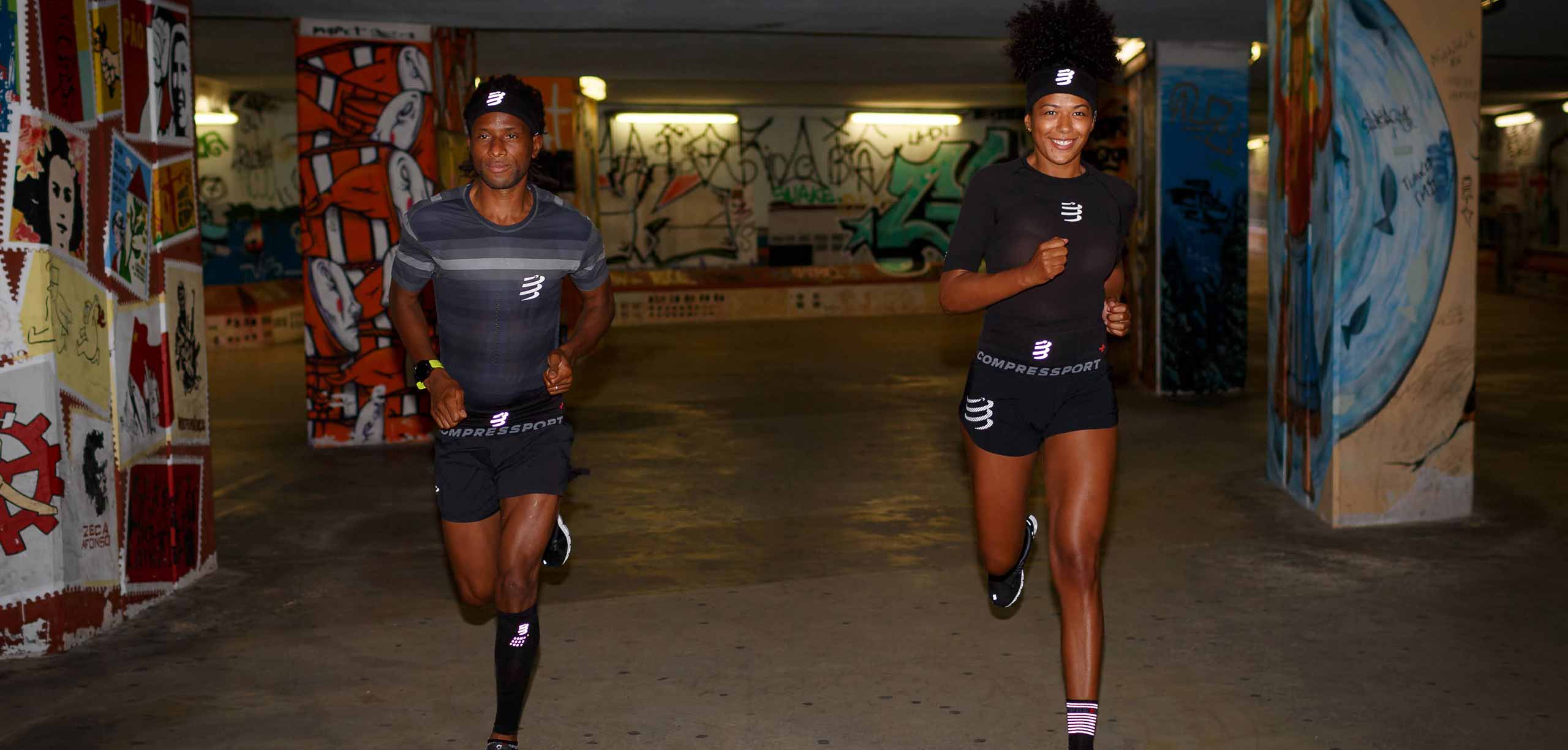


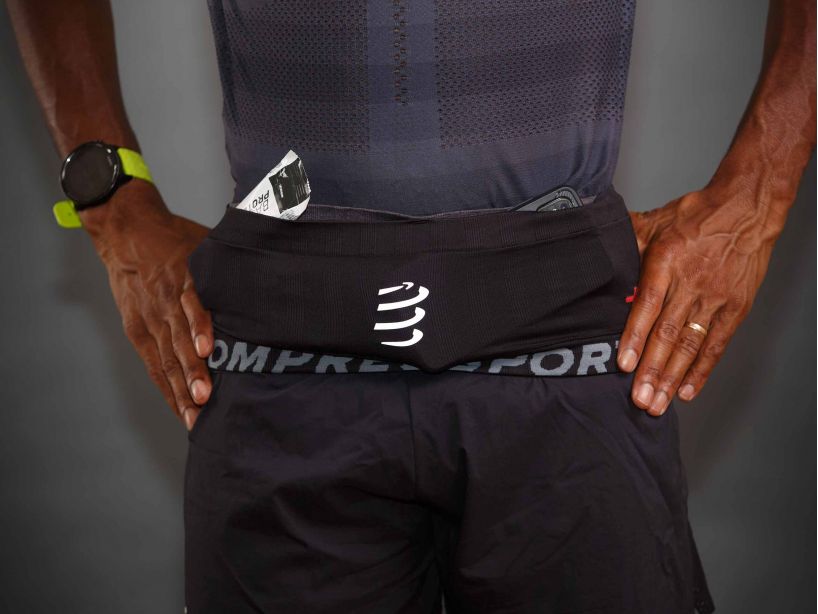
Compressport – FREE BELT FLASH
€40.00
Select options -
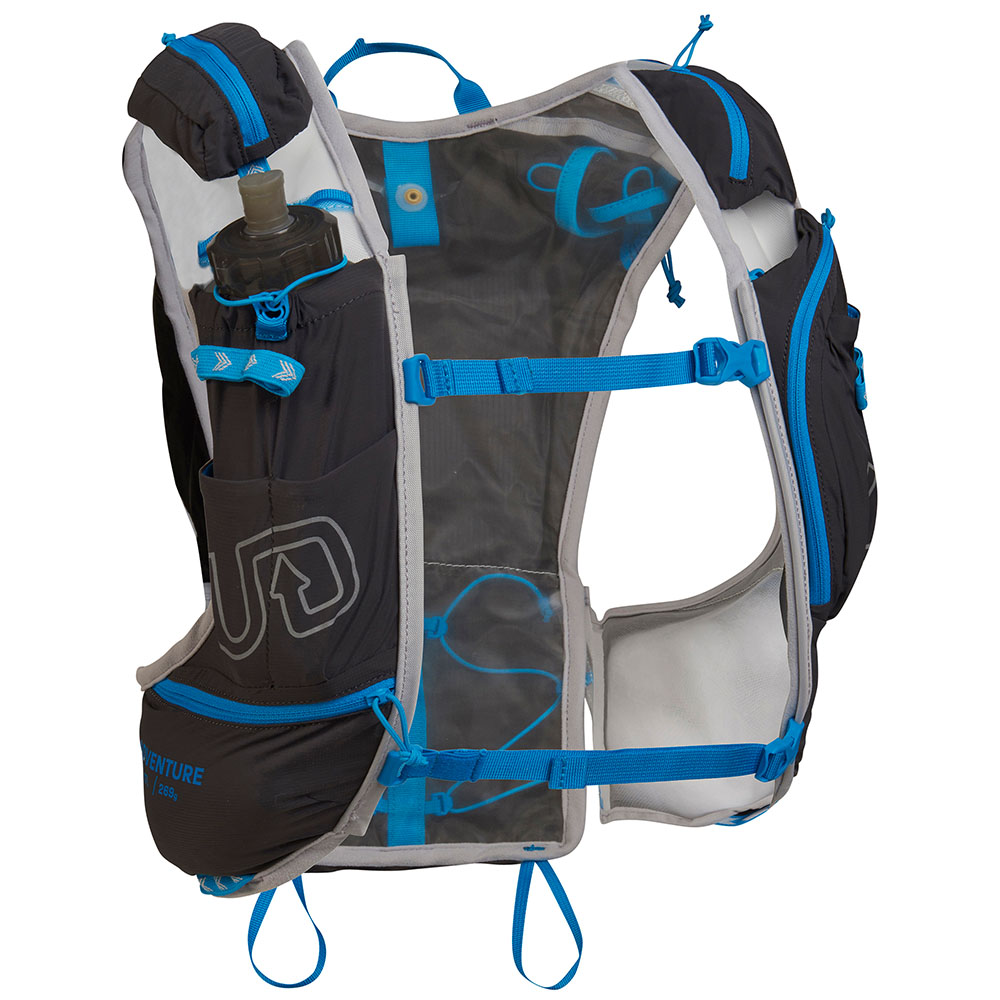


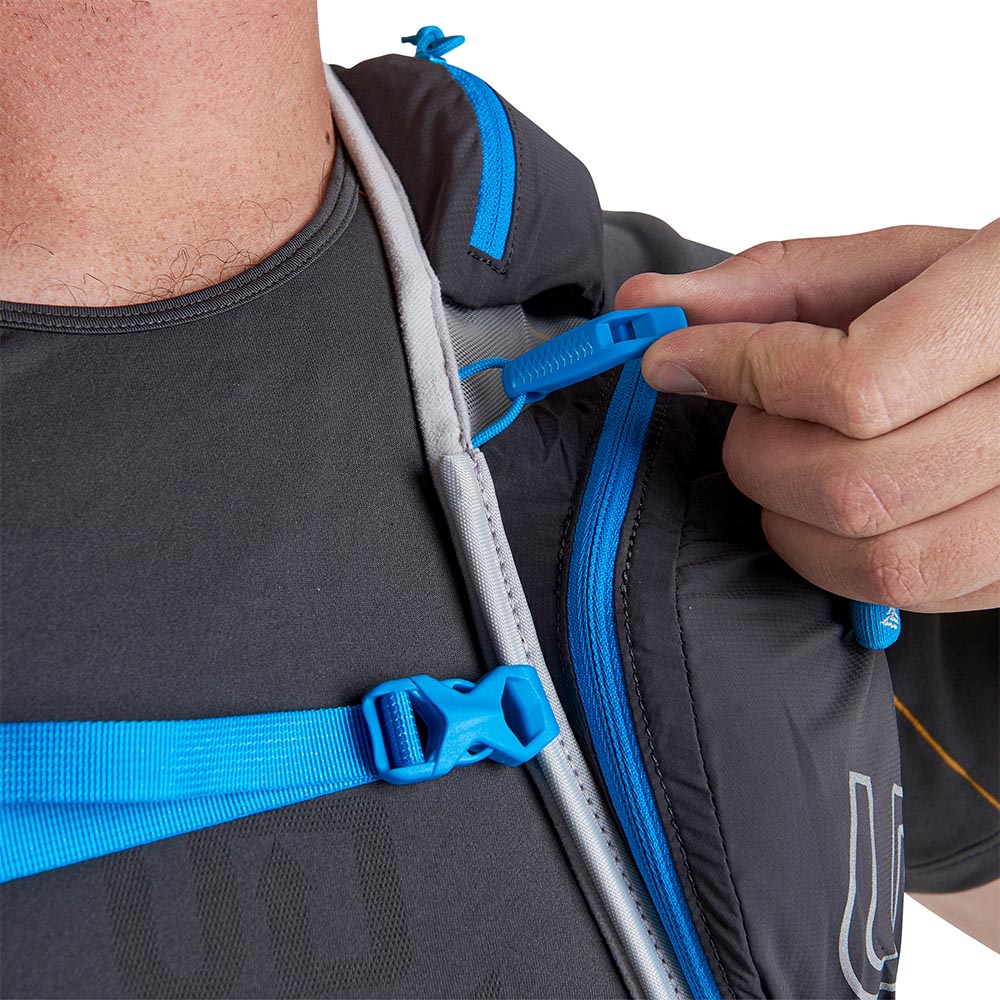
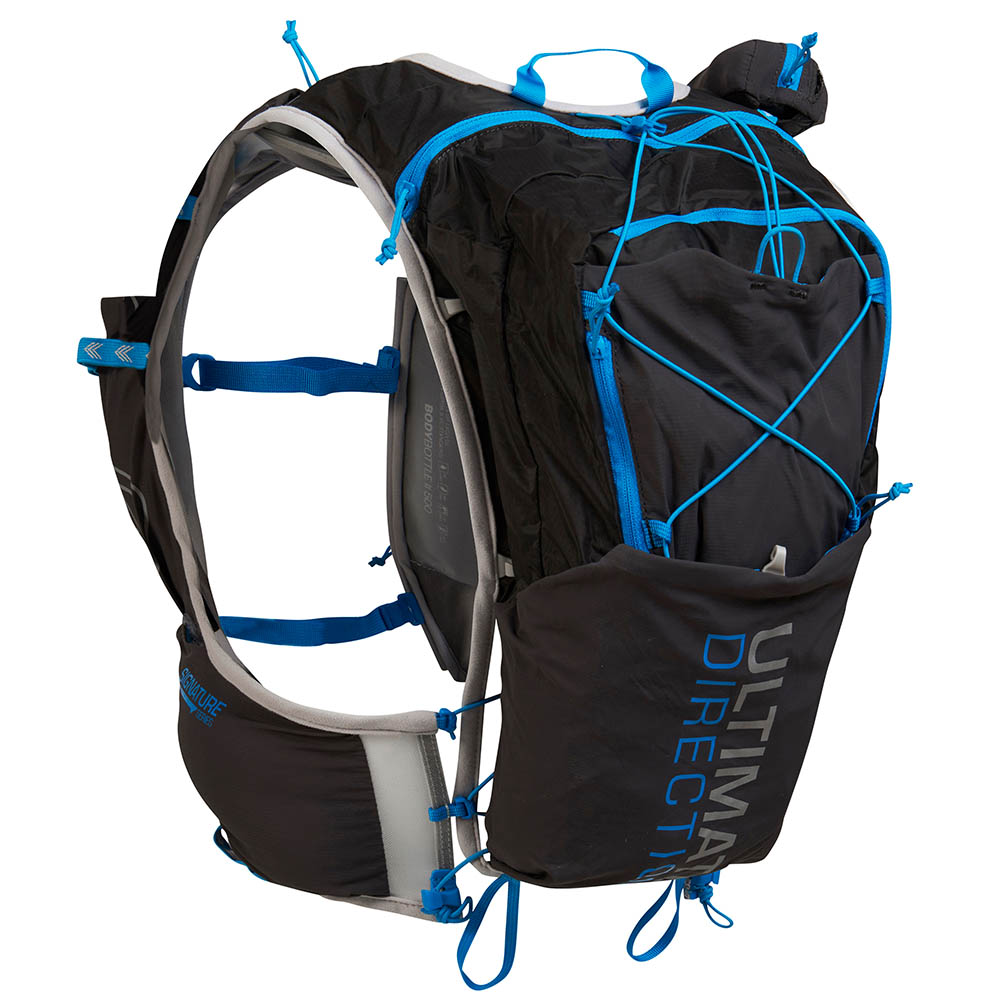
Adventure Vest – Night Sky (men)
€180.00
Select options -
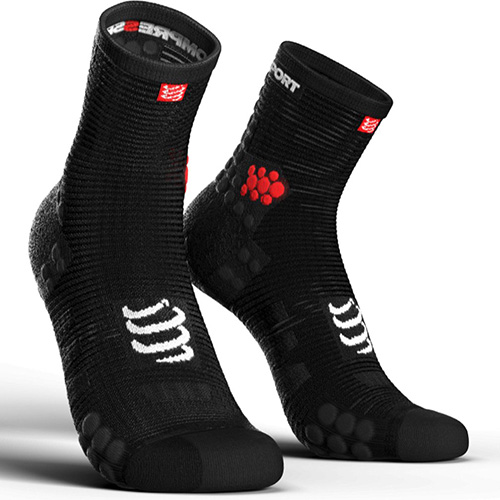


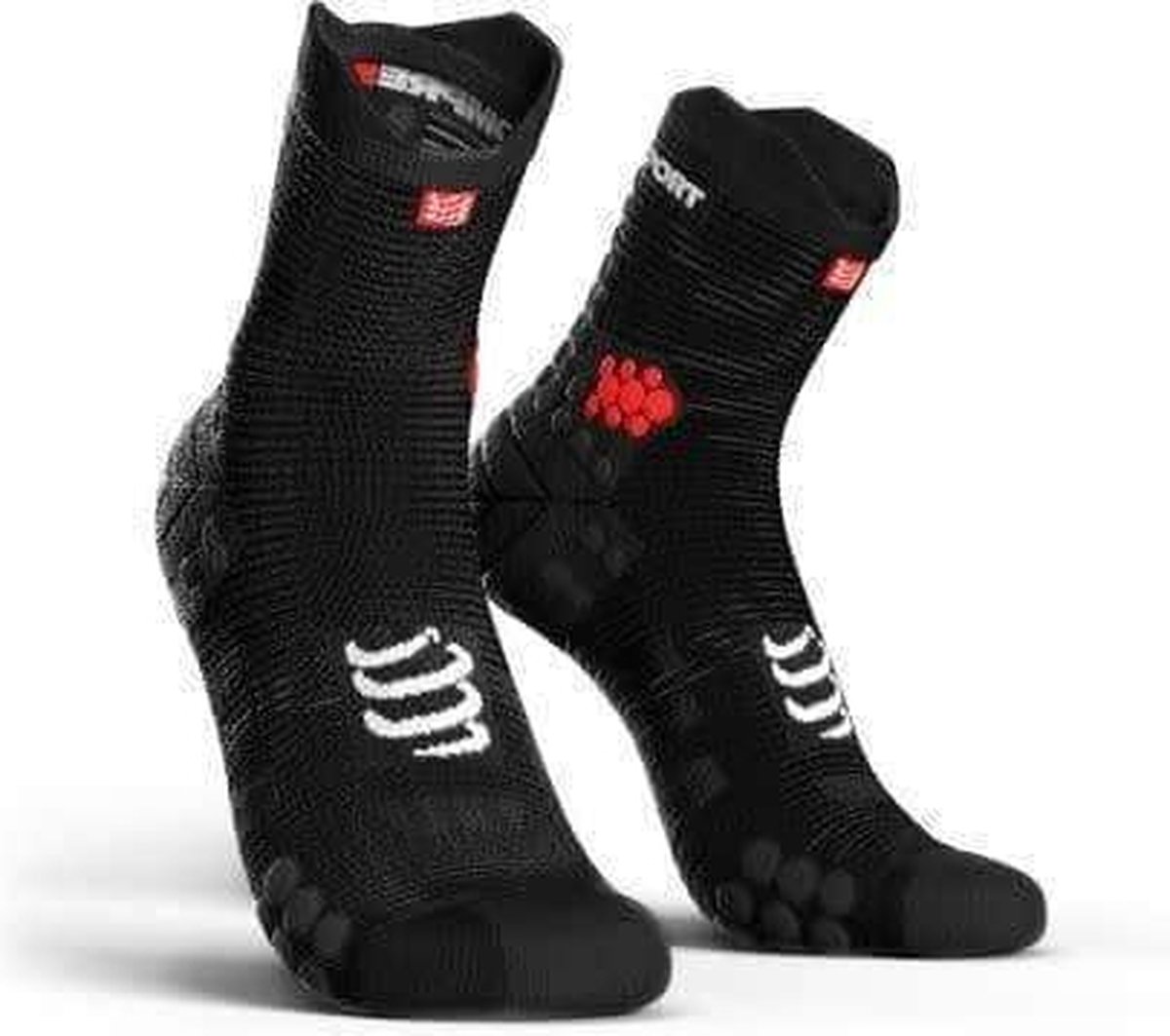
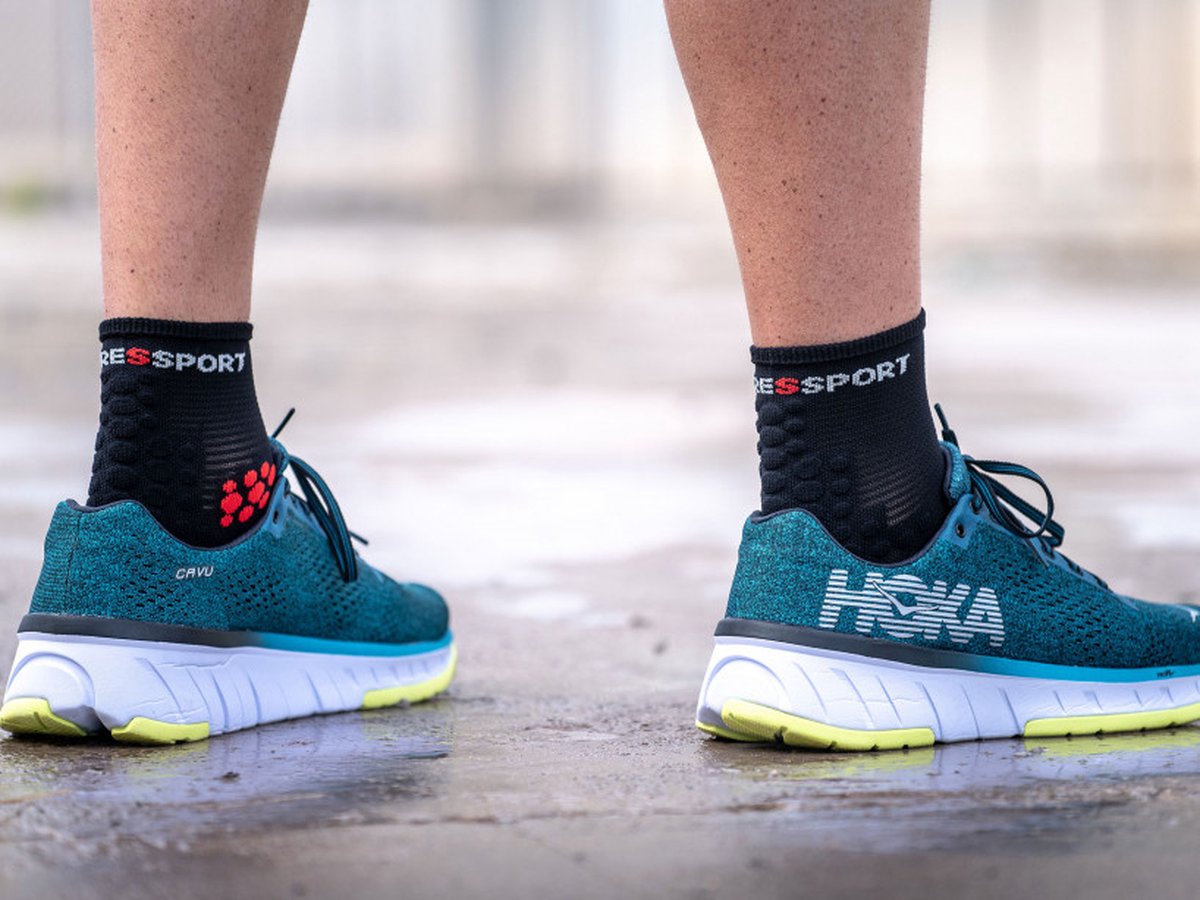
Compressport – PRO RACING SOCKS V3.0 RUN HIGH
€16.00
Select options -

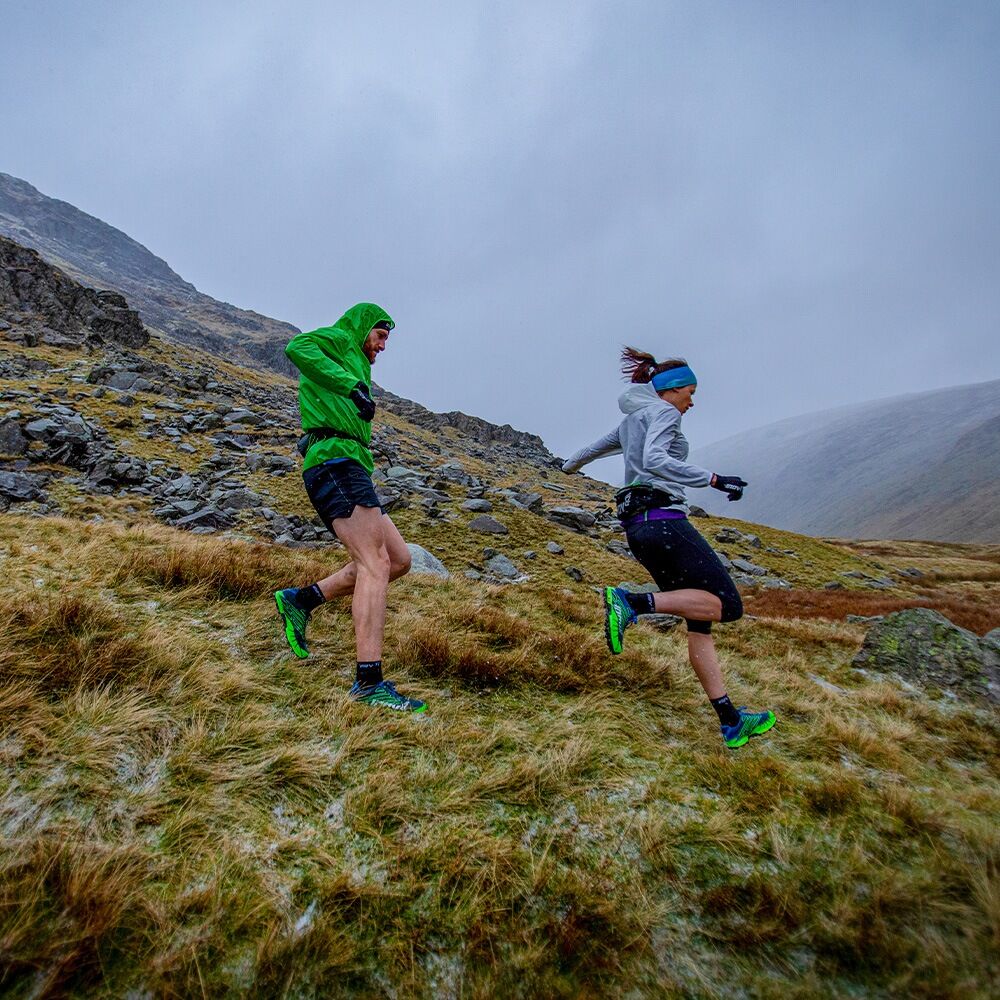

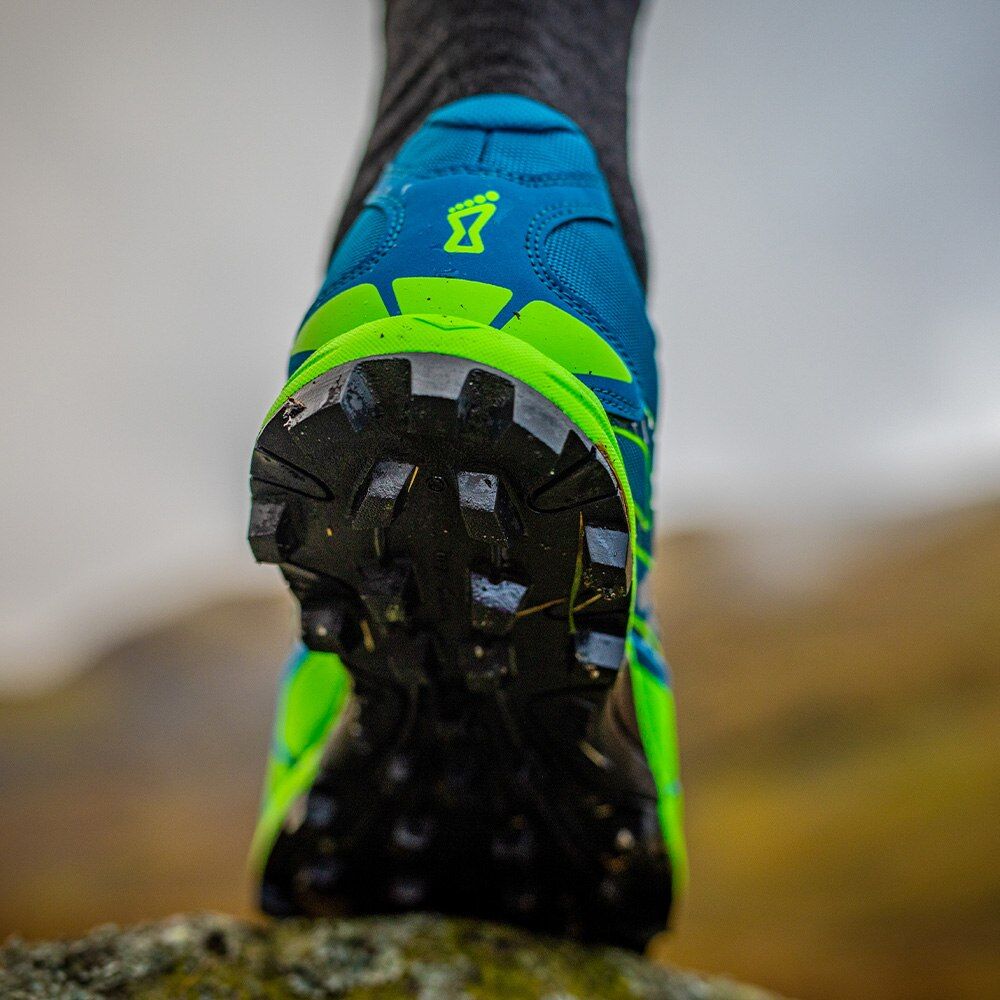

Inov8 – X-Talon 255 – Women – Red/Blue
€140.00
Select options -
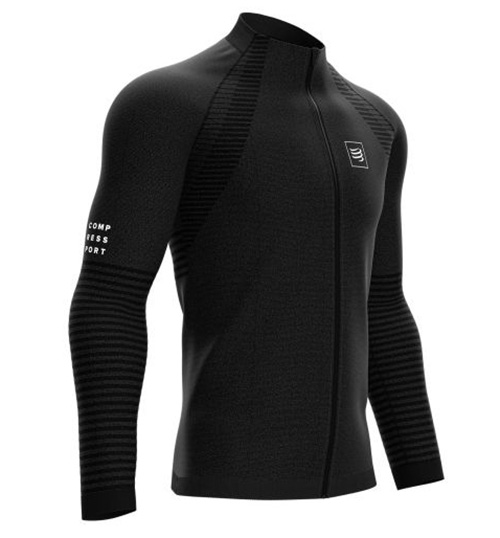



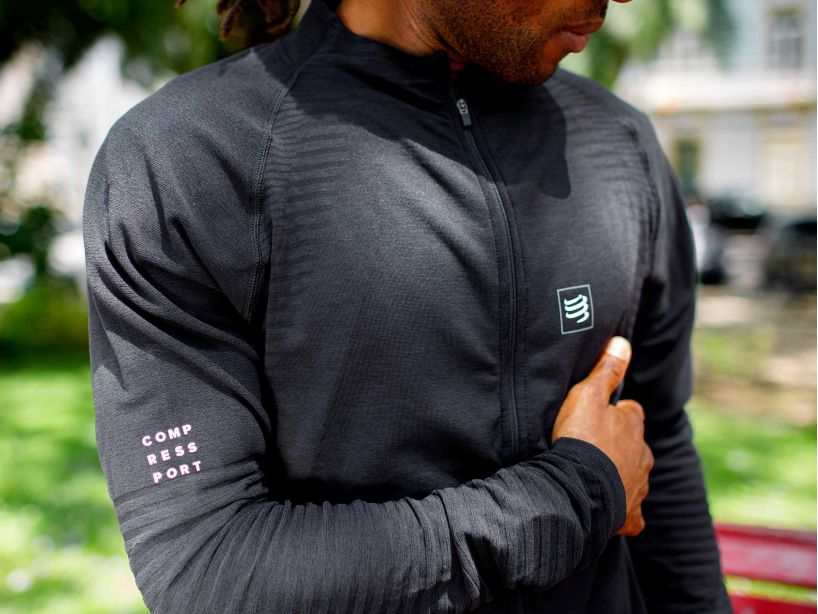
Compressport – Seamless Zip Sweatshirt – Men
€90.00
Select options -
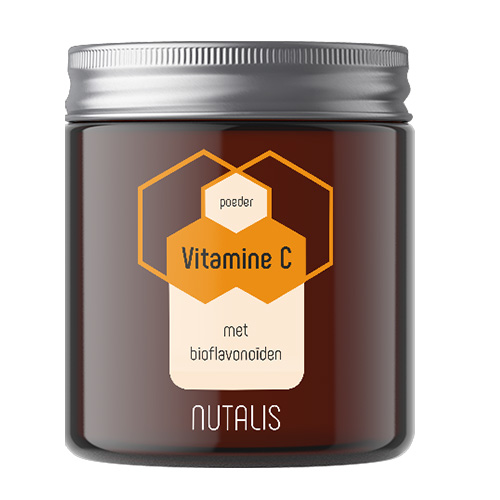
Vitamine C
€26.80
Add to cart -
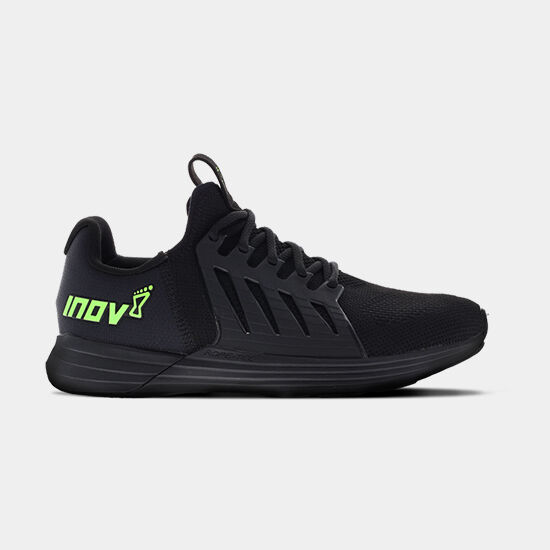
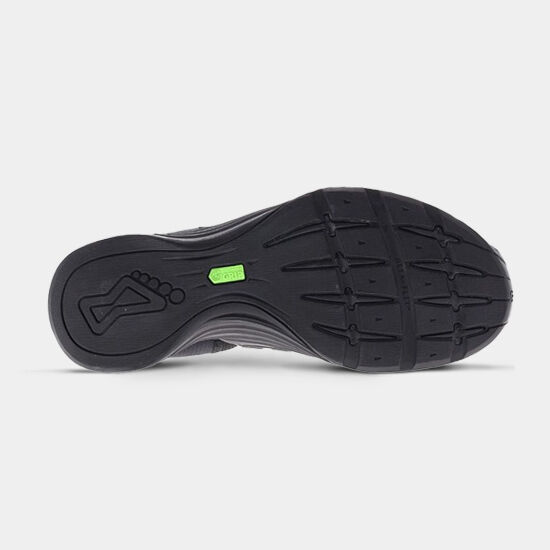


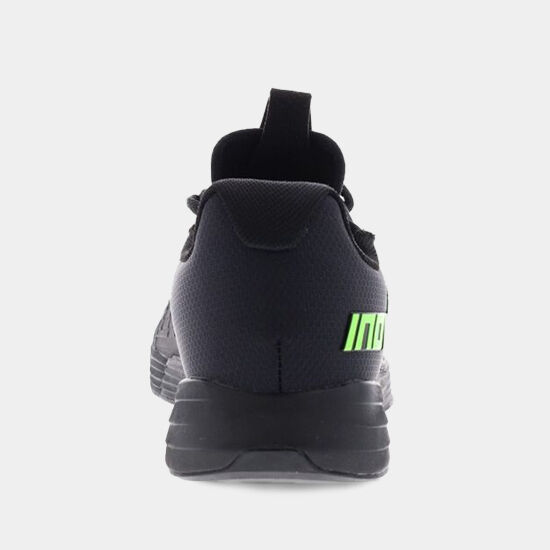
Inov8 F-Lite G 300 Men
€165.00
Select options -




Adventure Food Scrambled Eggs
€5.95
Add to cart -



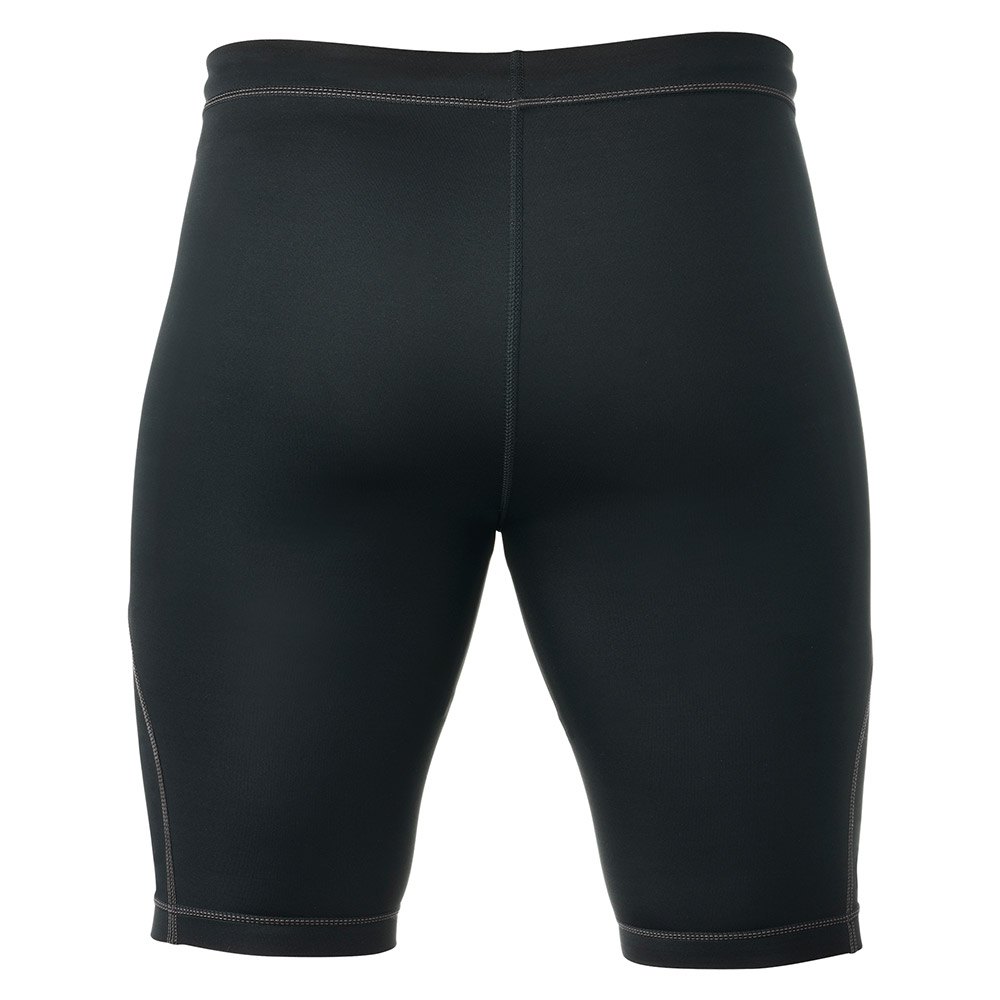
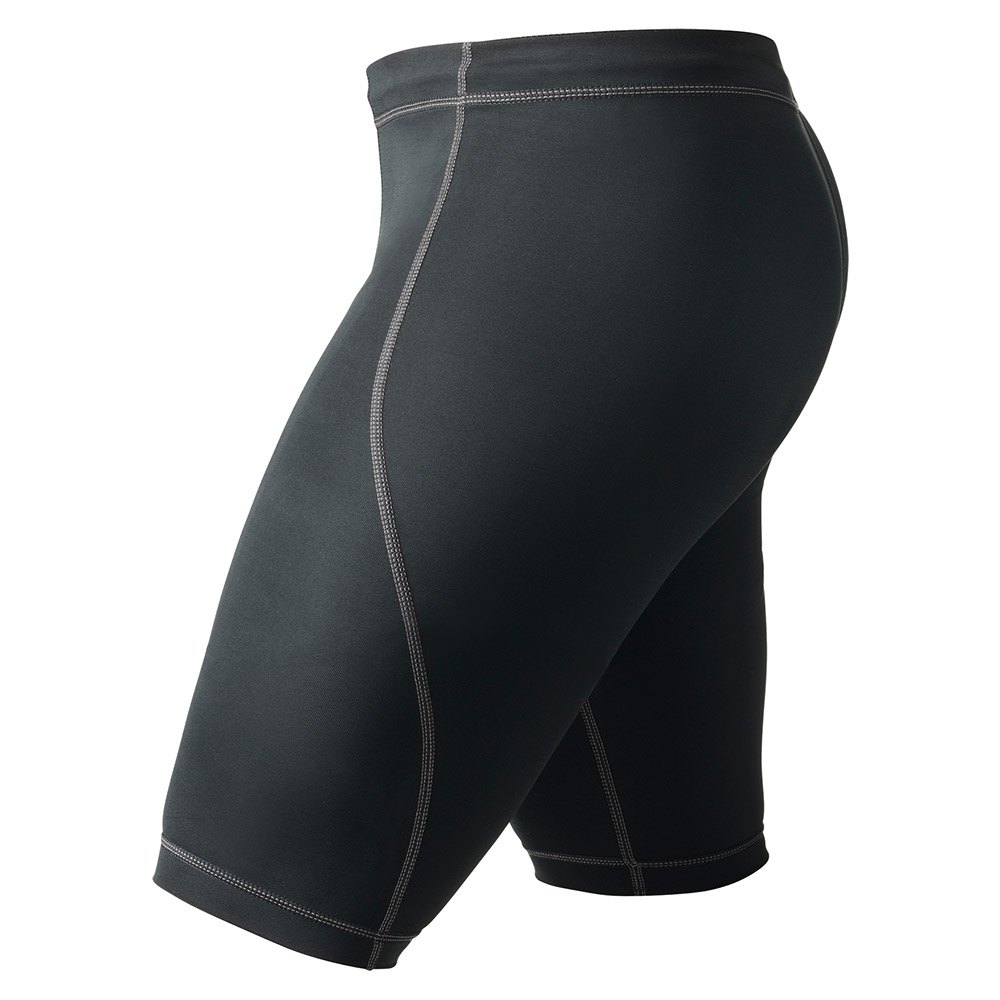
Rehband – QD Compression Shorts – Men
€80.00
Select options -
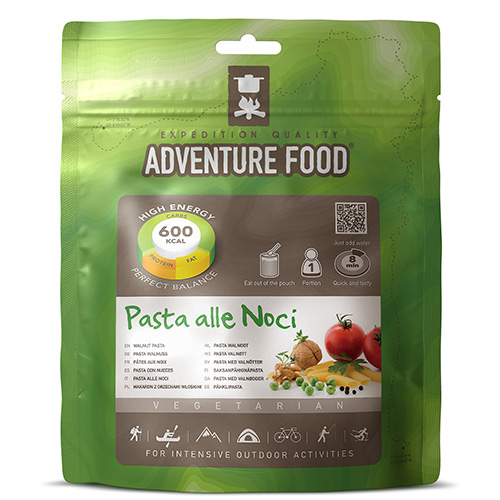



Adventure Food Pasta alle Noci
€5.95
Add to cart -

Zinargin
€29.70
Add to cart -



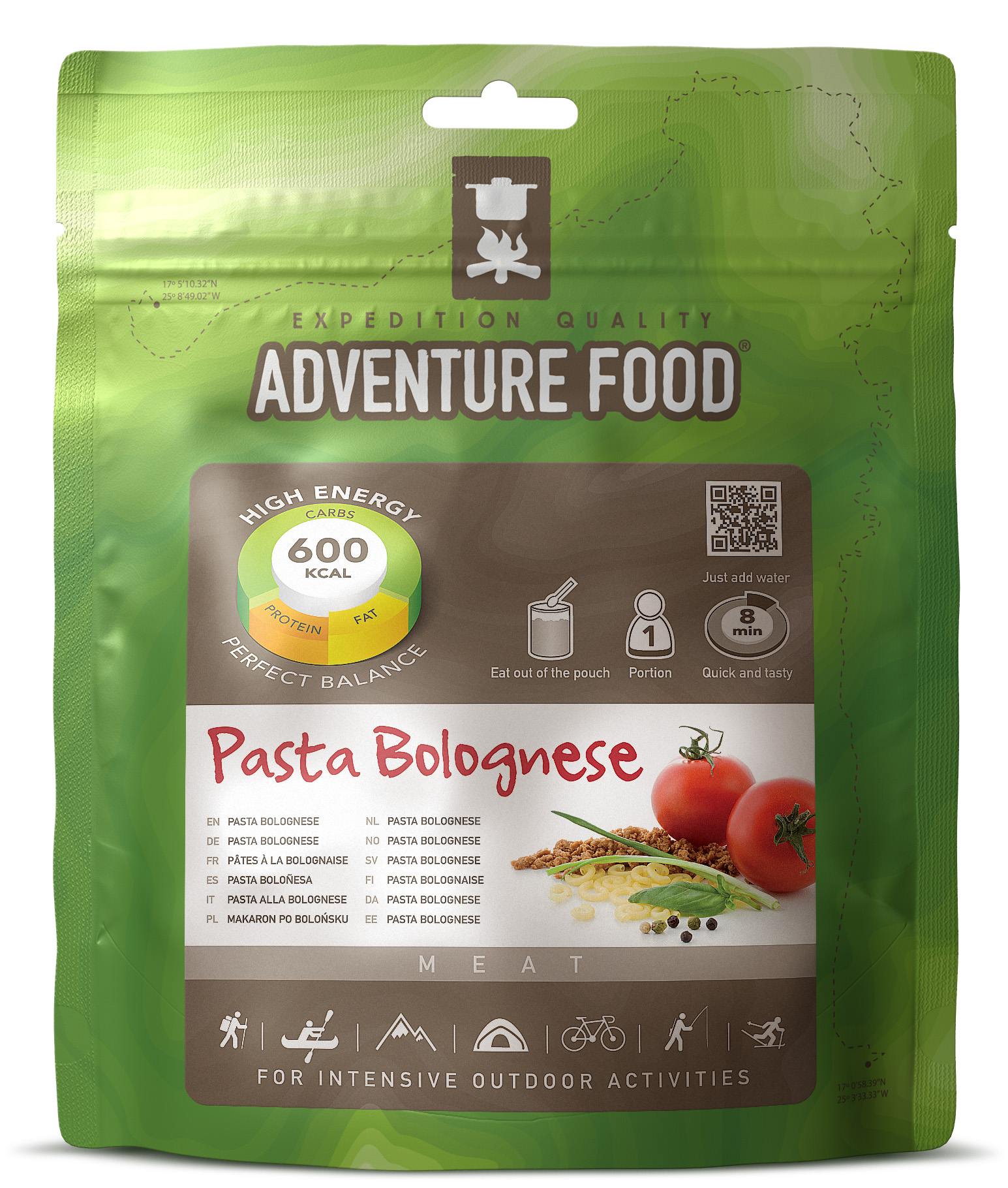
Adventure Food Pasta Bolognese
€5.95
Add to cart -

Mucoperm
€47.90
Add to cart -
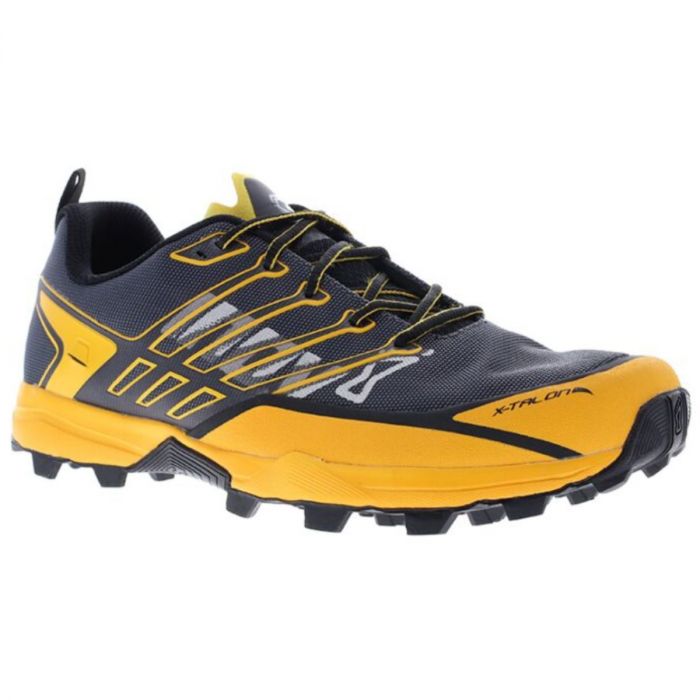
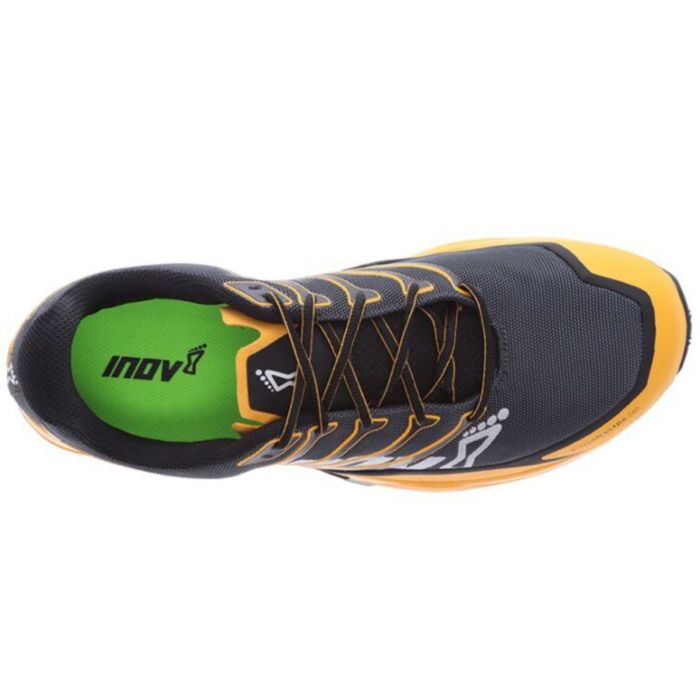


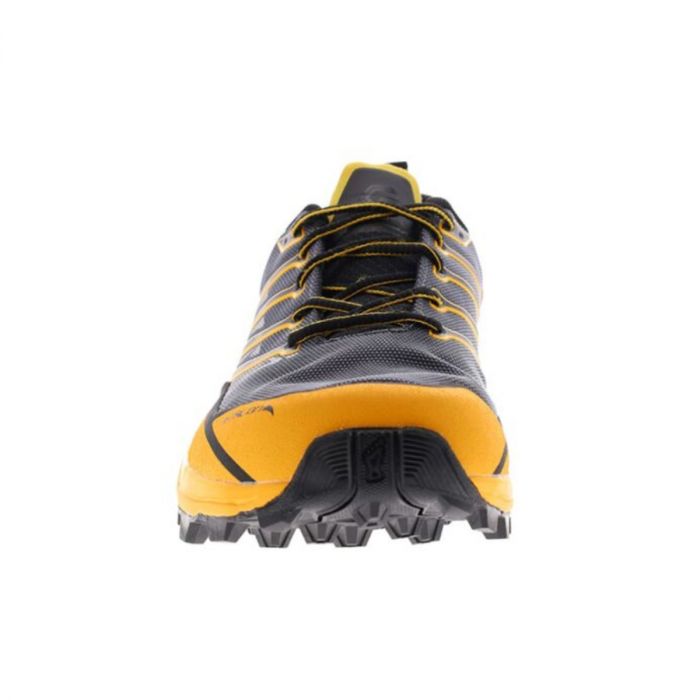
Inov8 – X-Talon Ultra 260 V2 – Men – Black/Gold
€150.00
Select options -
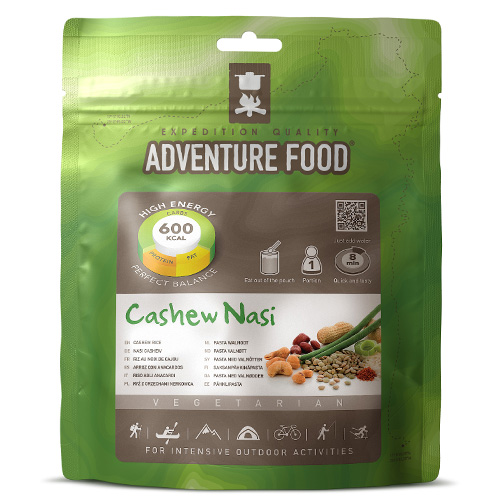



Adventure Food Cashew Nasi
€5.95
Add to cart -

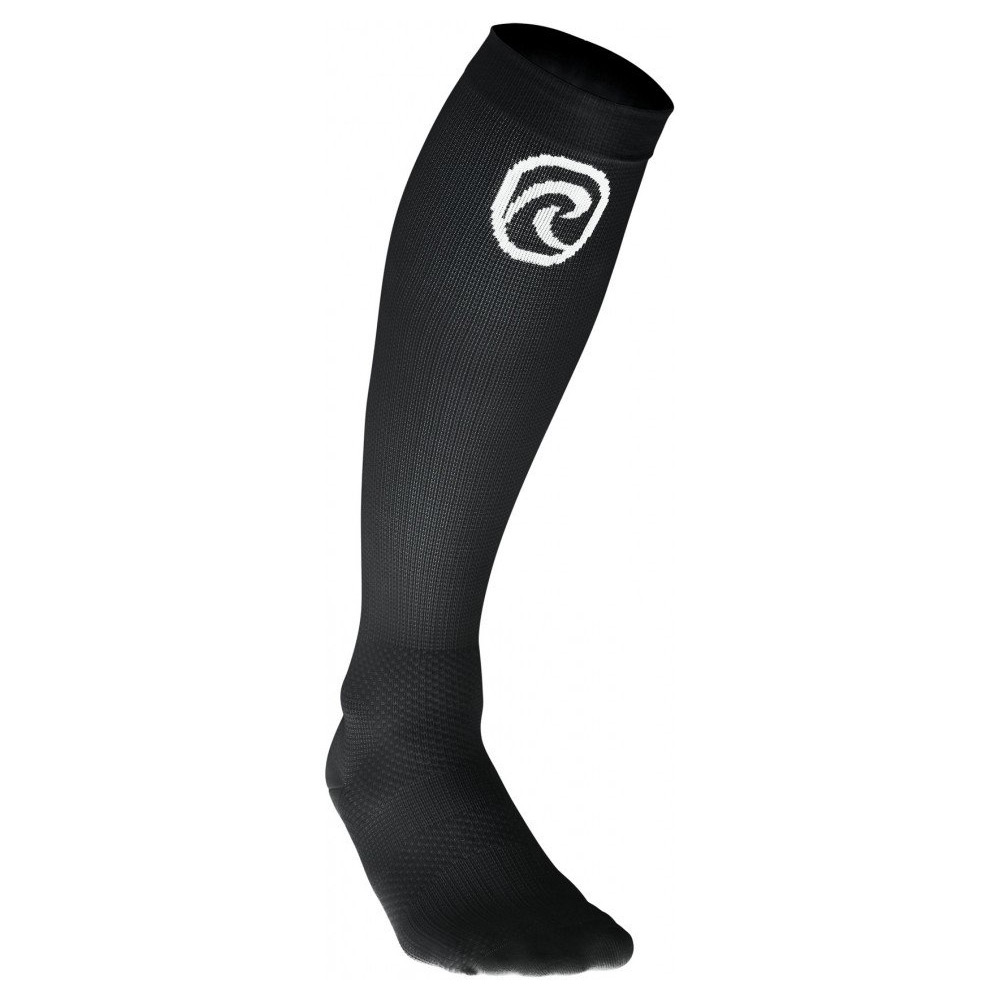

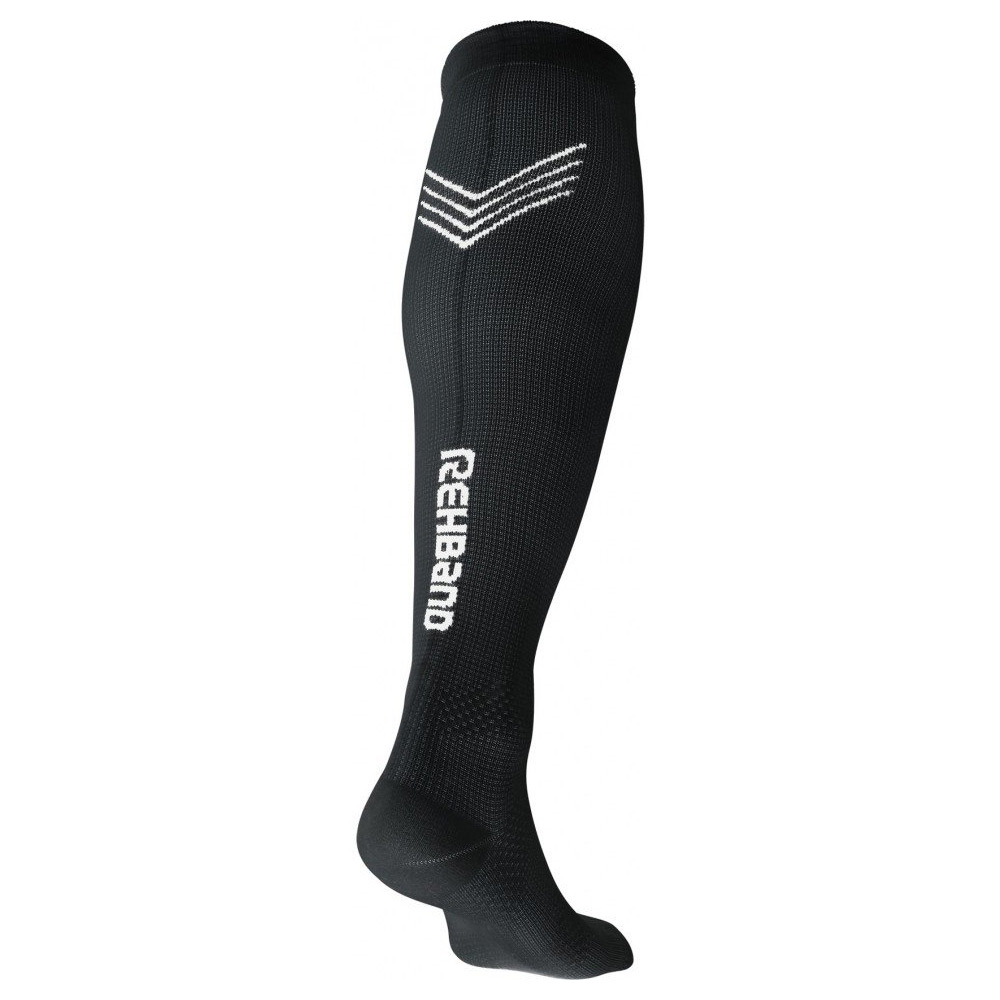
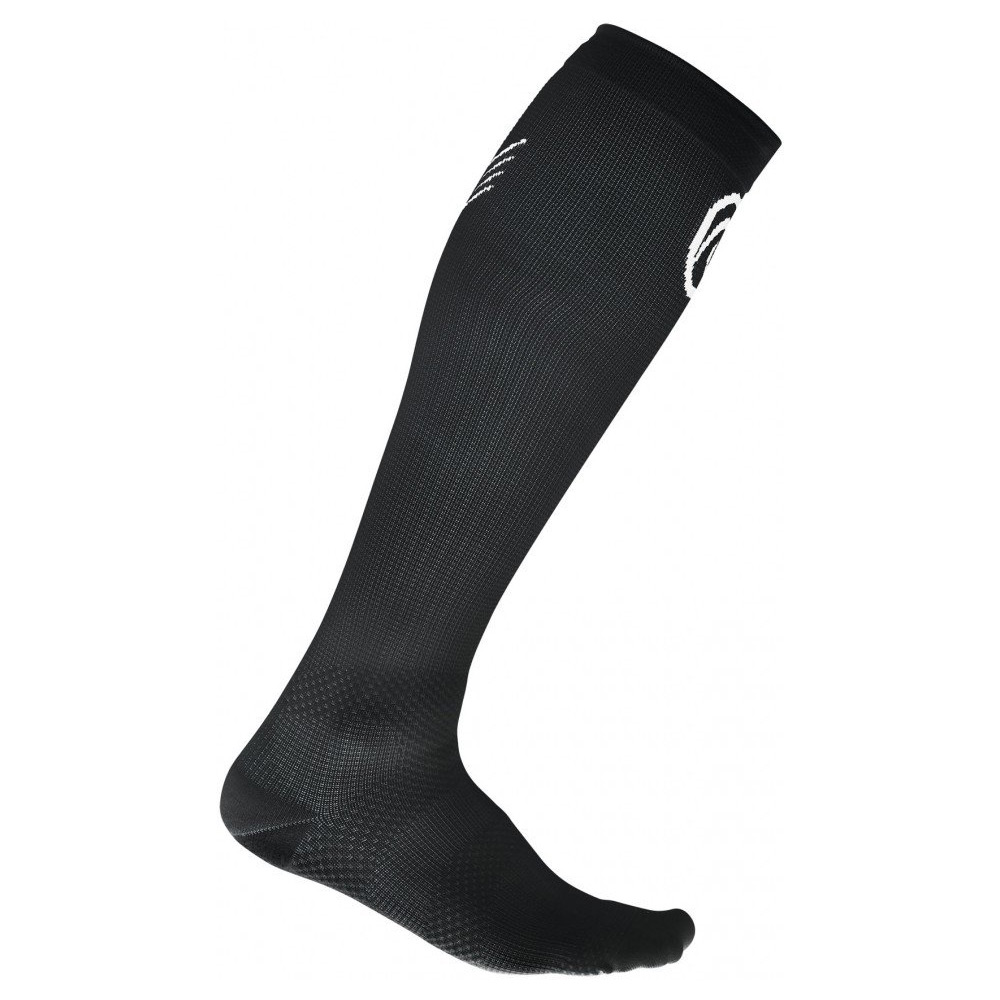
Rehband – QD Compression Socks
€35.00
Select options -
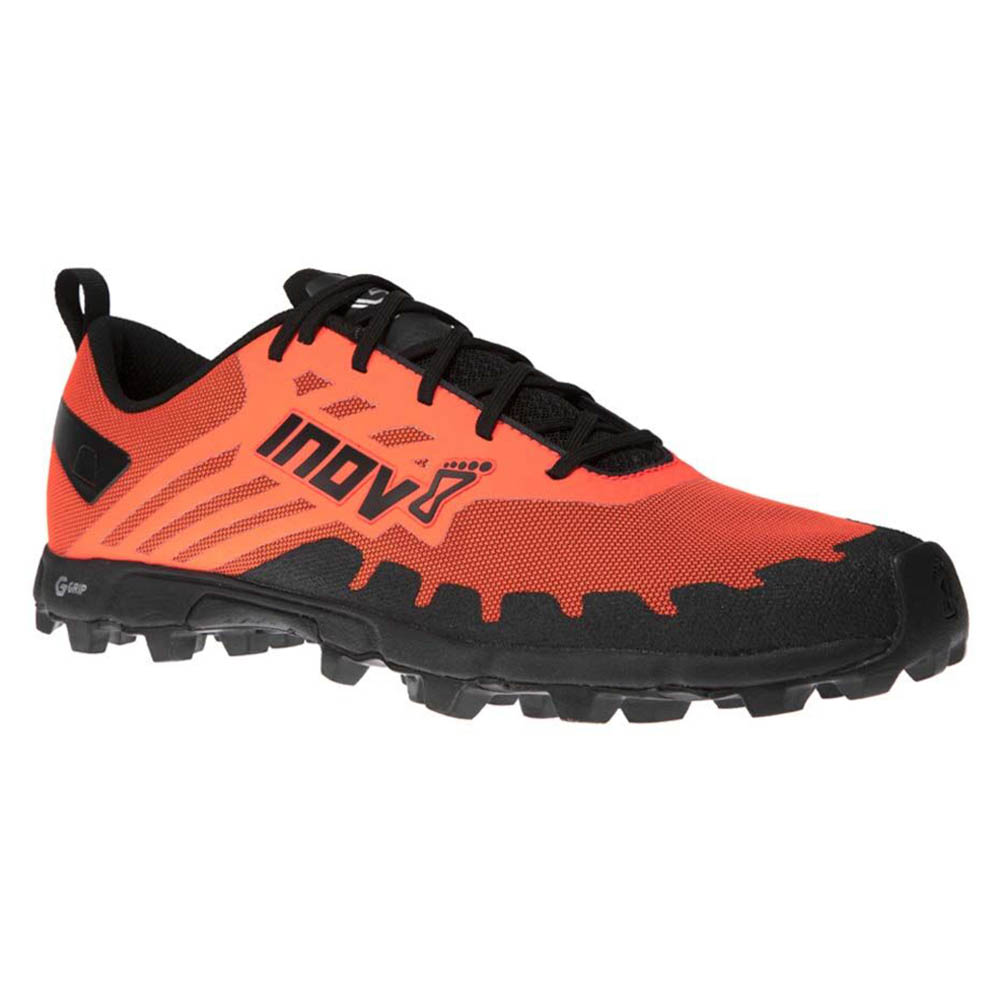
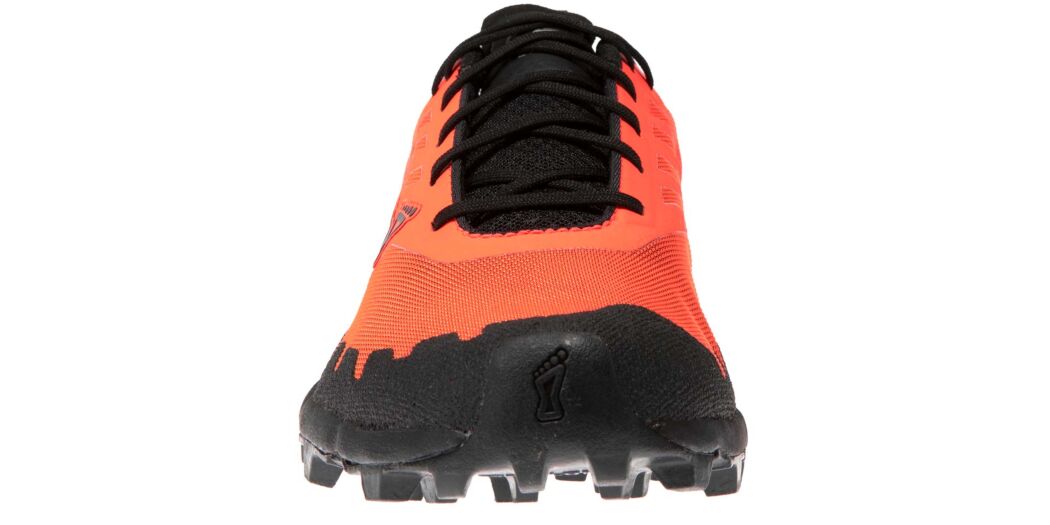


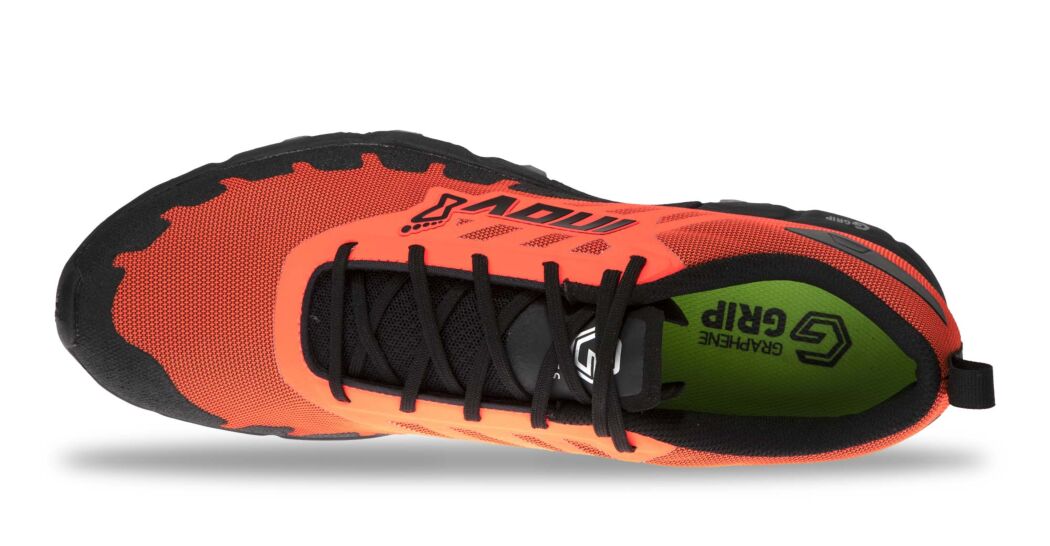
Inov8 – X-Talon G 235 – Men – Orange/Black
€165.00
Select options -
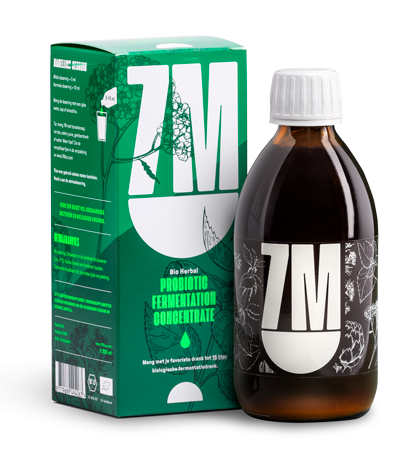
7M
€24.95
Add to cart -
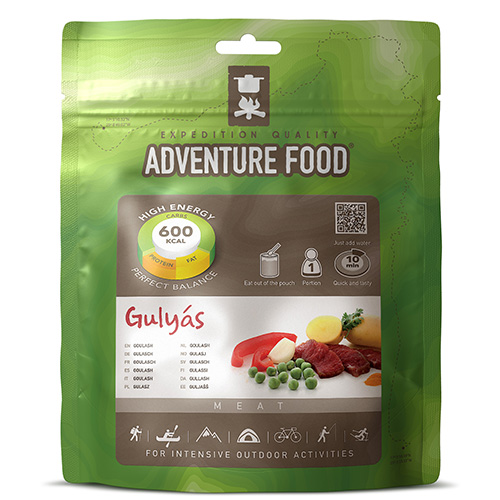
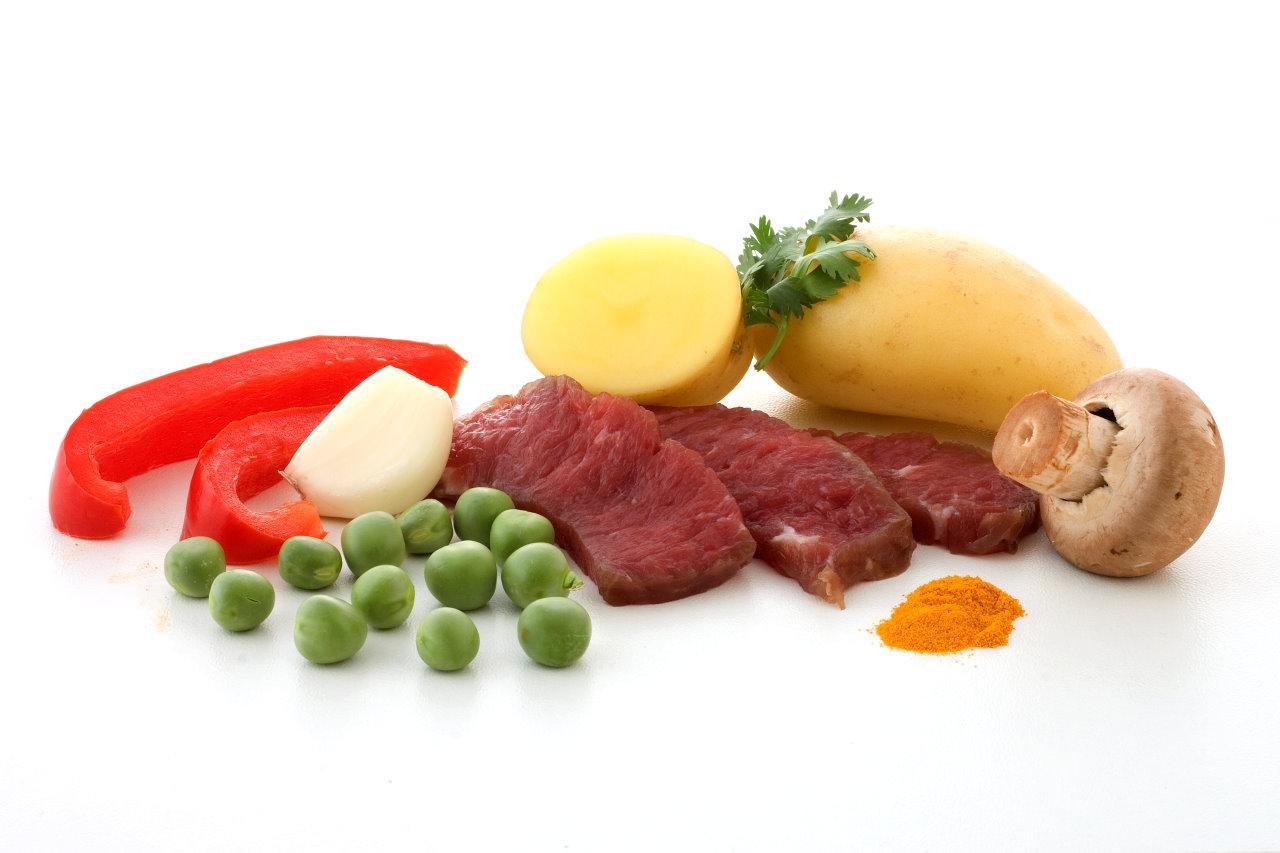


Adventure Food Gulyás
€5.95
Add to cart -
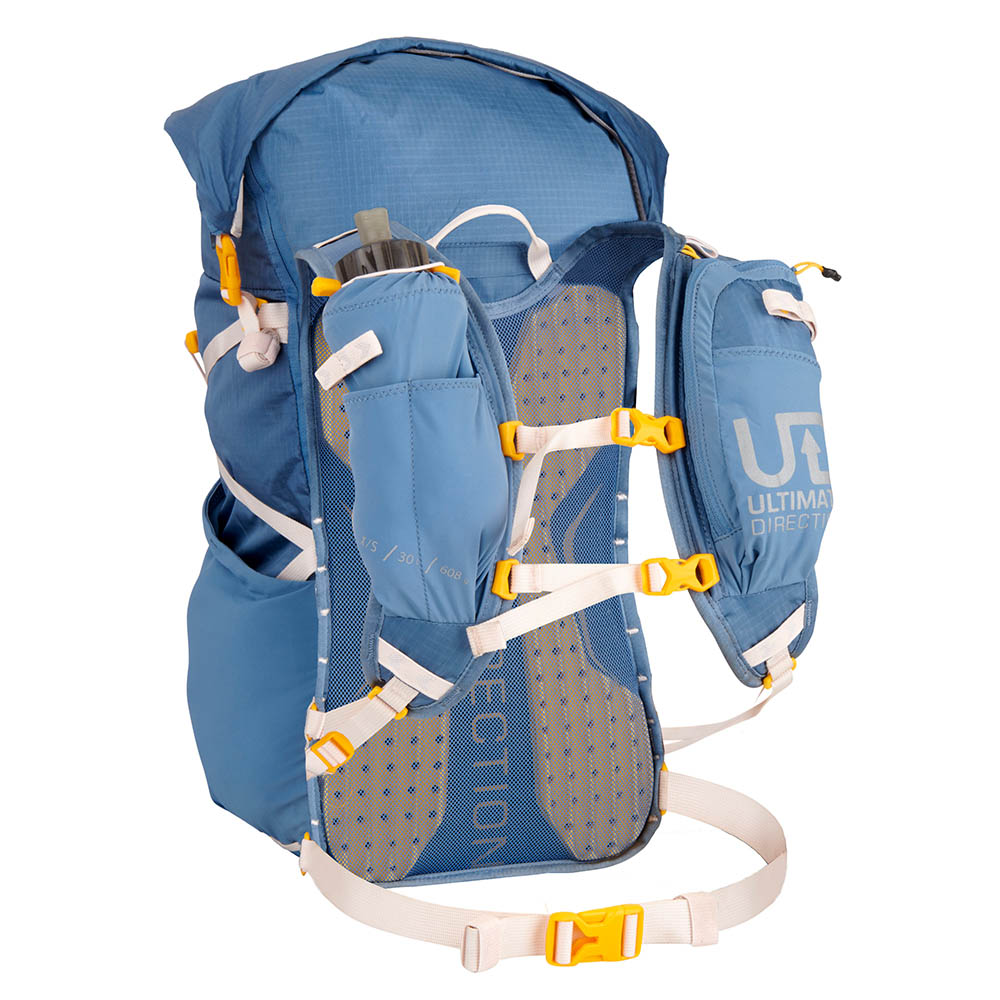


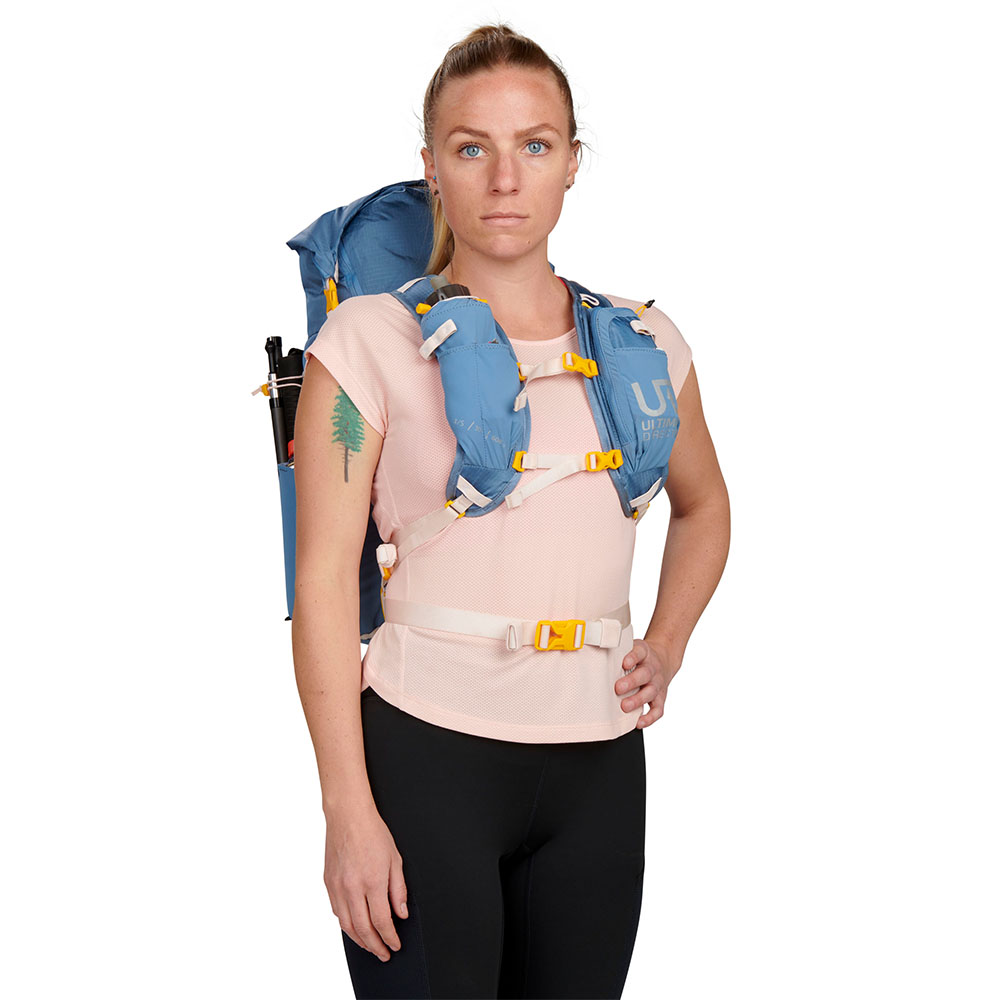
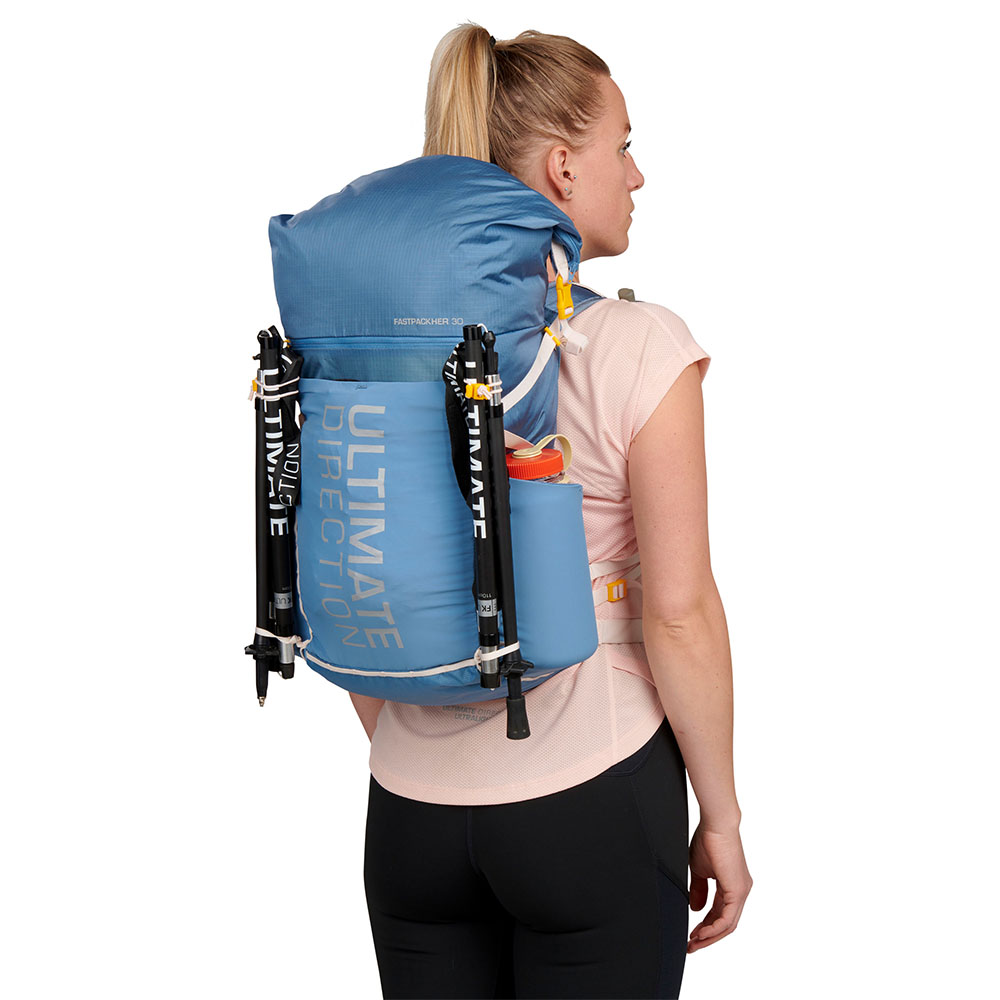
Fastpackher 30 – Fog (women)
€180.00
Select options -
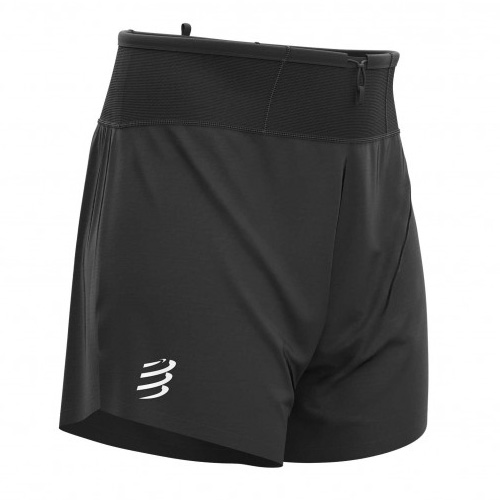
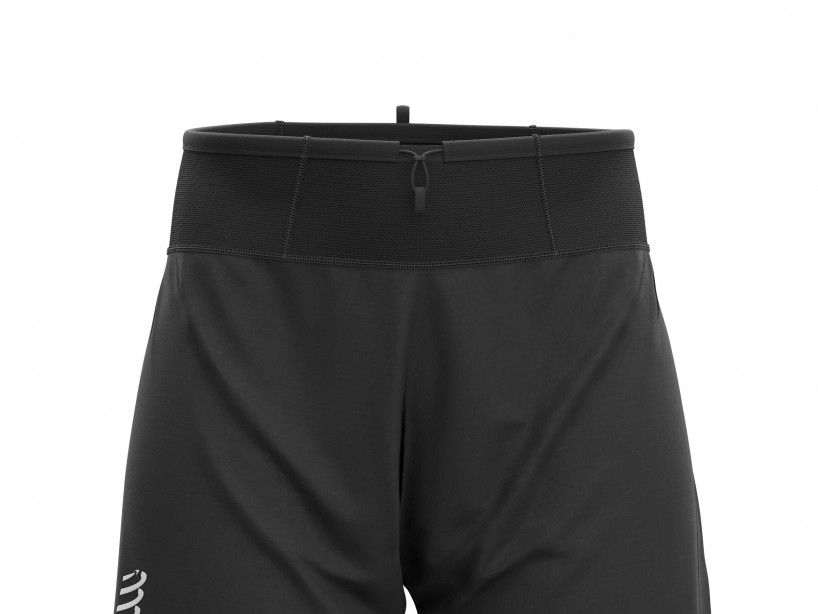

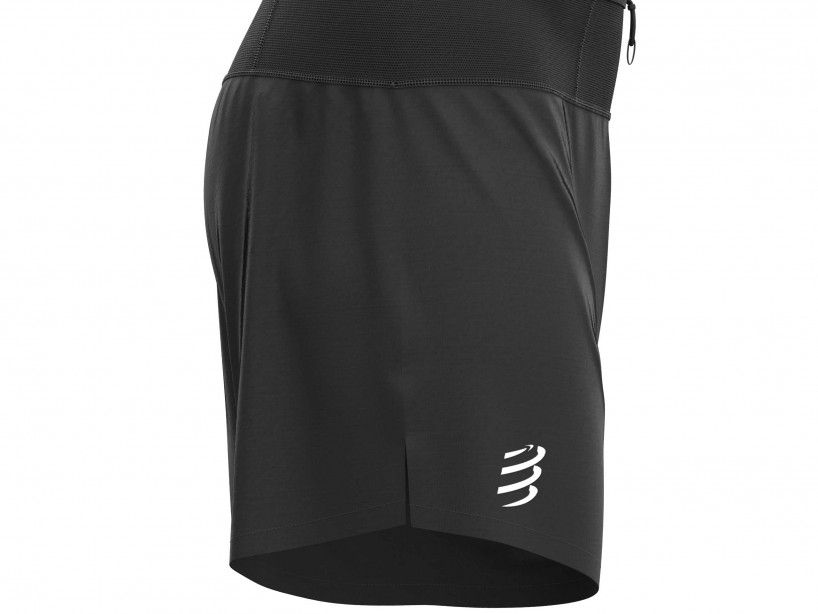
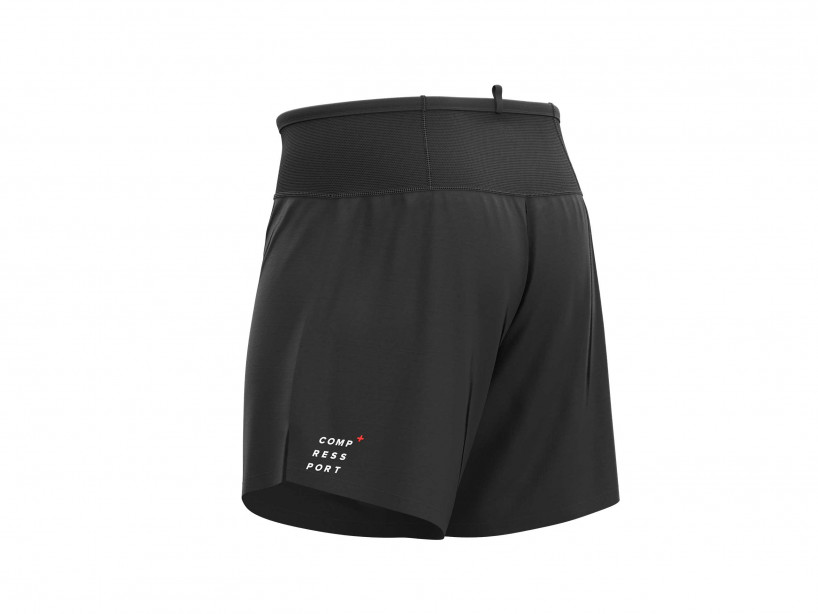
Performance Short – Black
€50.00
Select options -



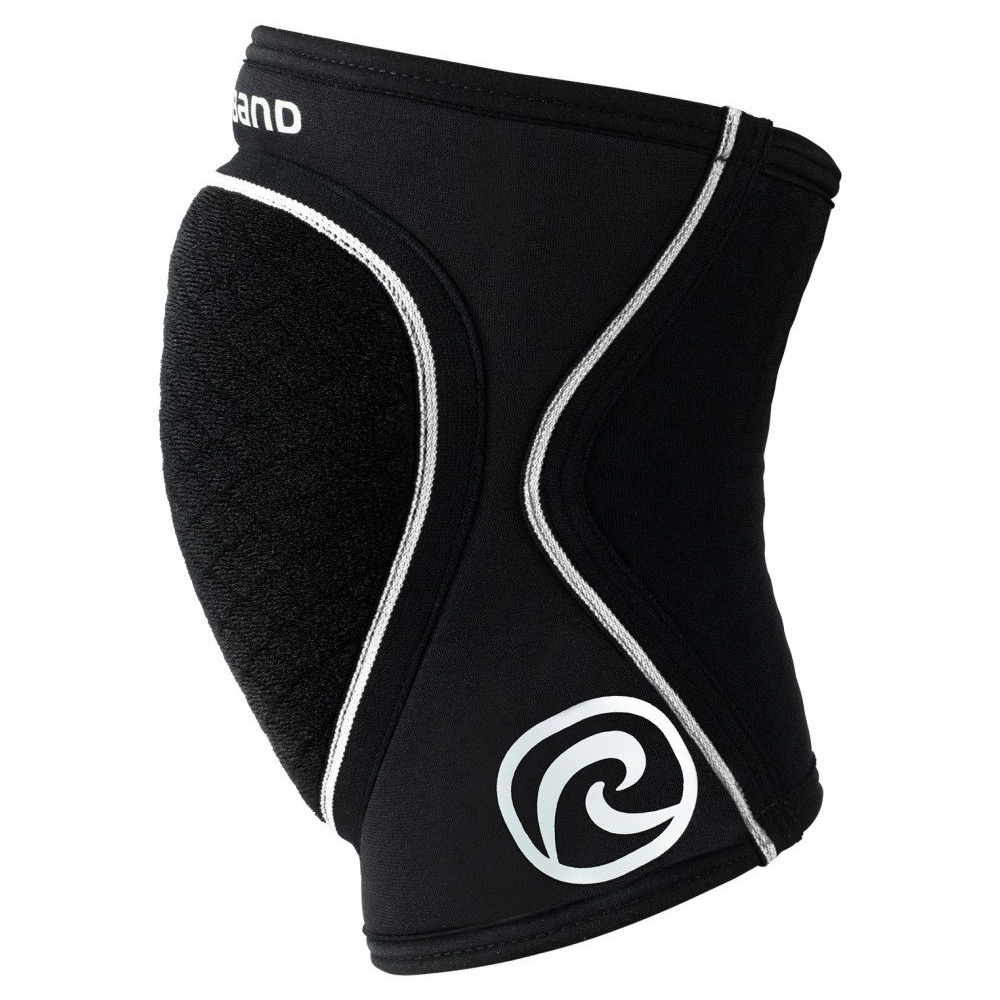
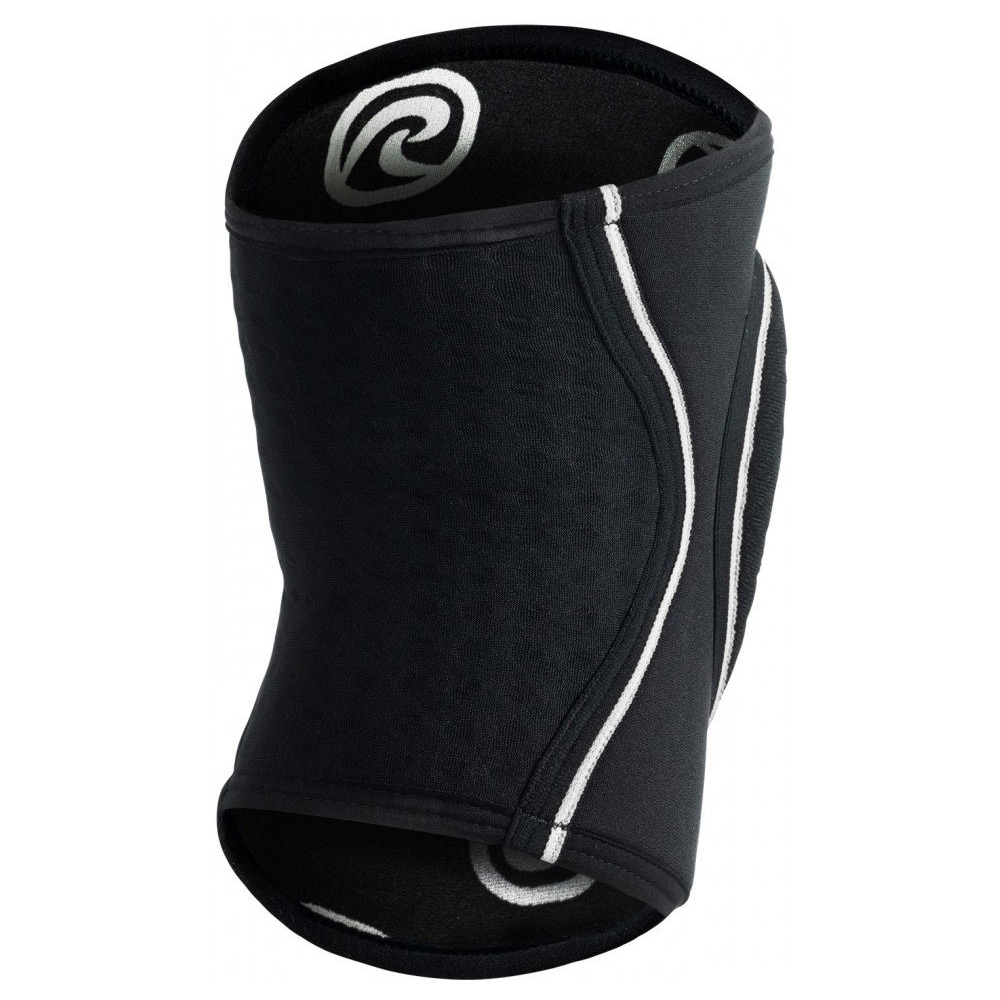
Rehband – PRN Knee Pad Jr 5mm Pair
€35.00
Select options -



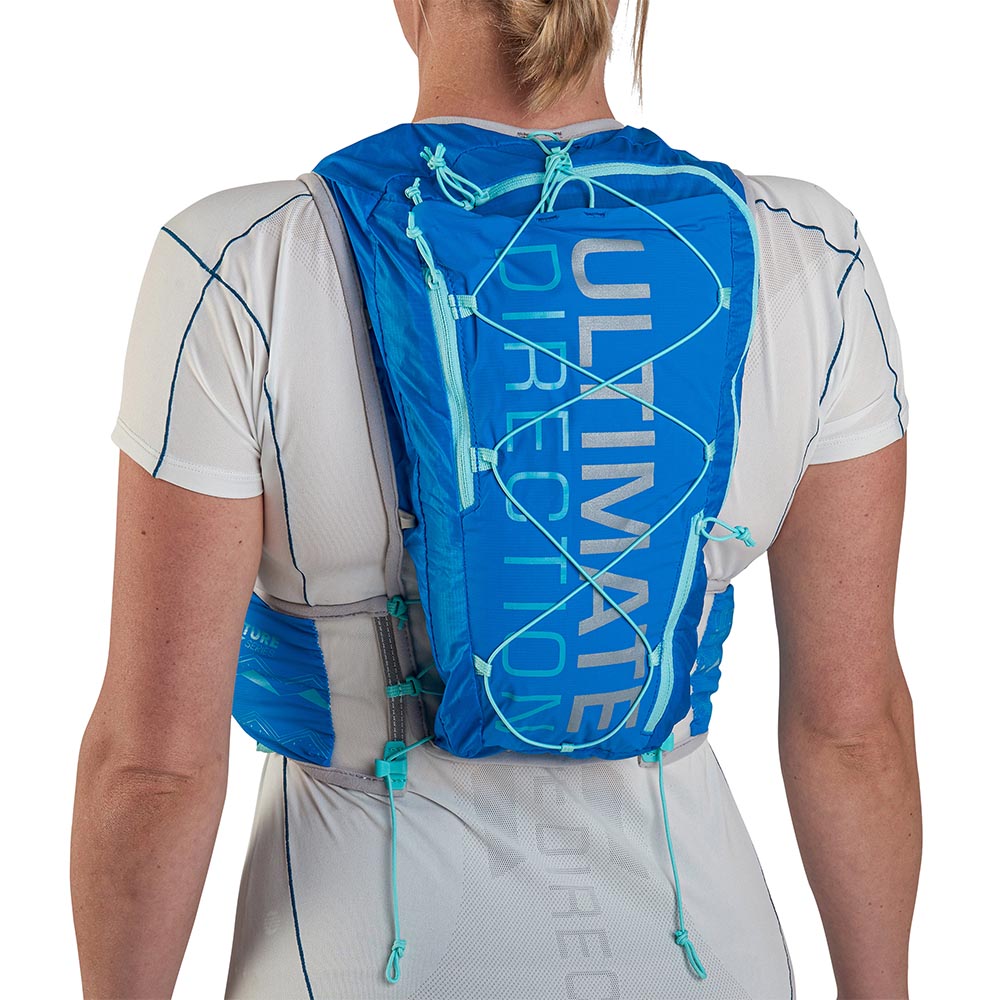
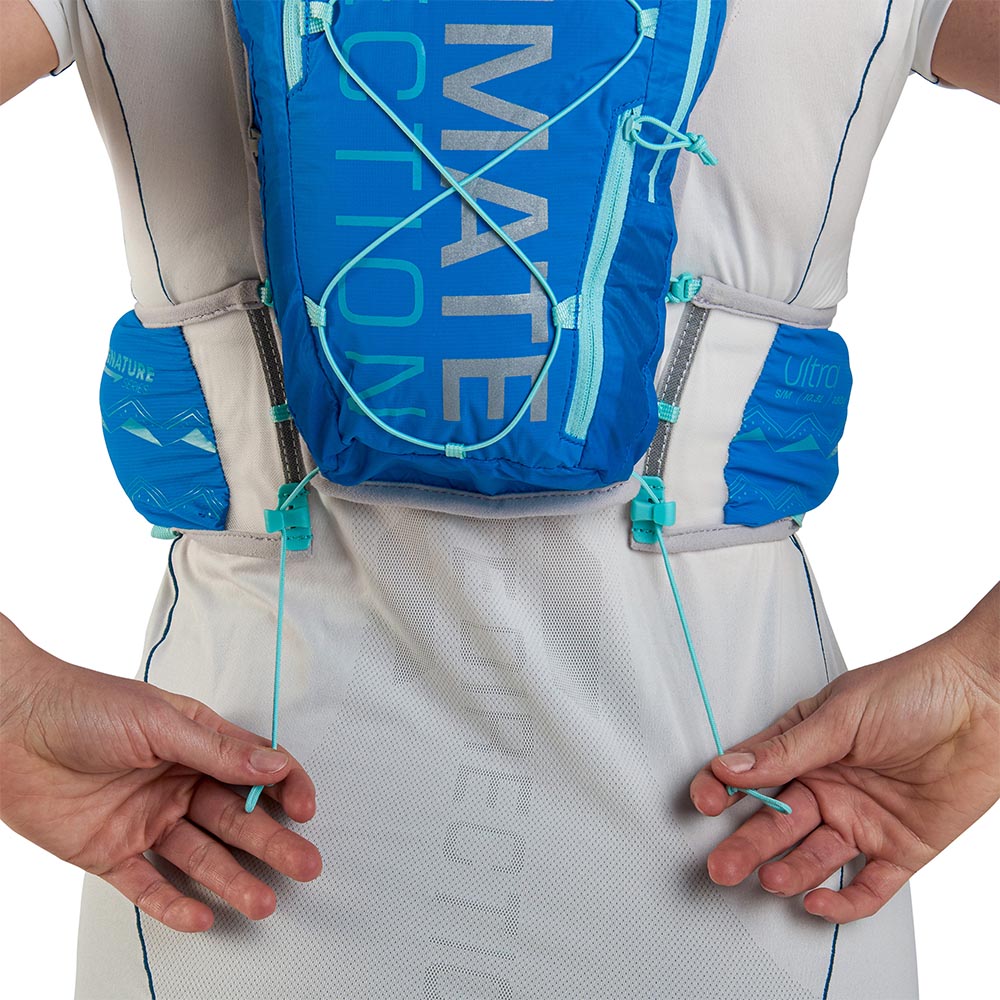
Ultra Vest – Signature Blue (women)
€140.00
Select options -
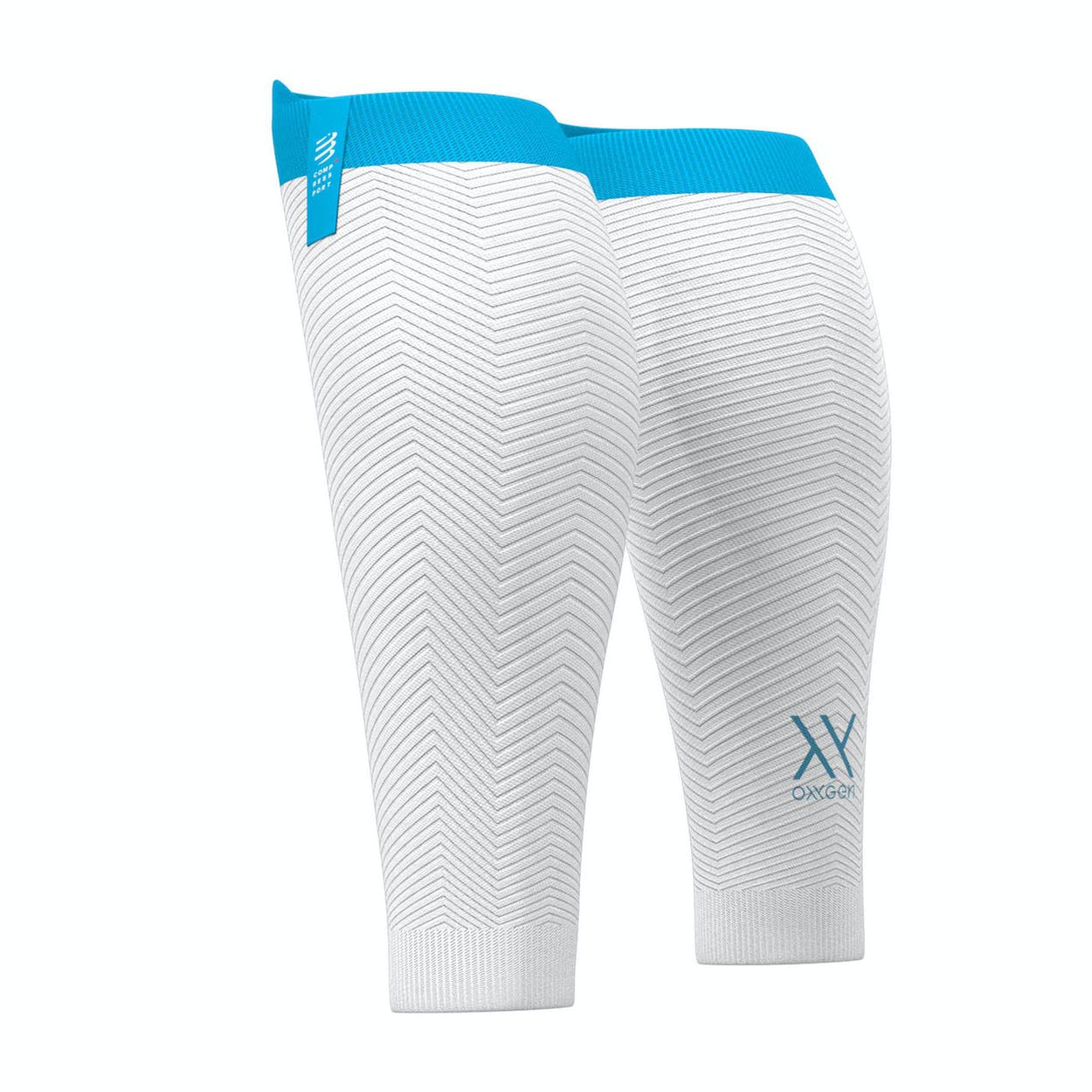


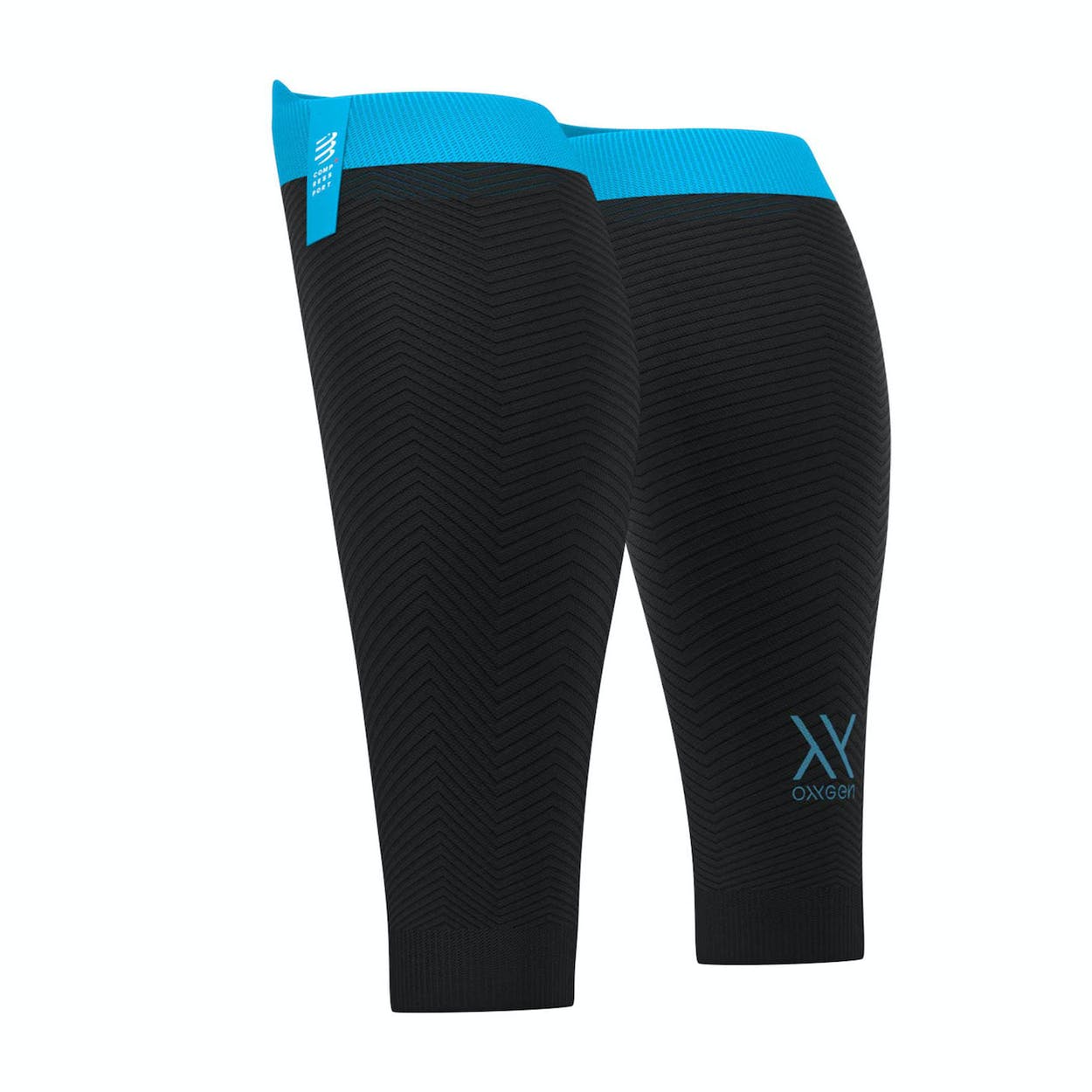

Compressport – R2 OXYGEN CALF SLEEVES WHITE
€50.00
Select options -

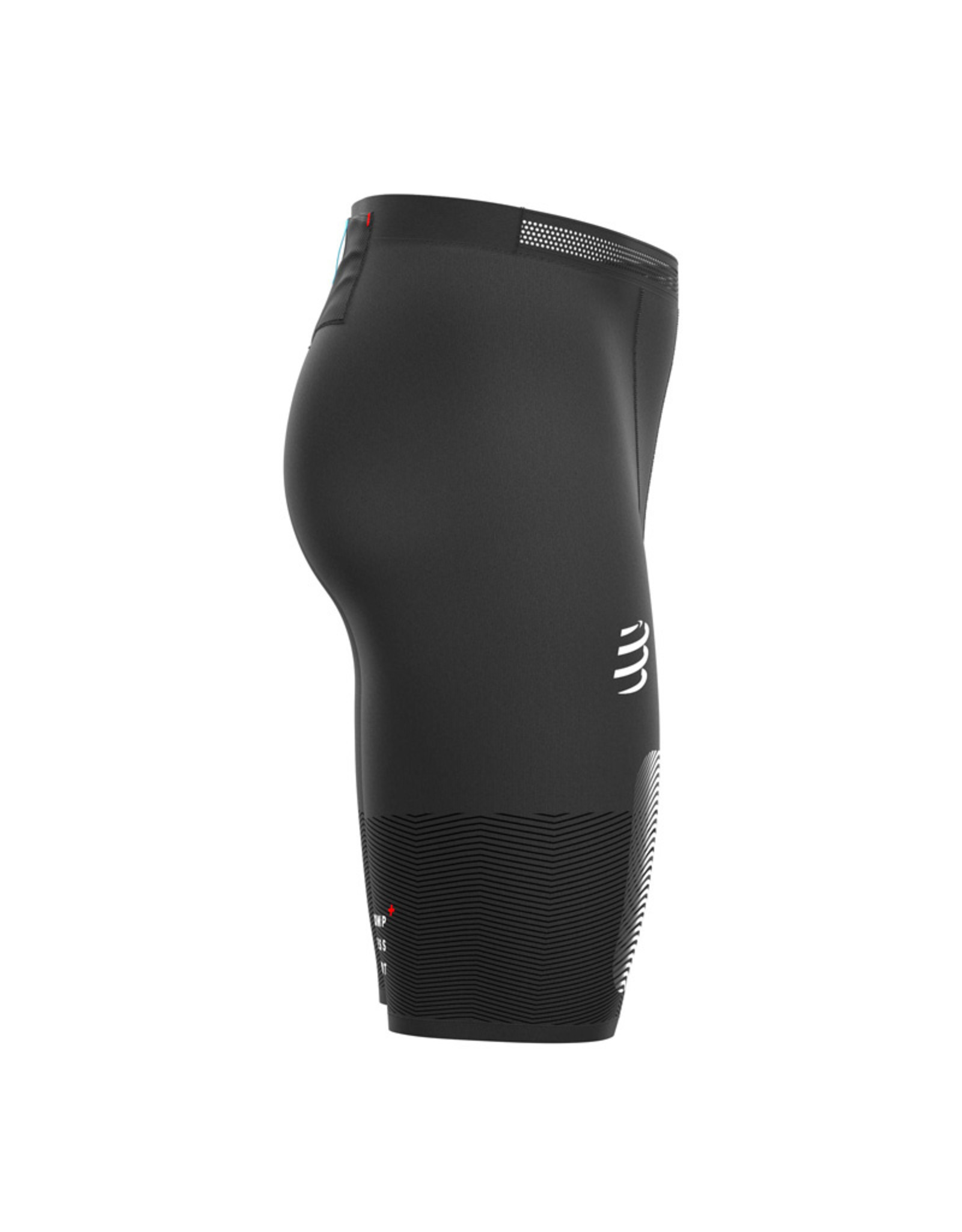

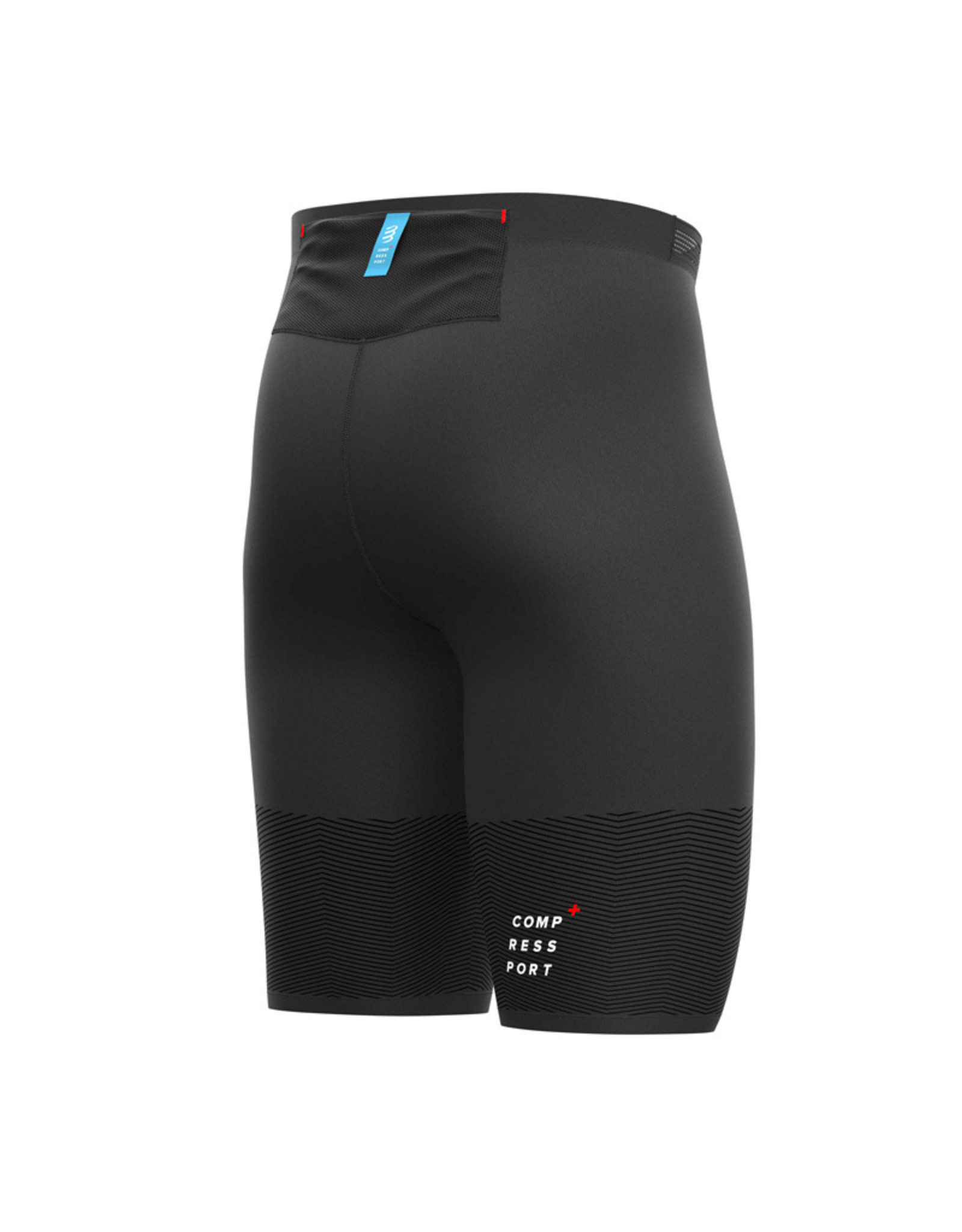

Trail Under Control Short -Black
€100.00
Select options -
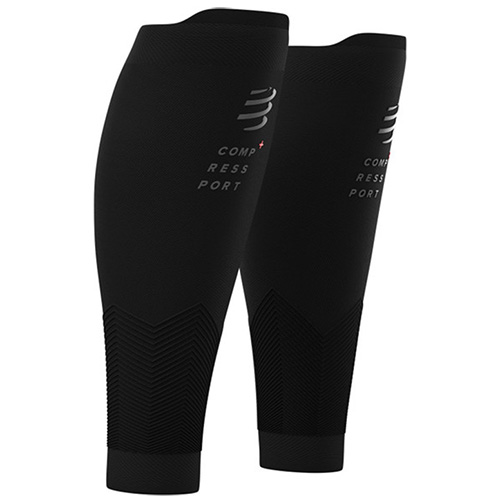
Compressport – R2V2 FLASH CALF SLEEVES
€40.00
Select options -
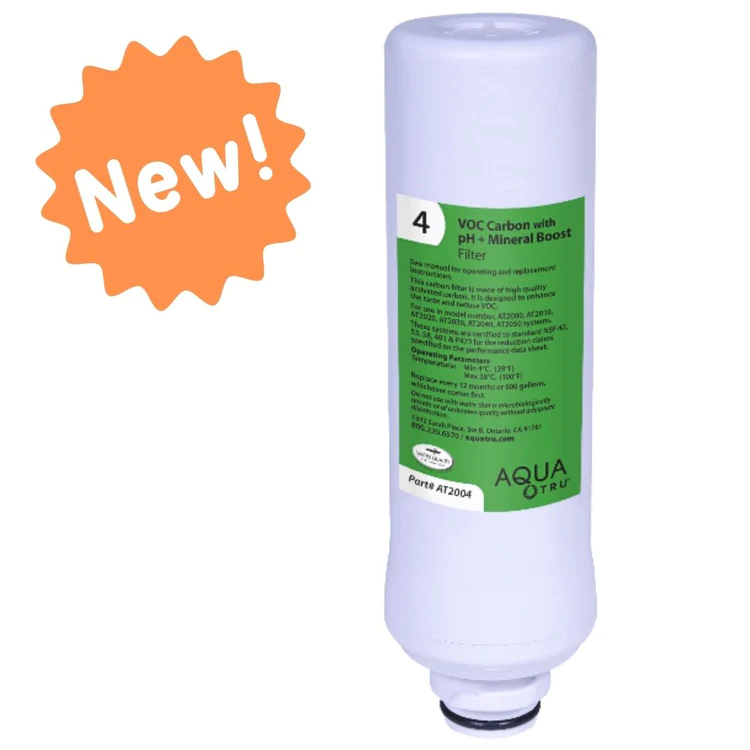
AquaTru pH+ Mineral Boost Alkaline VOC Carbon Filter (4)
€51.00
Add to cart -
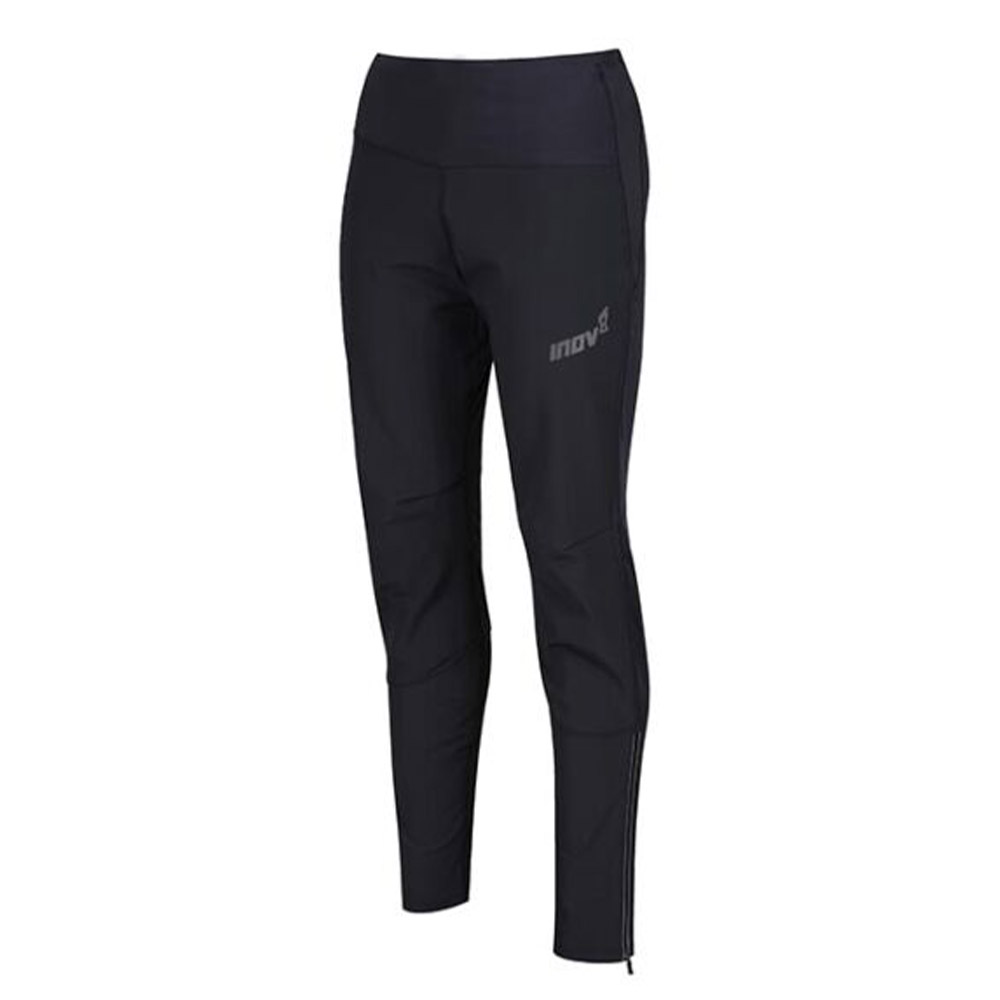
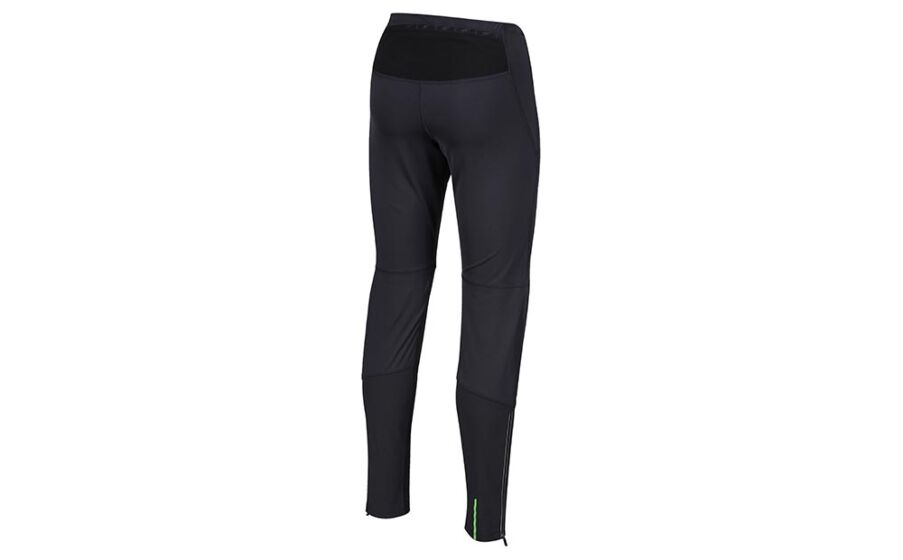

Inov8 – Winter Tight – Women – Black
€135.00
Select options -
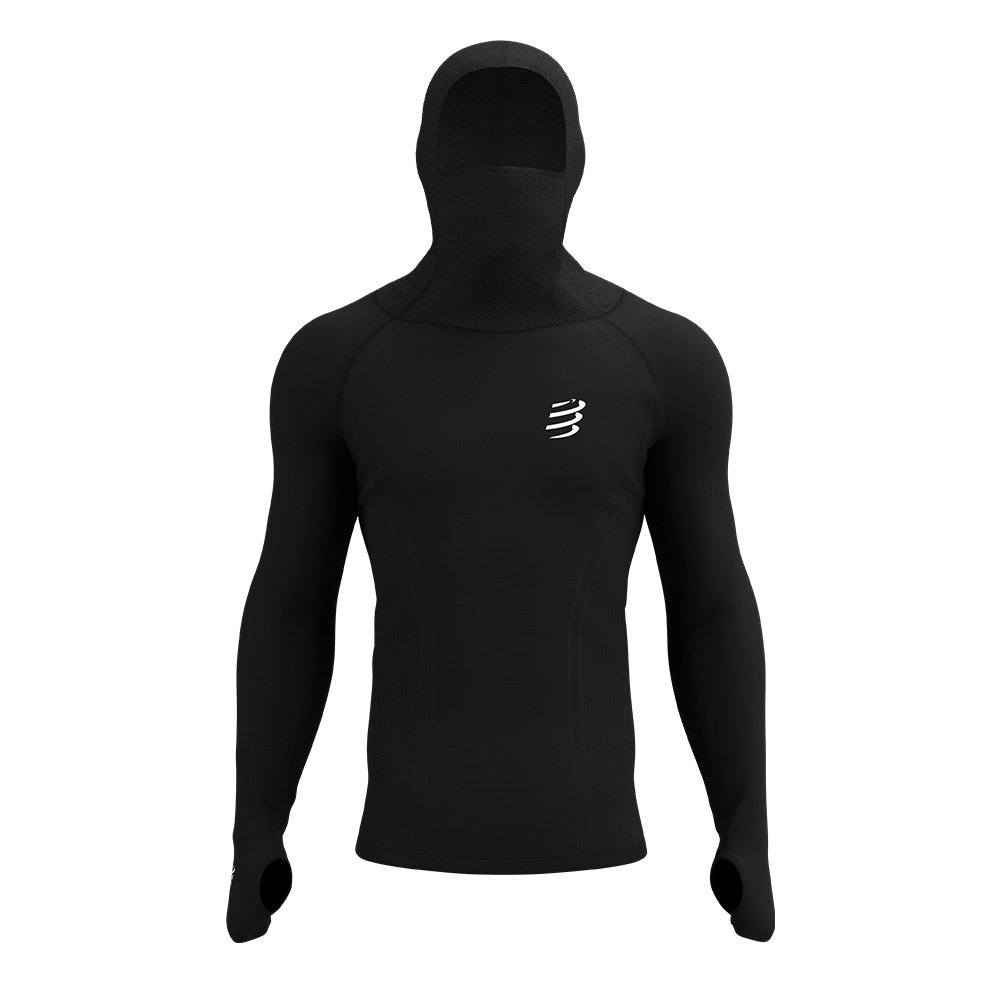


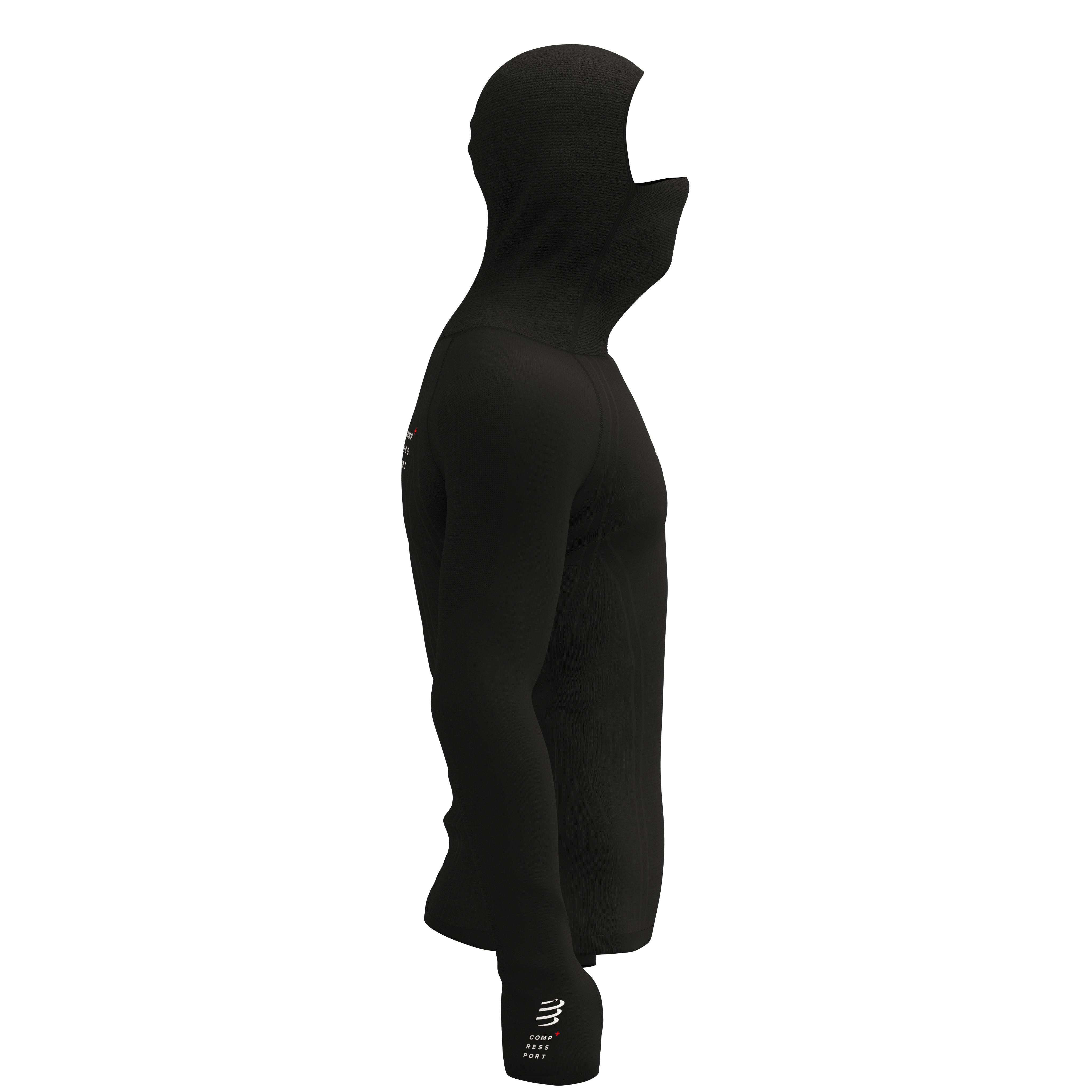

3D Thermo Ultralight Racing Hoodie – Black
€100.00
Select options -
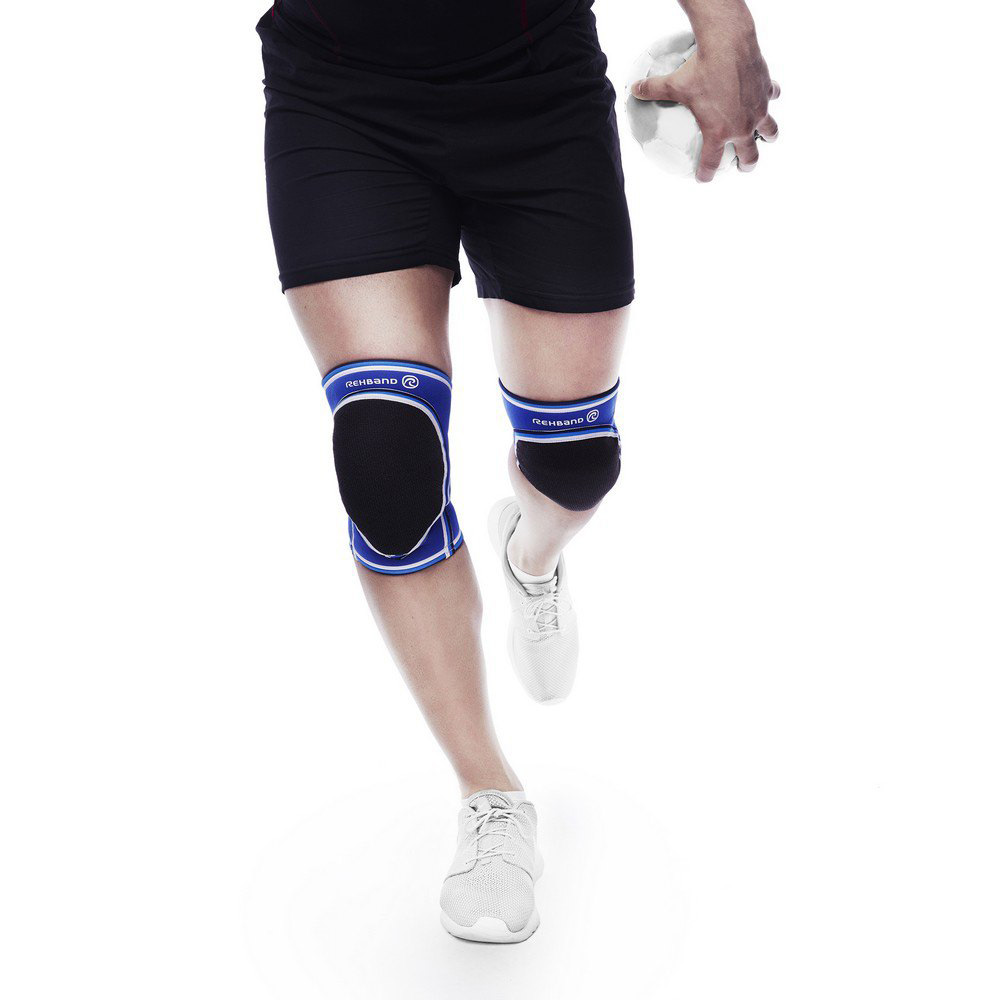
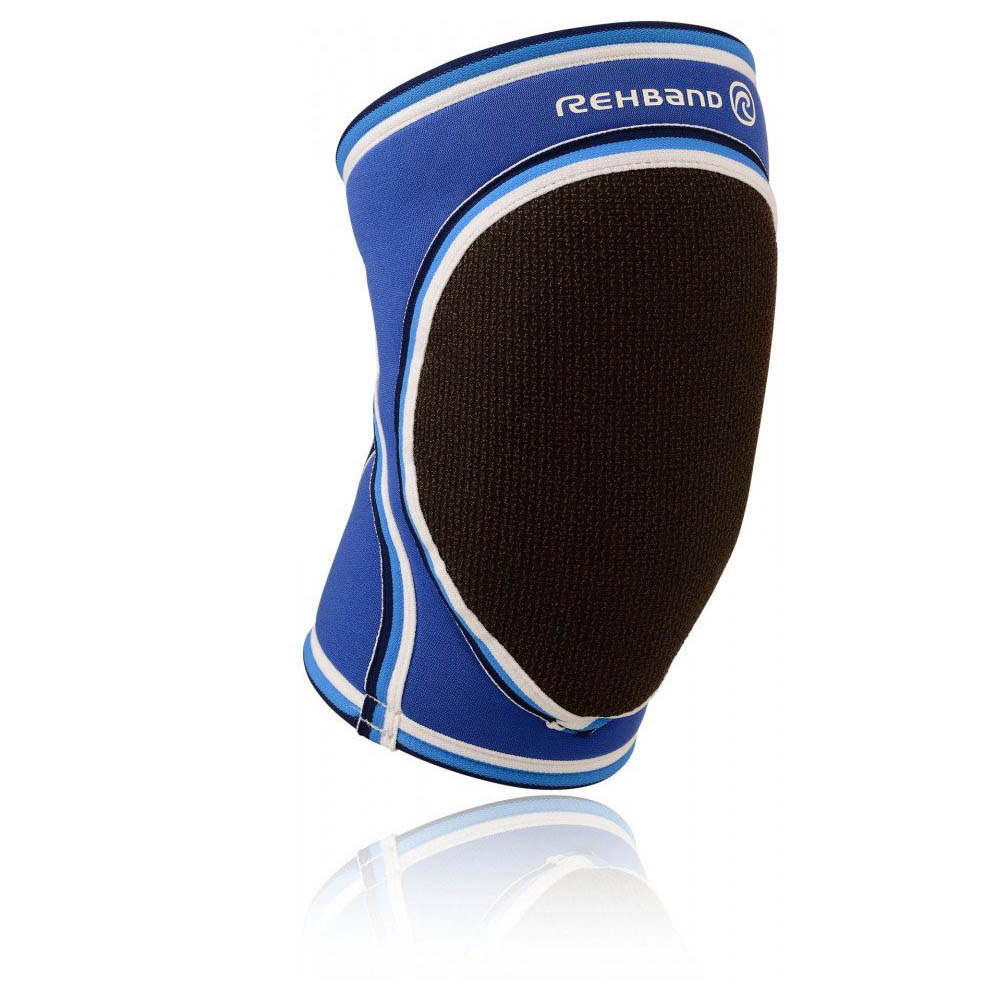



Rehband – PRN Original Knee Pad – Blue – XS
€45.00
Select options -

AquaTru VOC Carbon Filter (4)
€38.25
Add to cart -
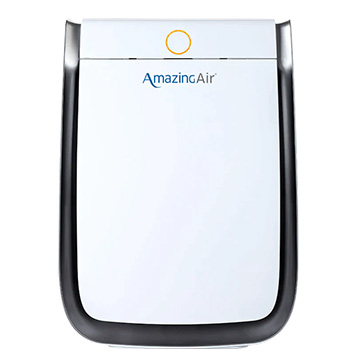
AmazingAir 4-in-1 Air Purifier
€495.00
Add to cart -
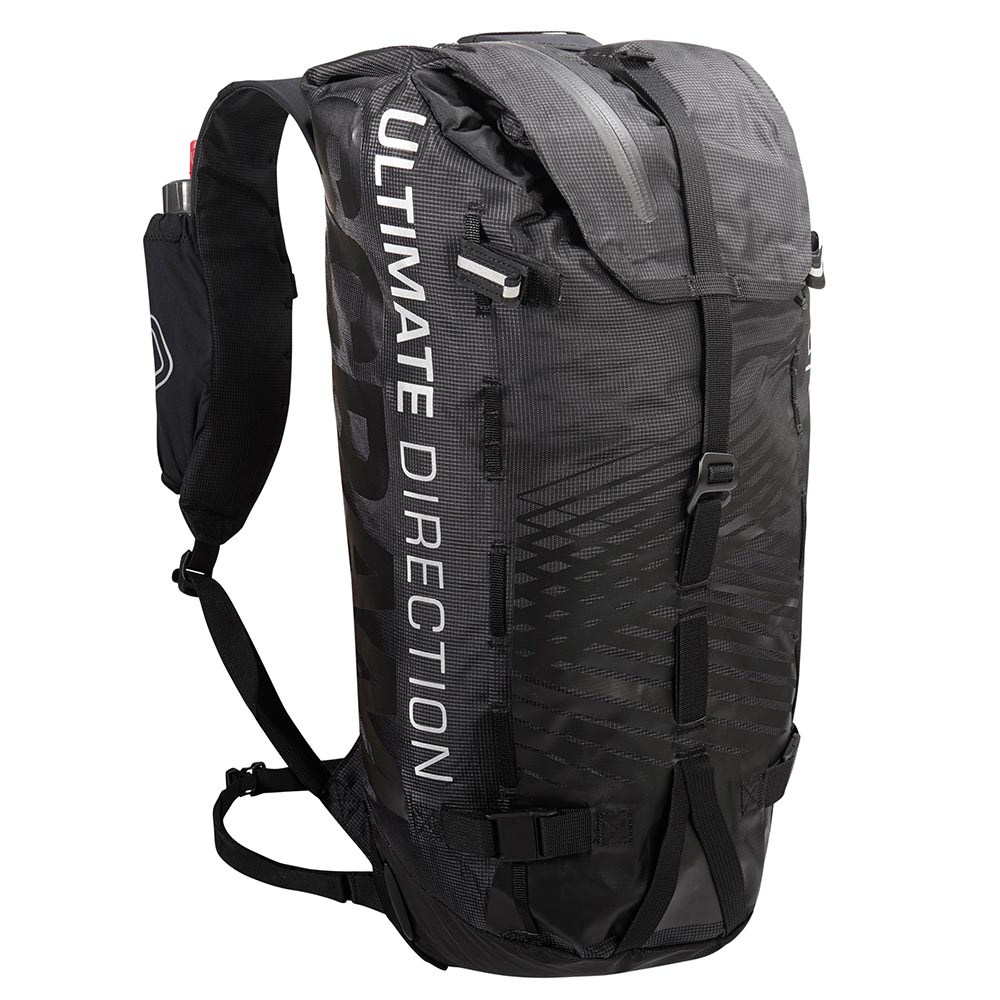
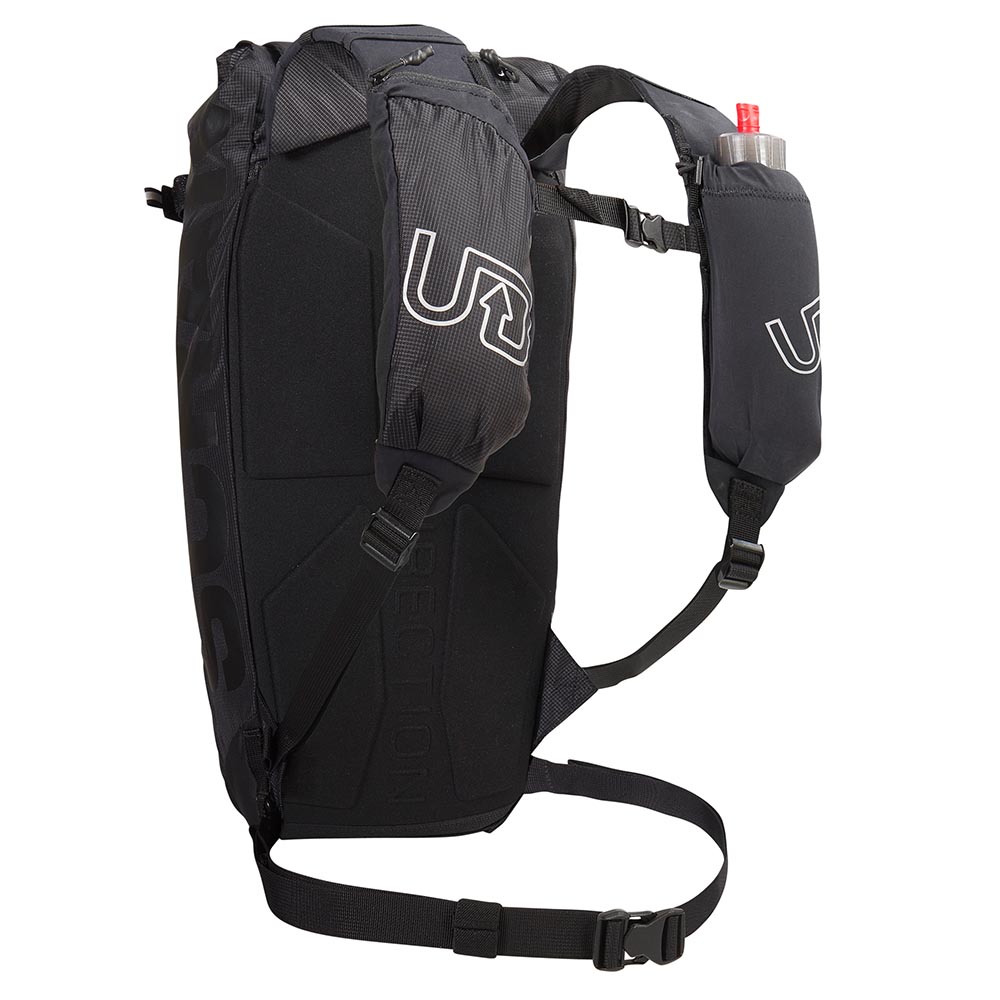

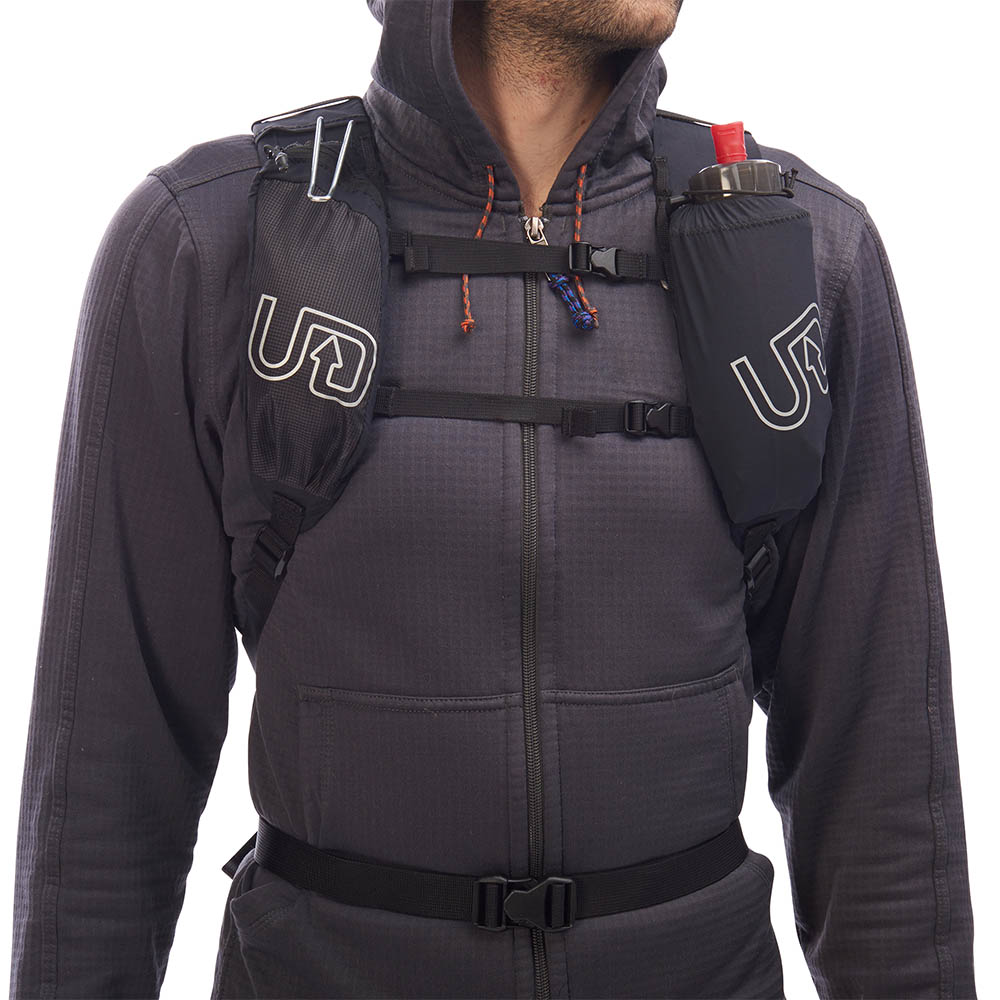

Scram – Charcoal (men)
€135.00
Select options -
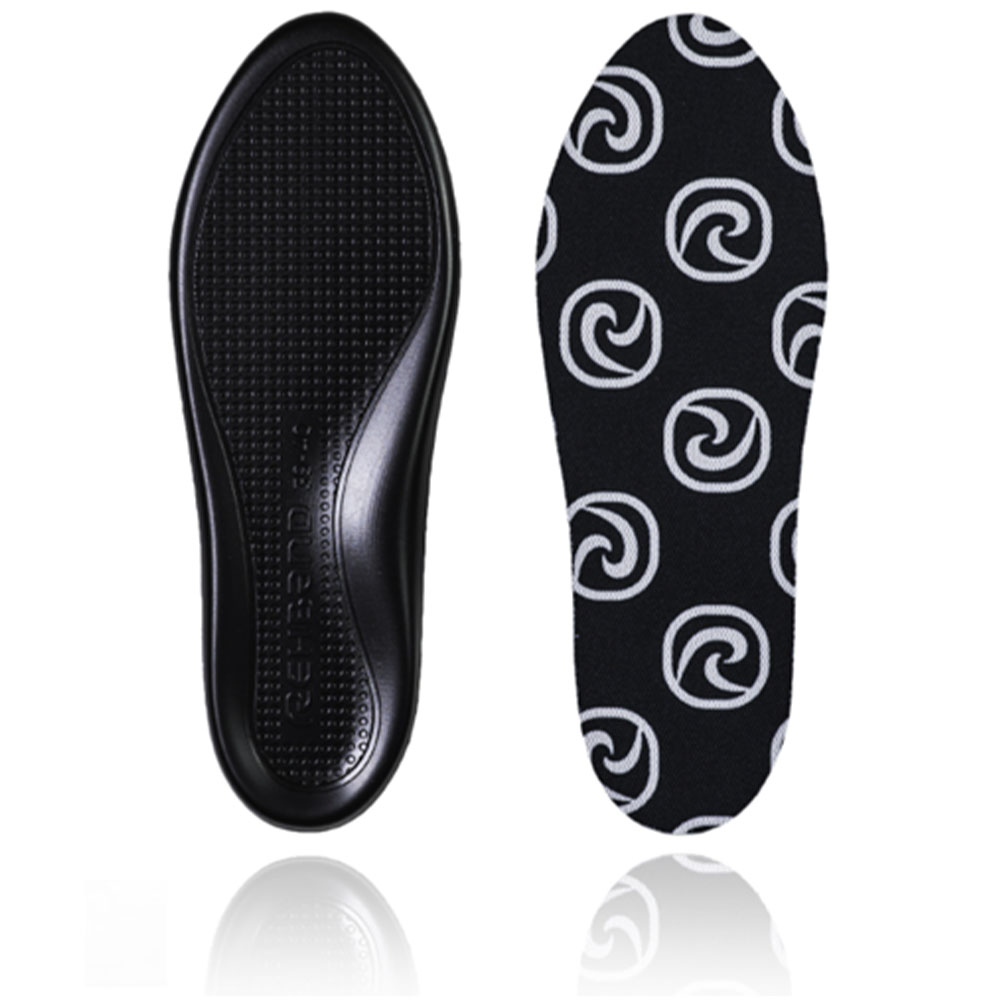
QD Gel Insole
€28.00
Select options -
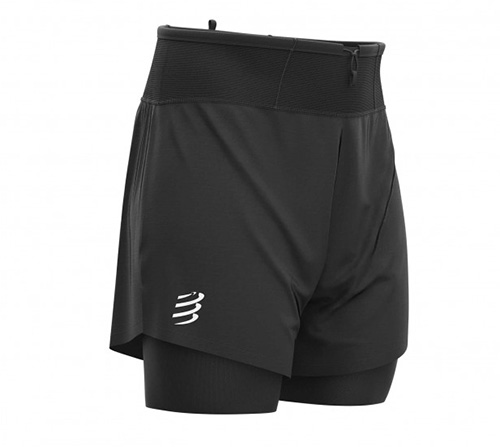
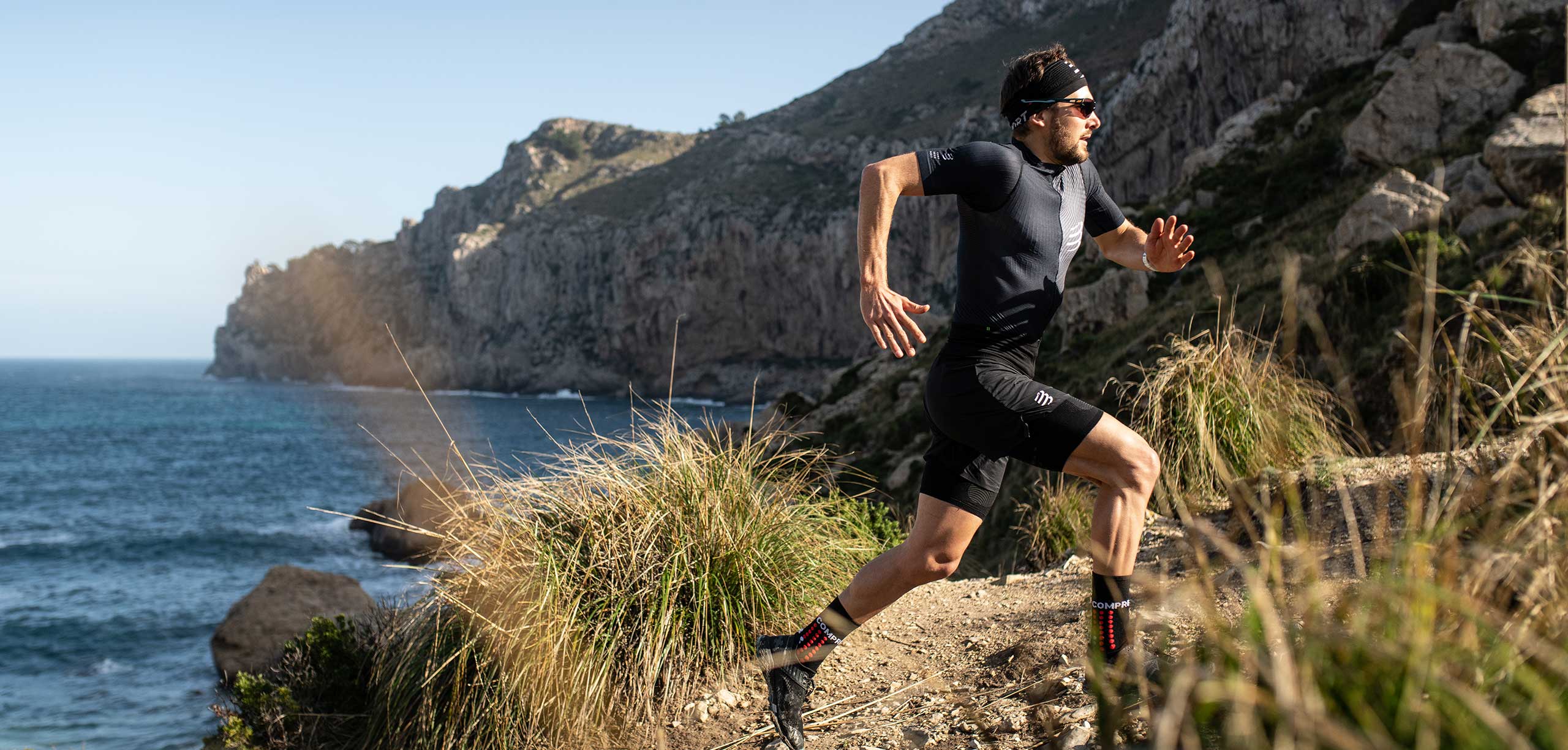

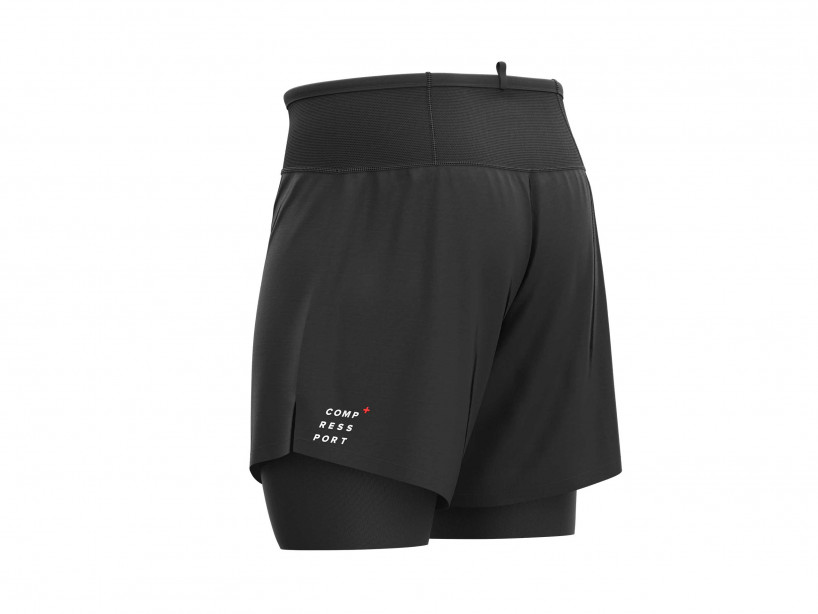

COMPRESSPORT Trail 2-In-1 Short -Black
€80.00
Select options -
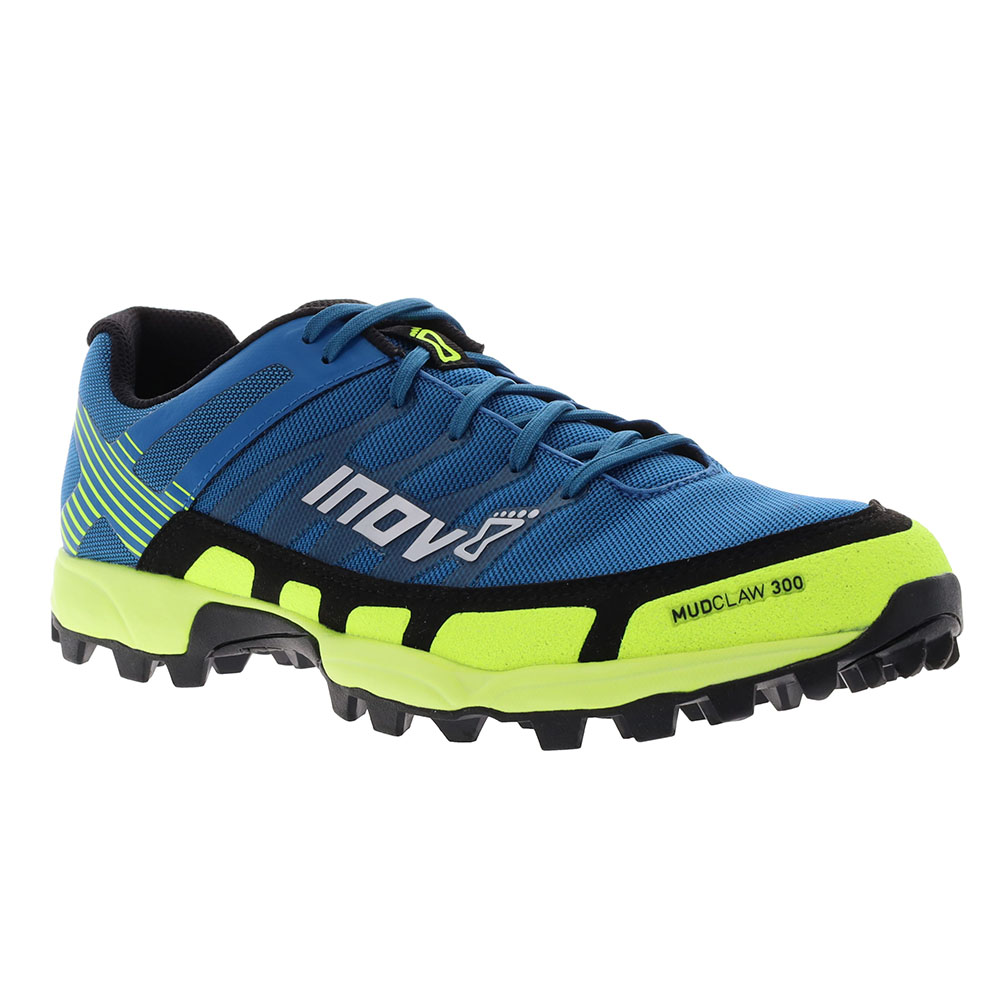
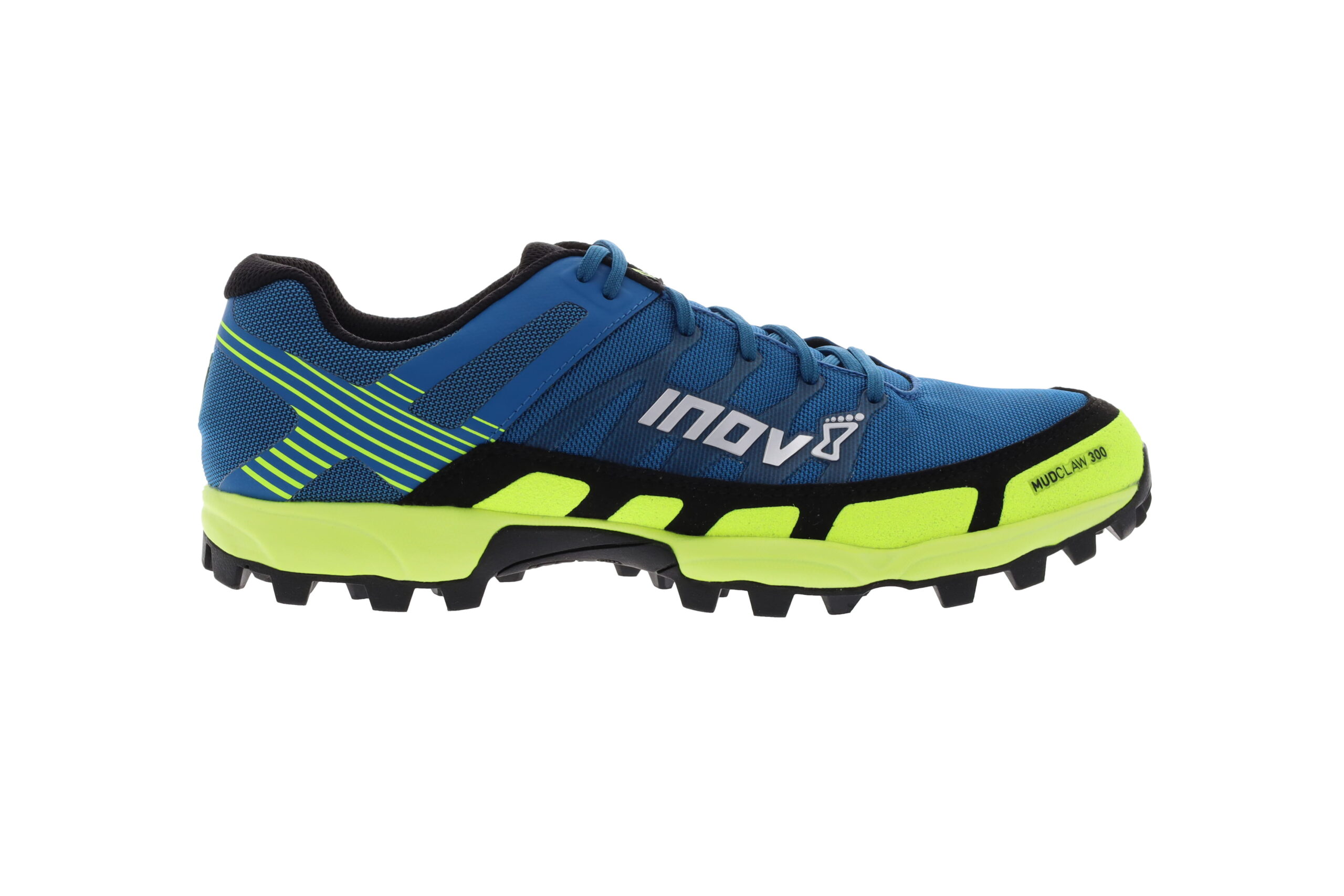



Inov8 – Mudclaw 300 – Men – Blue/Yellow
€135.00
Select options -
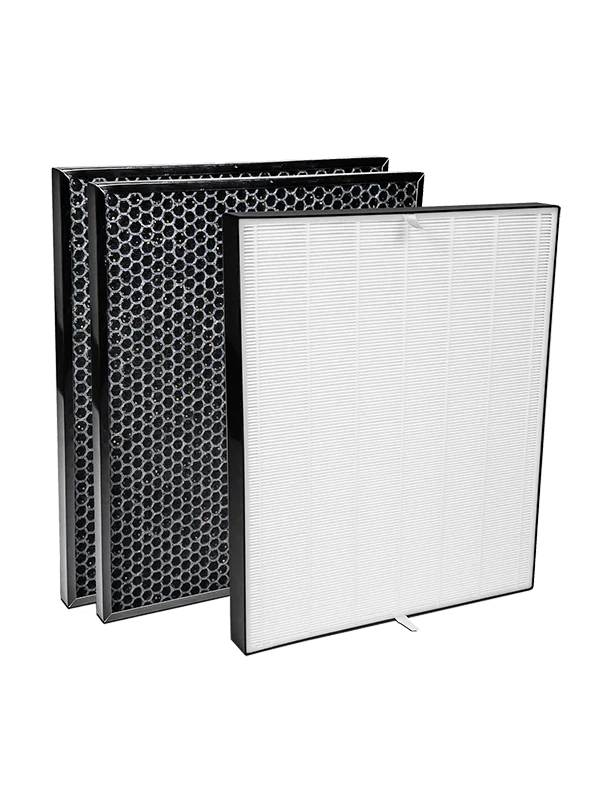
AmazingAir Replacement Filters – One Year Combo Pack
€175.00
Add to cart -

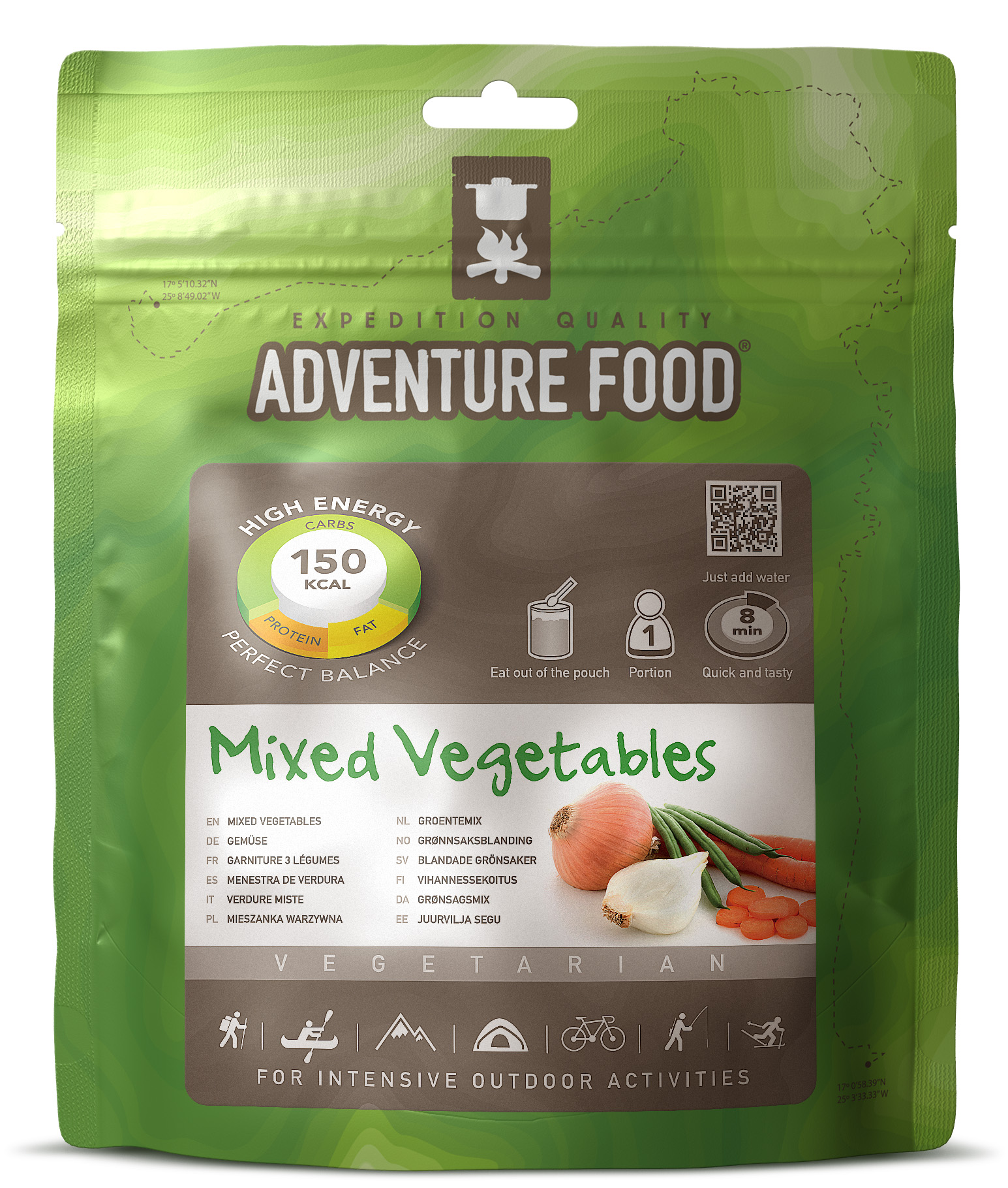


Adventure Food Mixed vegetables
€3.95
Add to cart -
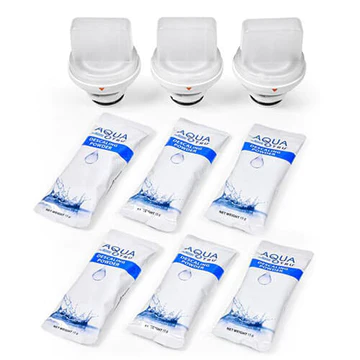
AquaTru Descaling kit
€21.25
Add to cart -





Compressport Trail Racing Short Men
€70.00
Select options -




QD Heel Cup Soft Silicone
€20.00
Select options -

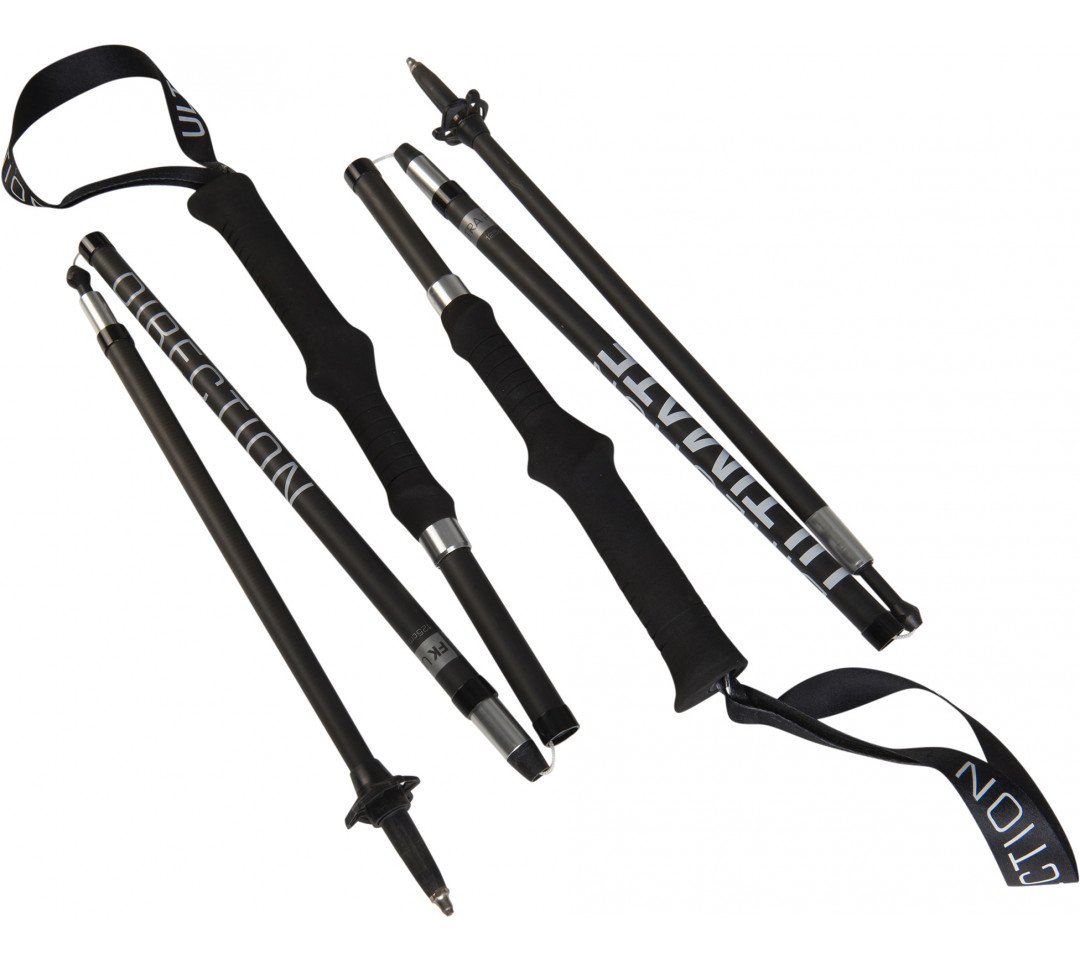

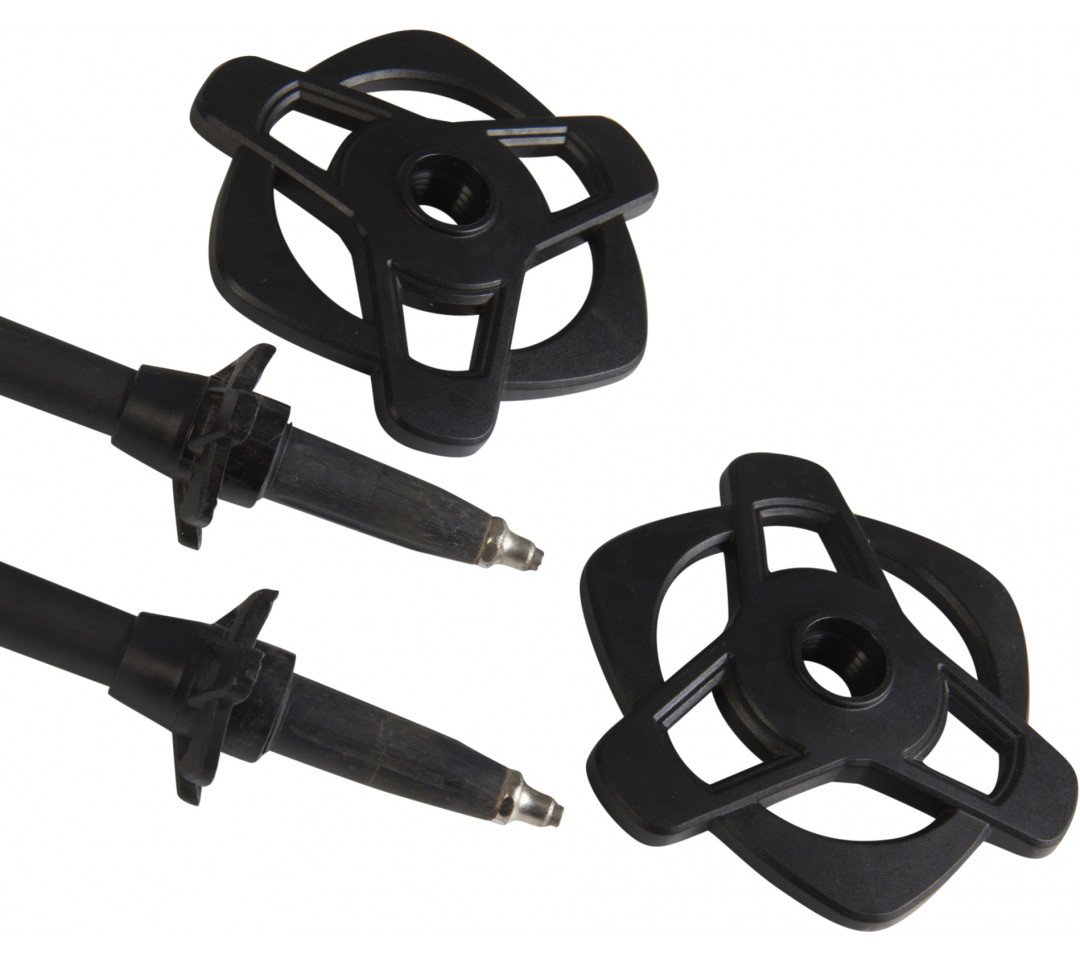
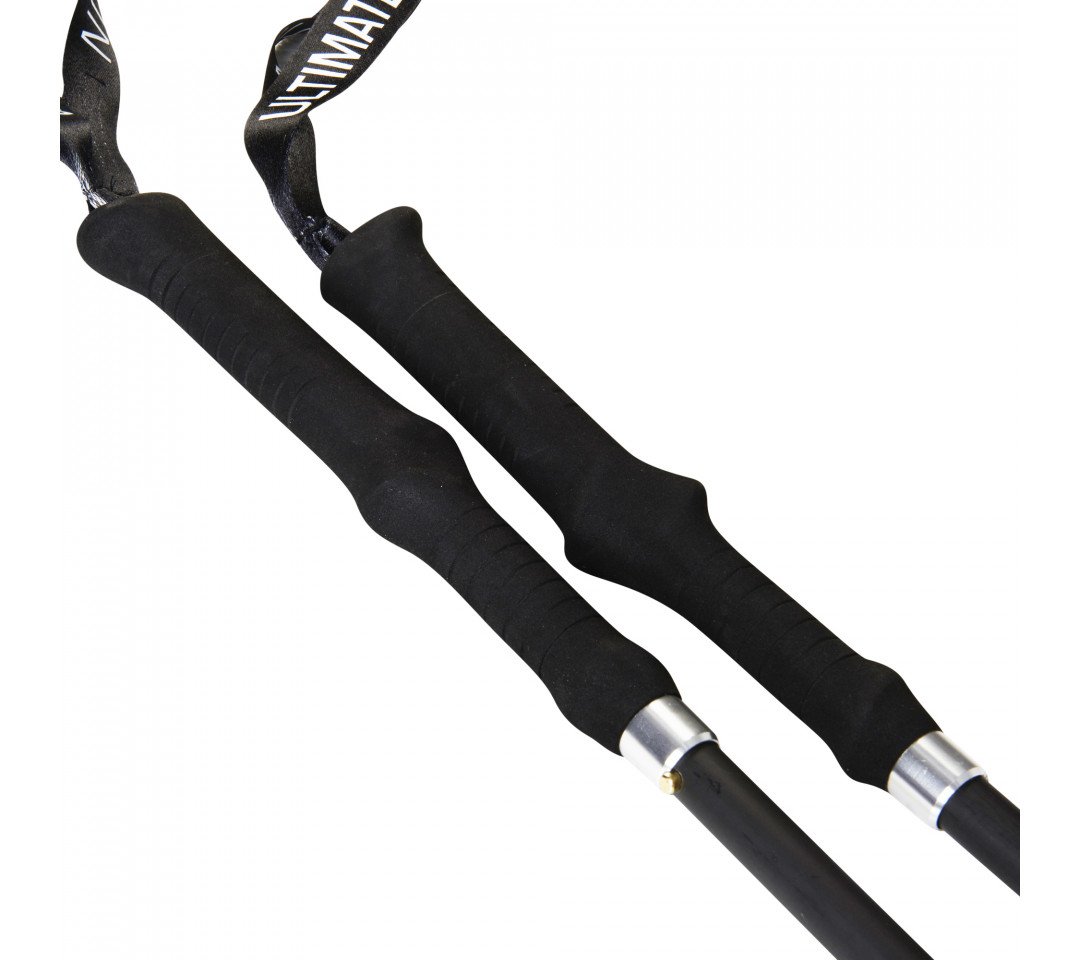
Fk Ultra Pole Carbon – Black
€190.00
Select options -
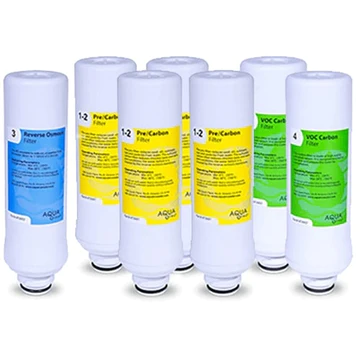
AquaTru Filter Package 2 years
€222.75
Add to cart -
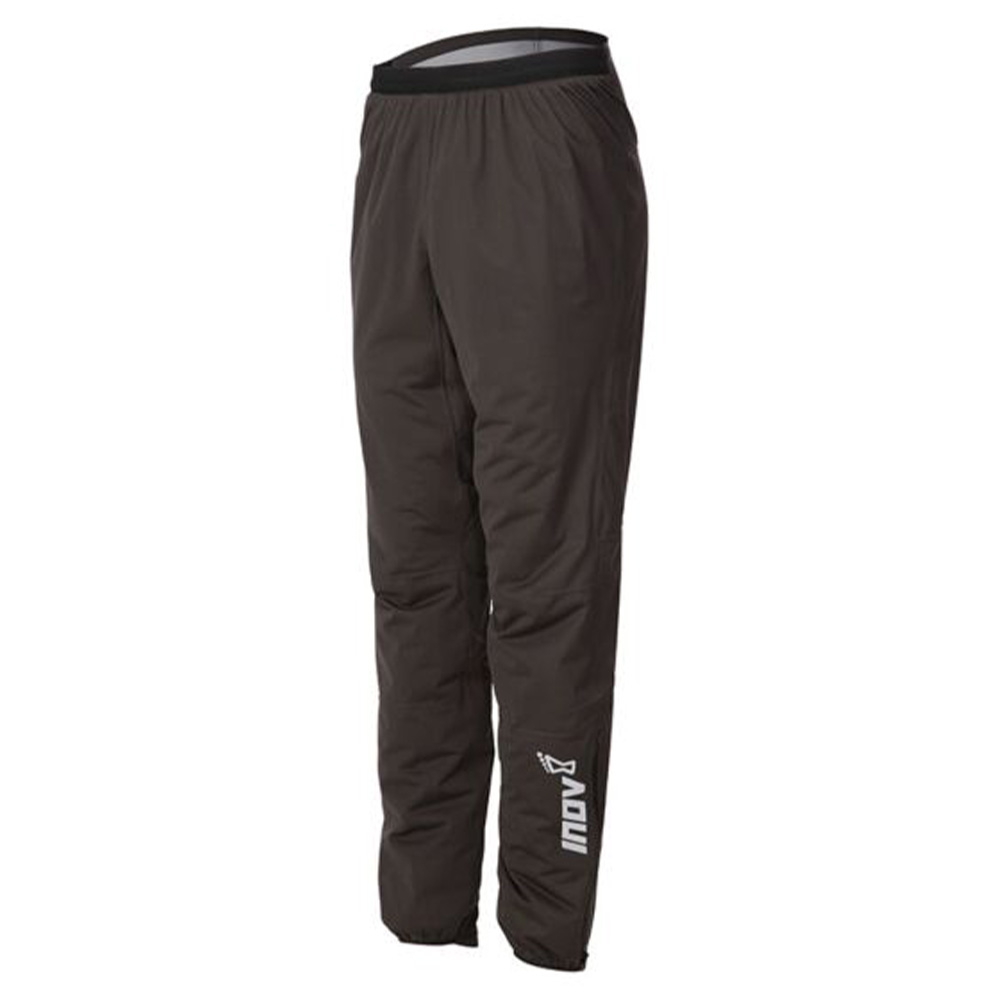


Inov8 – Trailpant M – Men – Black
€150.00
Select options -
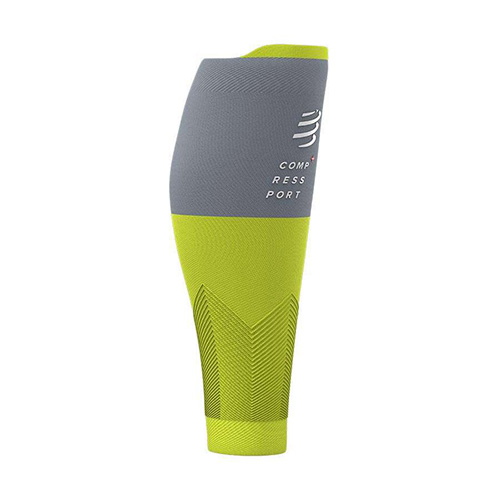
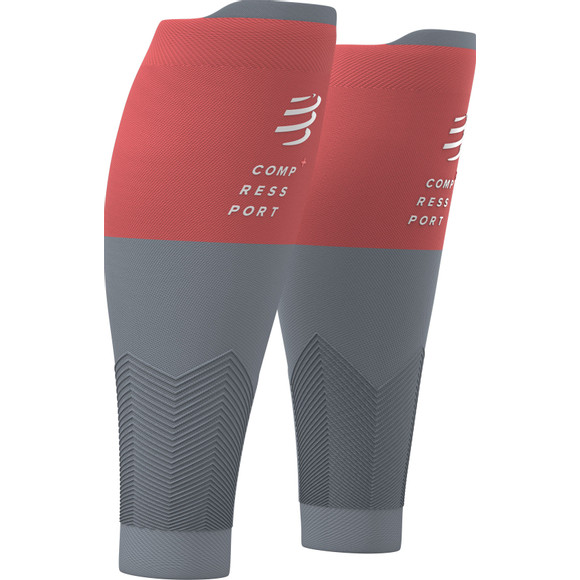

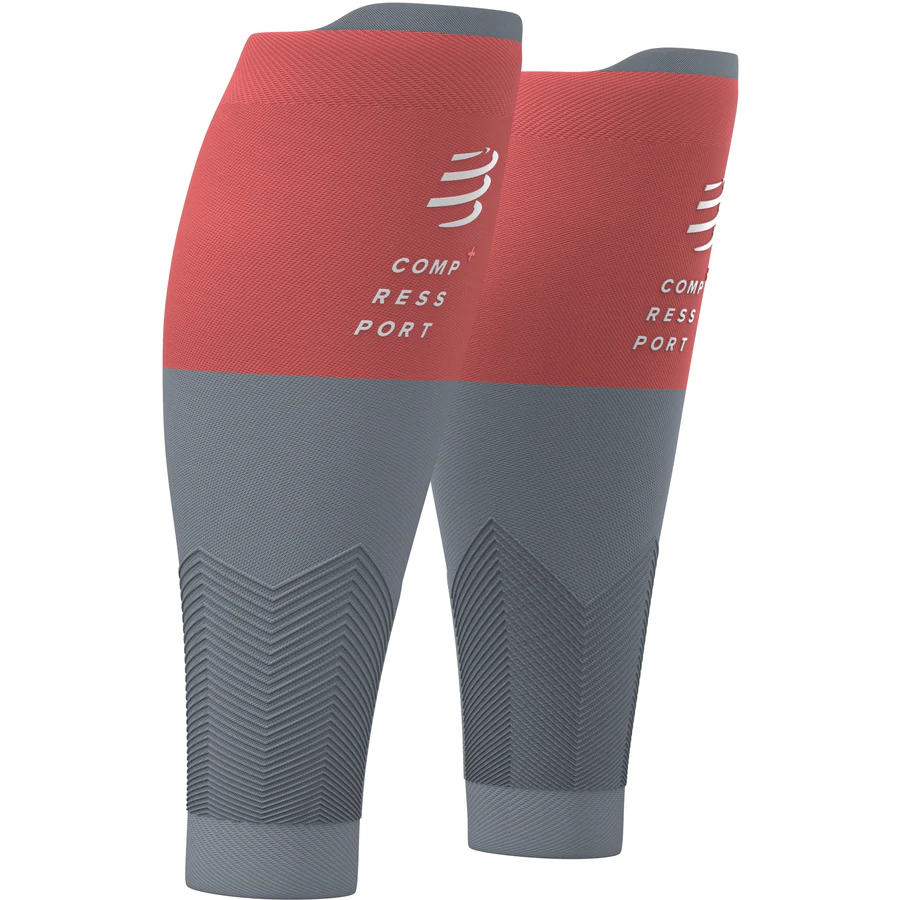

Compressport – R2V2 CALF SLEEVES
€35.00
Select options -
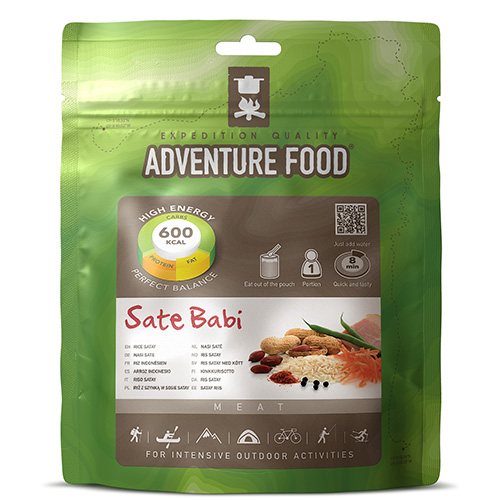
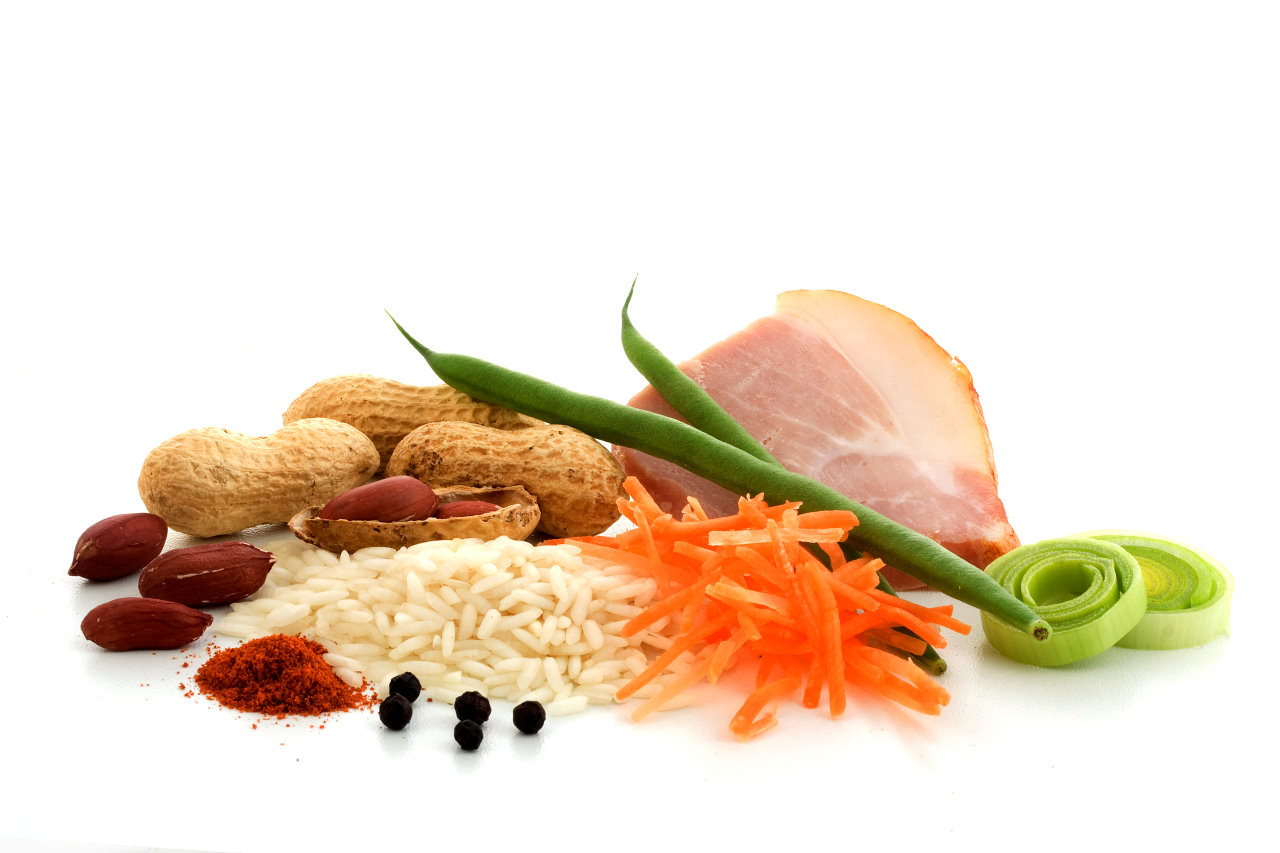

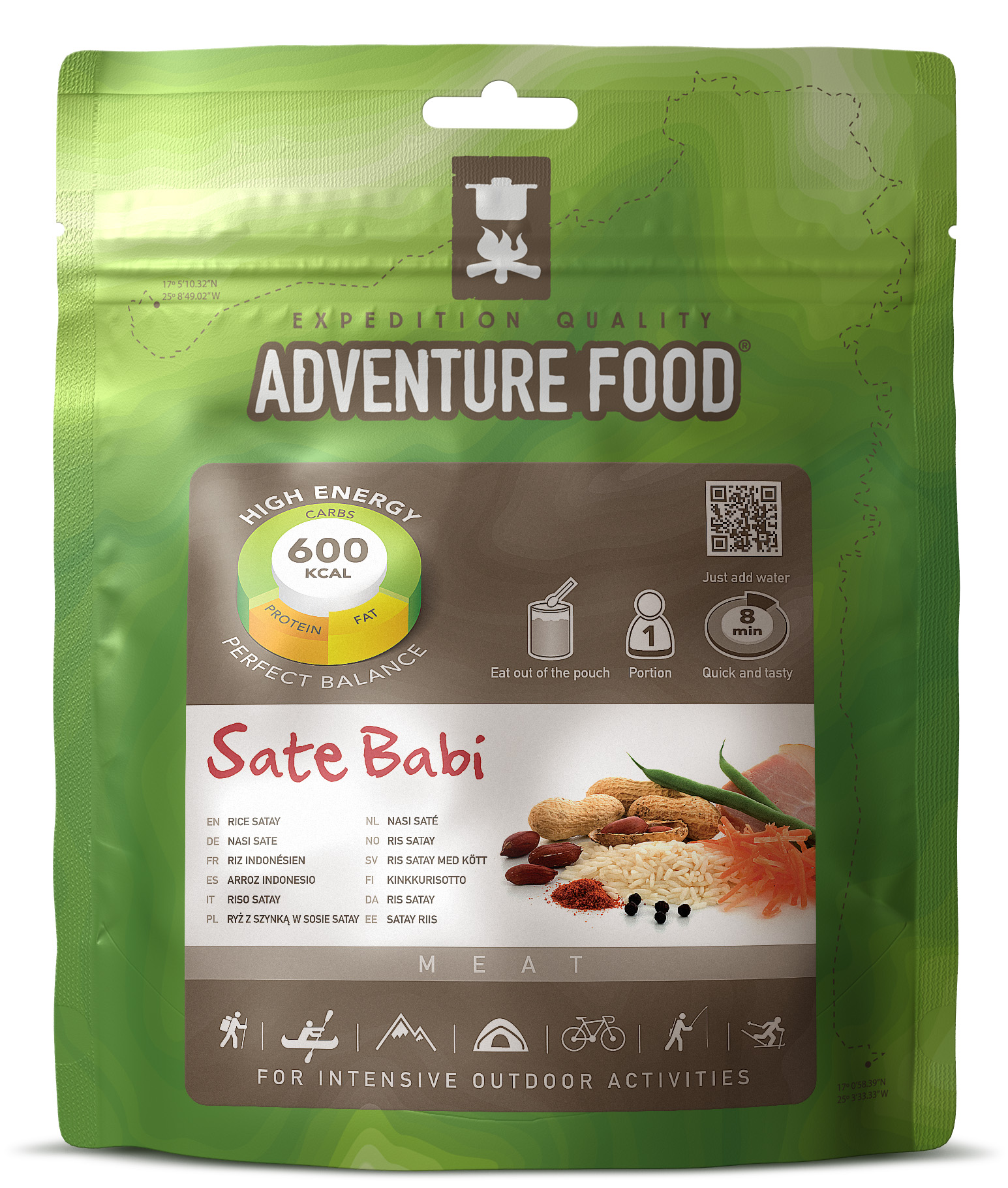
Adventure Food Sate Babi
€5.95
Add to cart -

AmazingAir UltraHEPA Replacement Filter
€75.00
Add to cart -
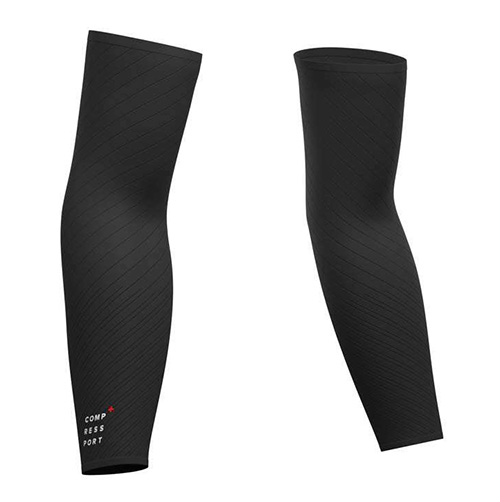
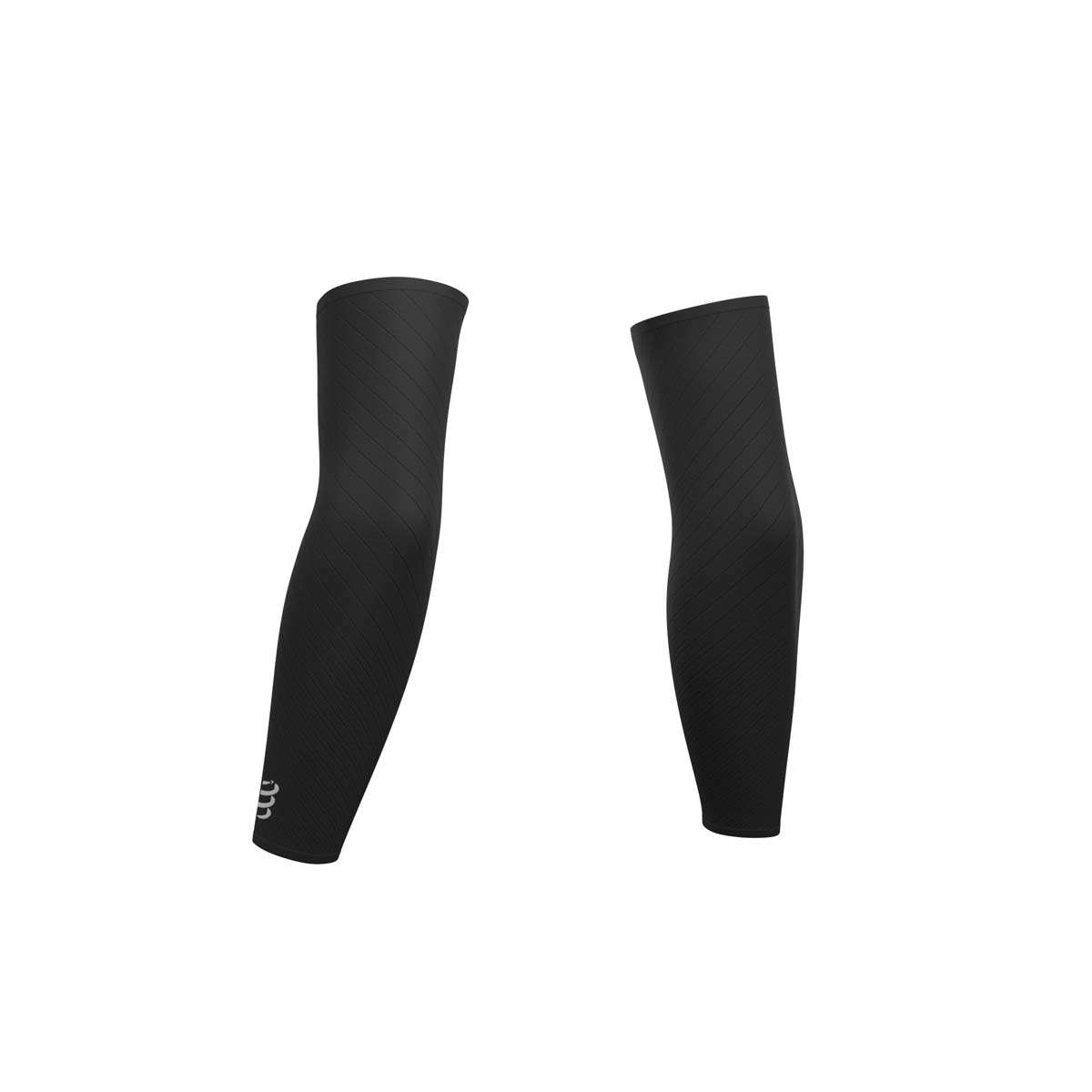

Compressport – Under Control Arm sleeves
€45.00
Select options -
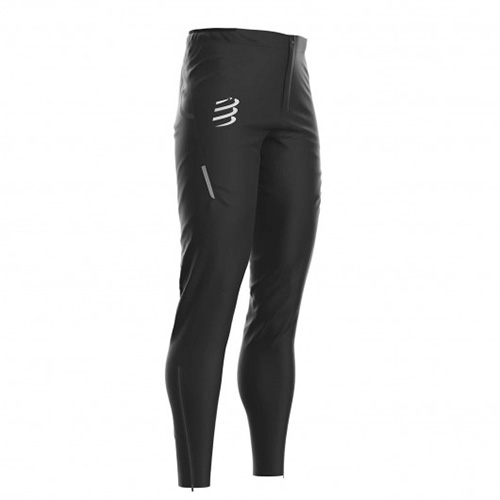



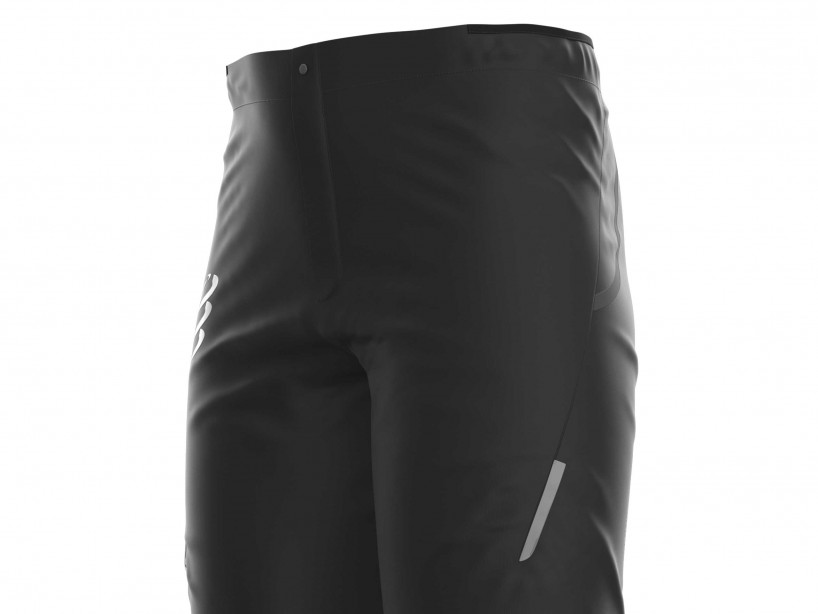
Compressport – HURRICANE WATERPROOF 10/10 PANTS
€140.00
Select options -
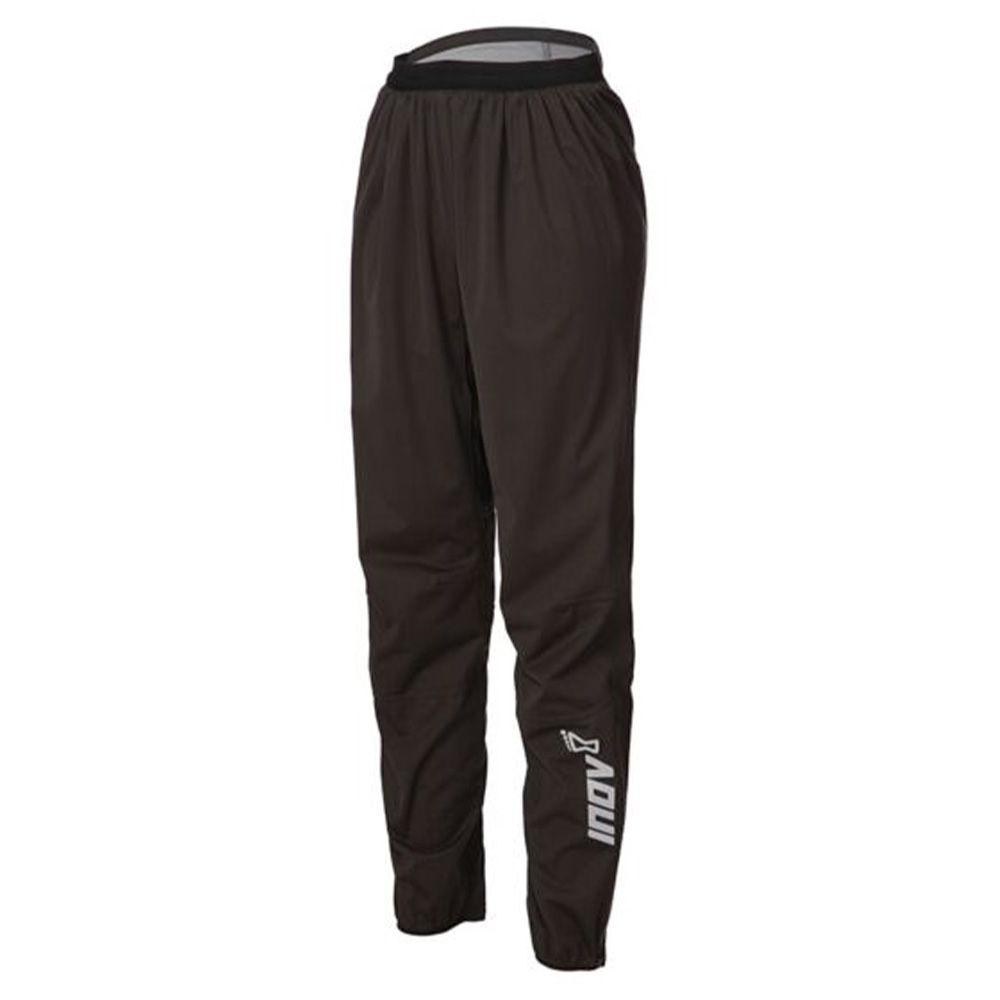
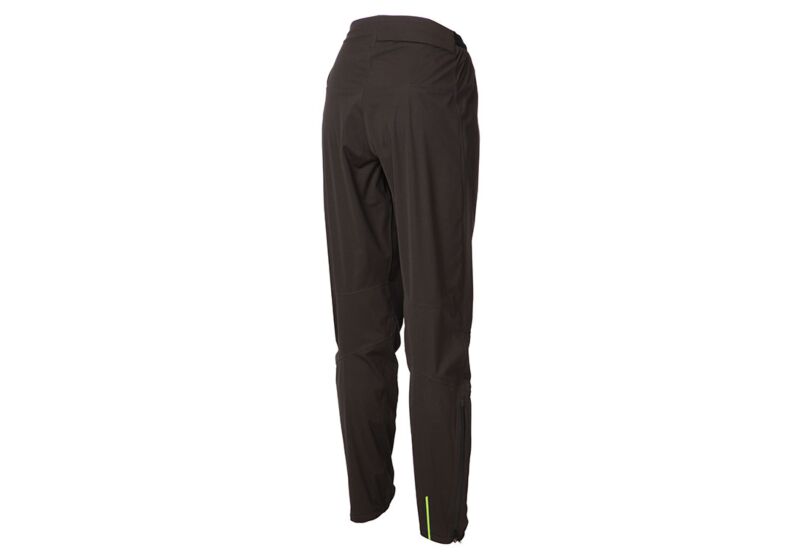

Inov8 – Trailpant W – Women – Black
€150.00
Select options -
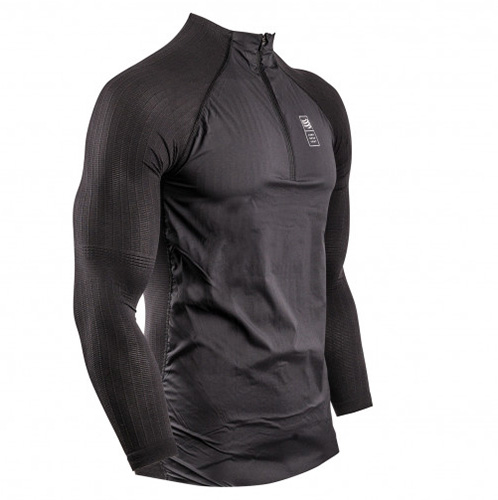
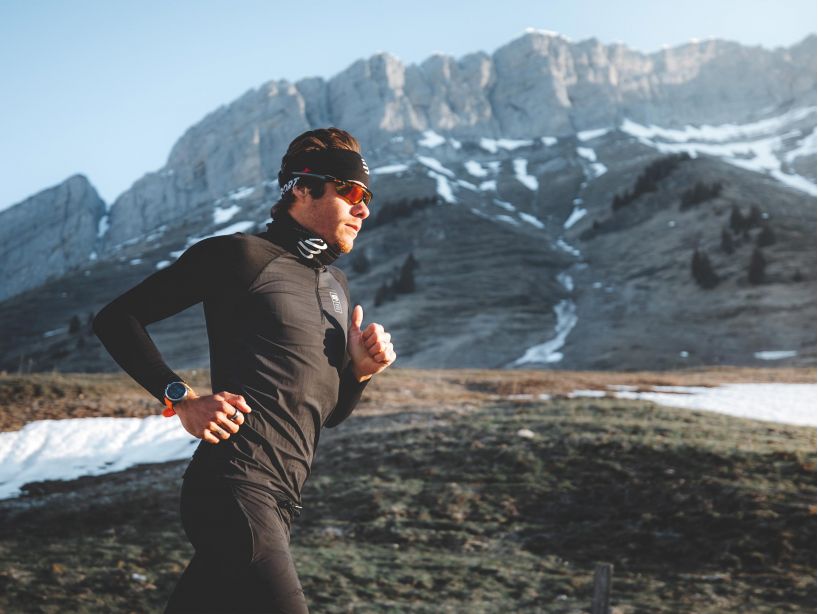

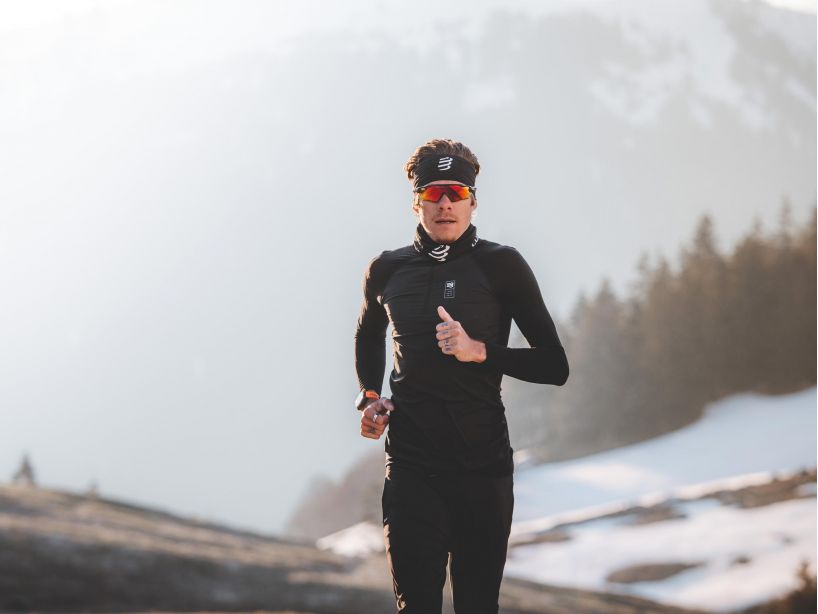
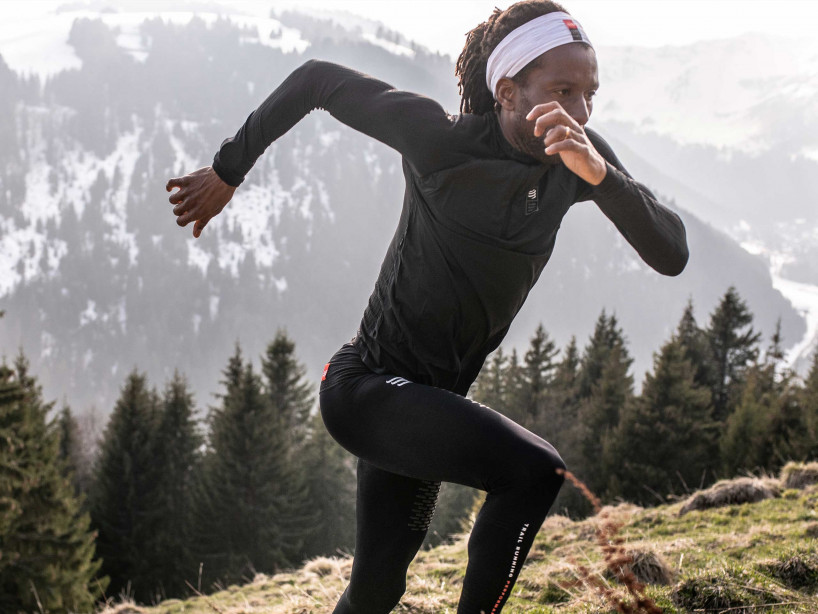
Compressport – HYBRID PULLOVER extremelyinsain 1
€125.00
Select options -
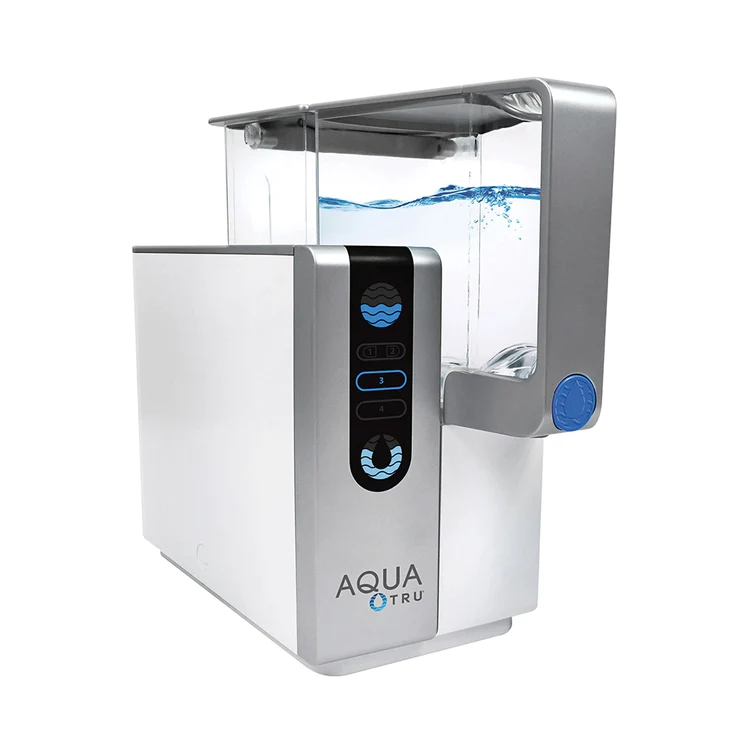


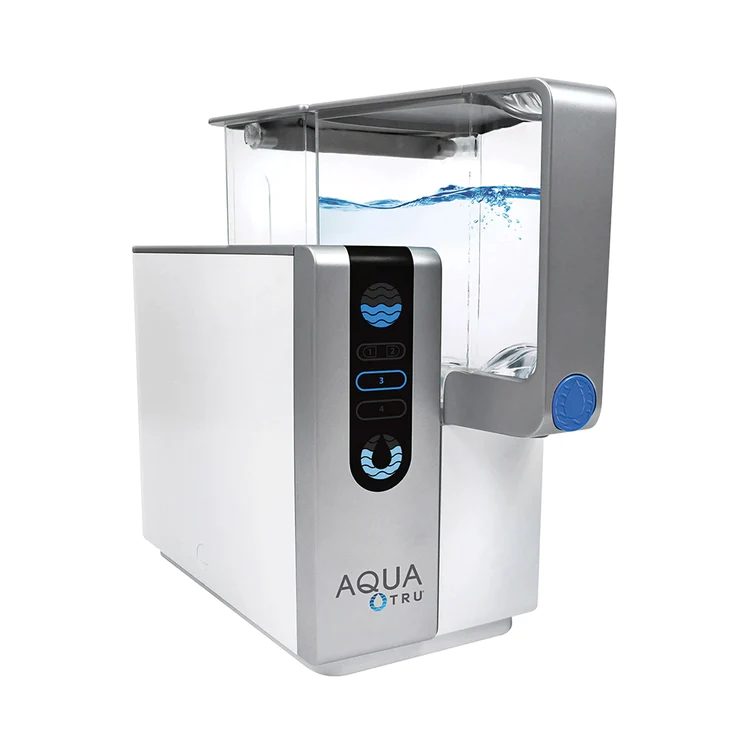

AquaTru Waterfilter-Complete Set
€349.00
Add to cart -

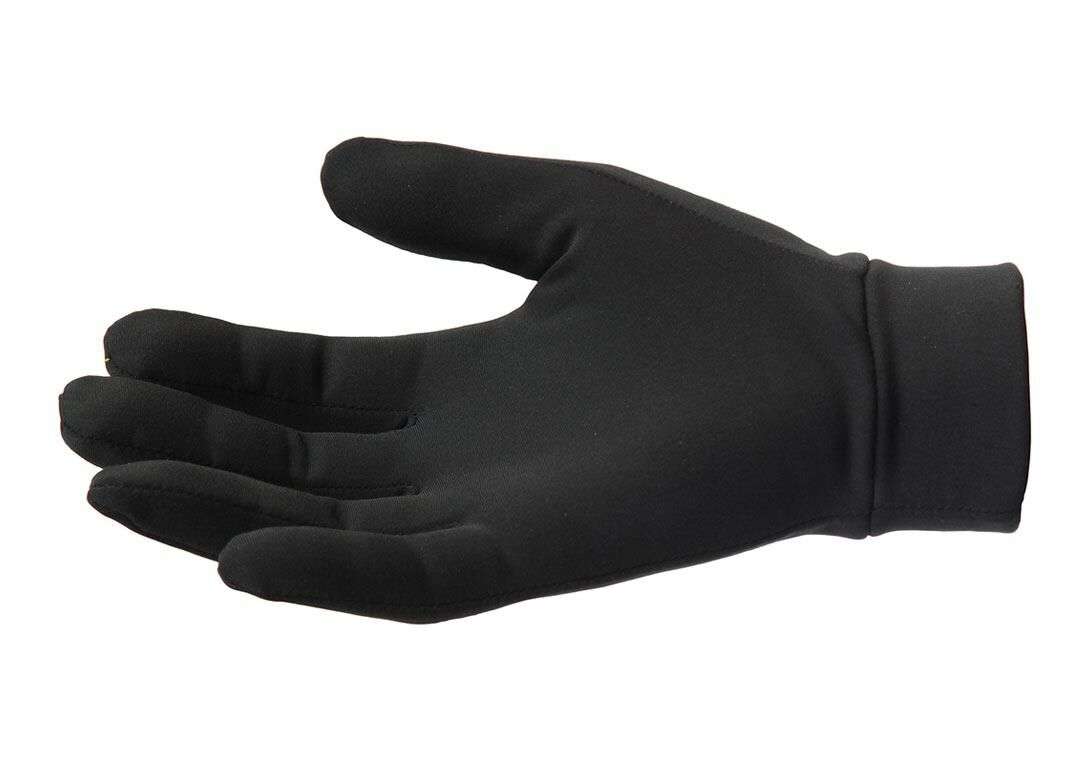

Inov8 – Train Elite Glove – Unisex – Black
€17.00
Select options -

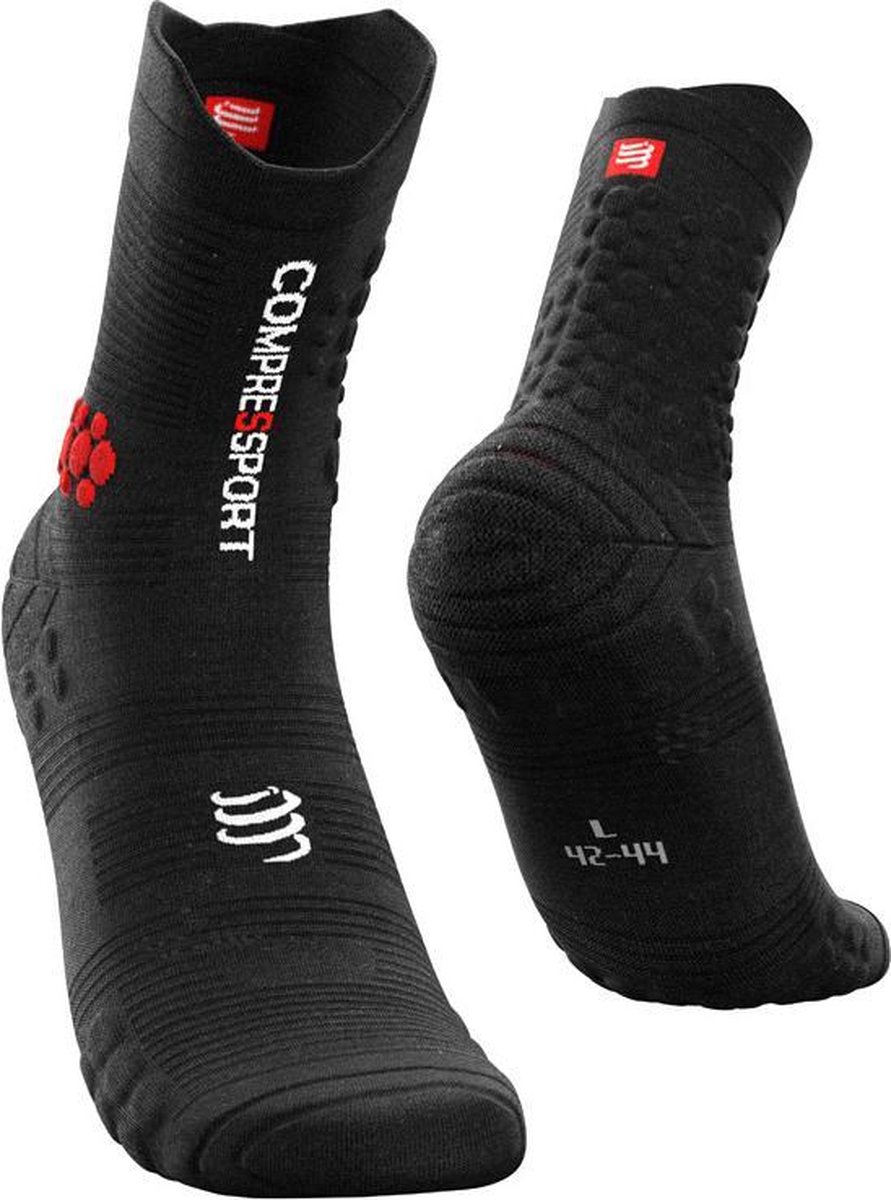

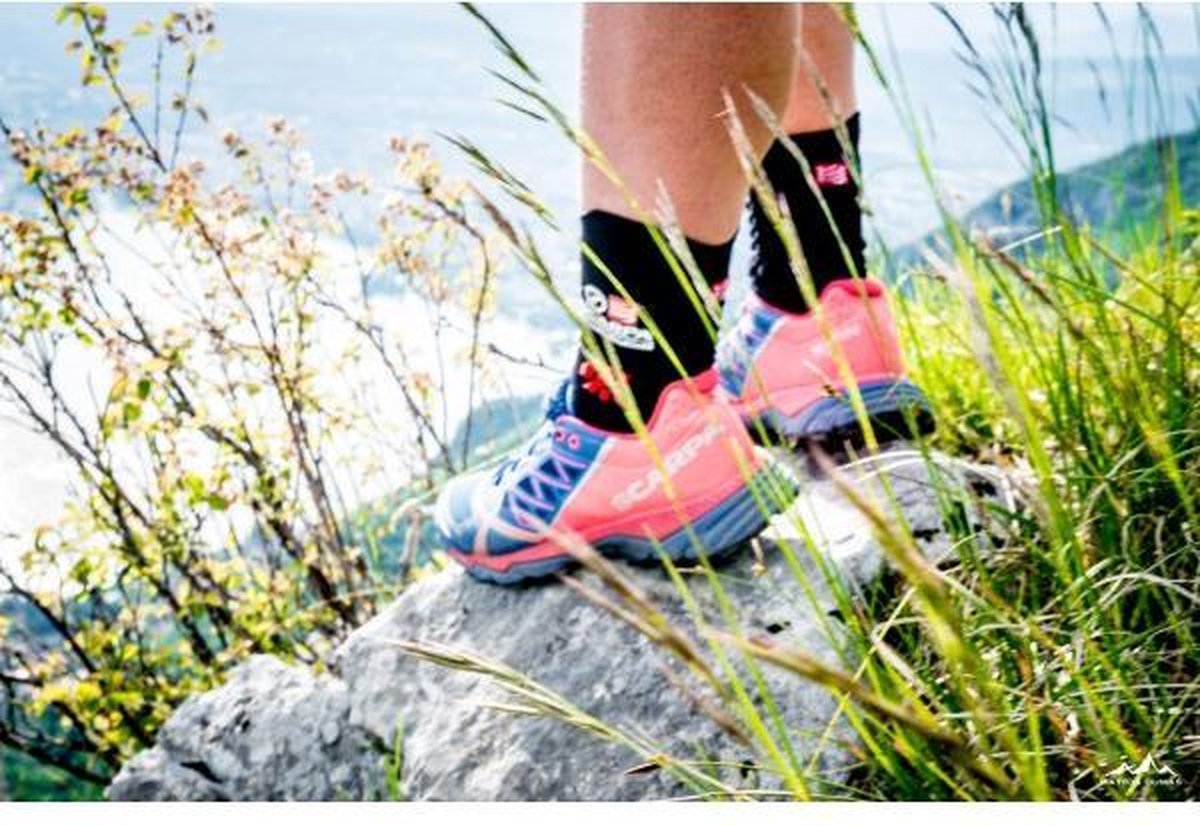
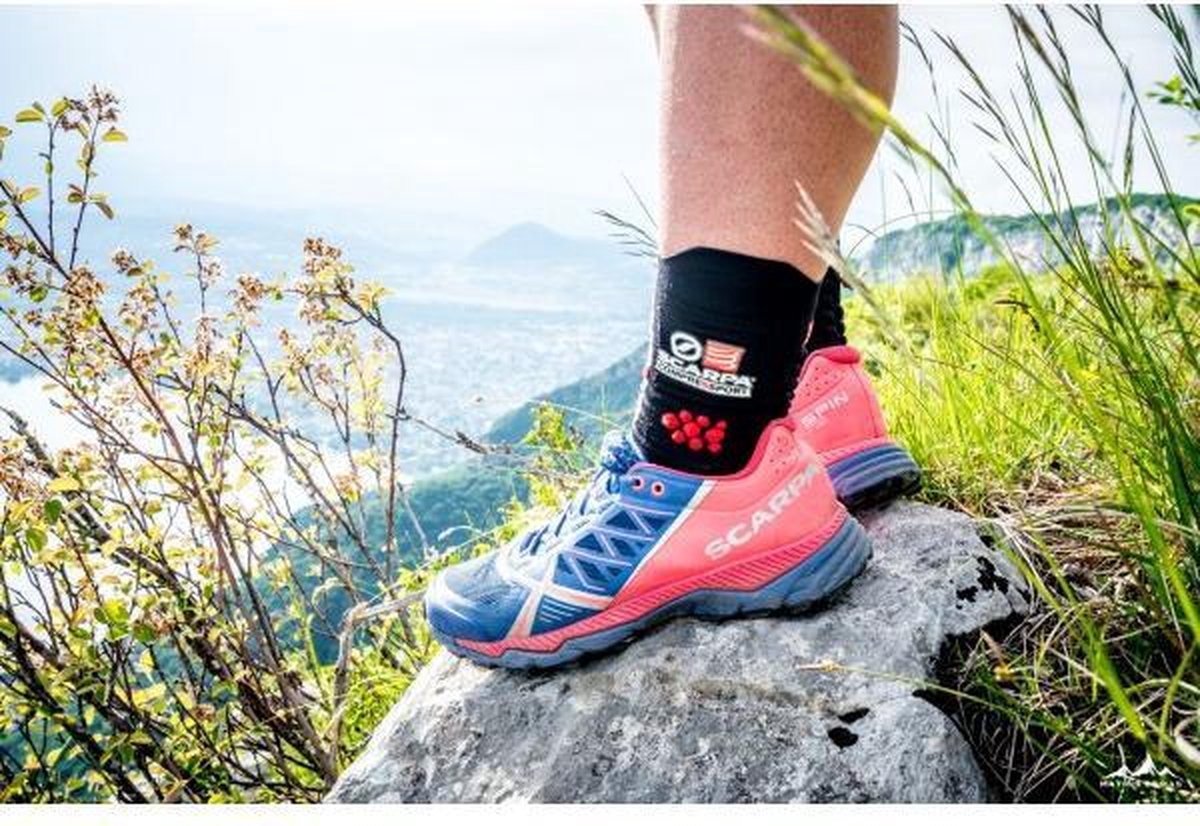
Compressport – PRO RACING SOCKS V3.0 TRAIL
€16.00
Select options -
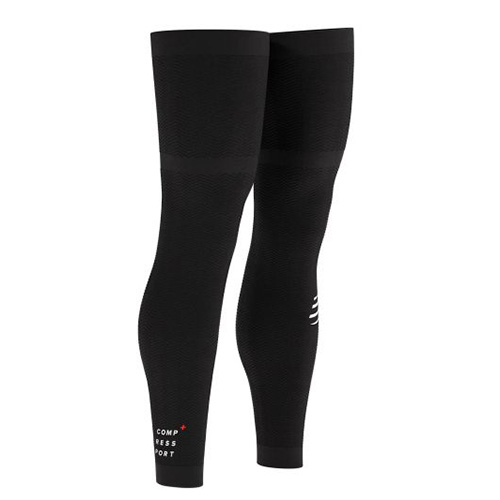


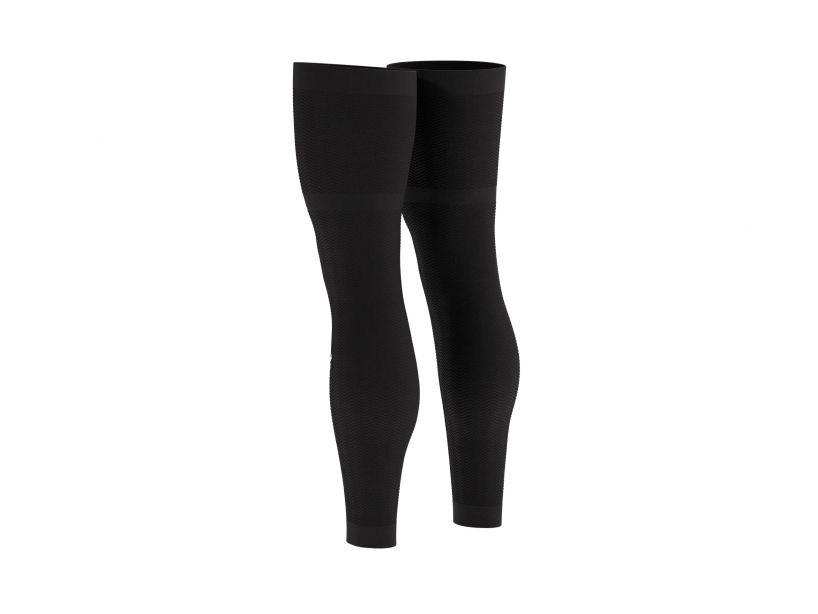
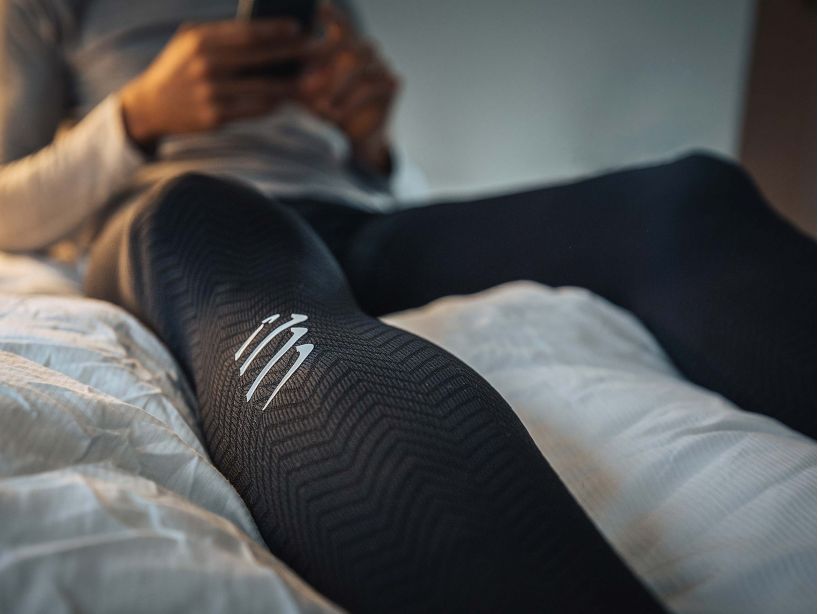
Compressport – FULL LEGS COMPRESSION LEG SLEEVES
€95.00
Select options -
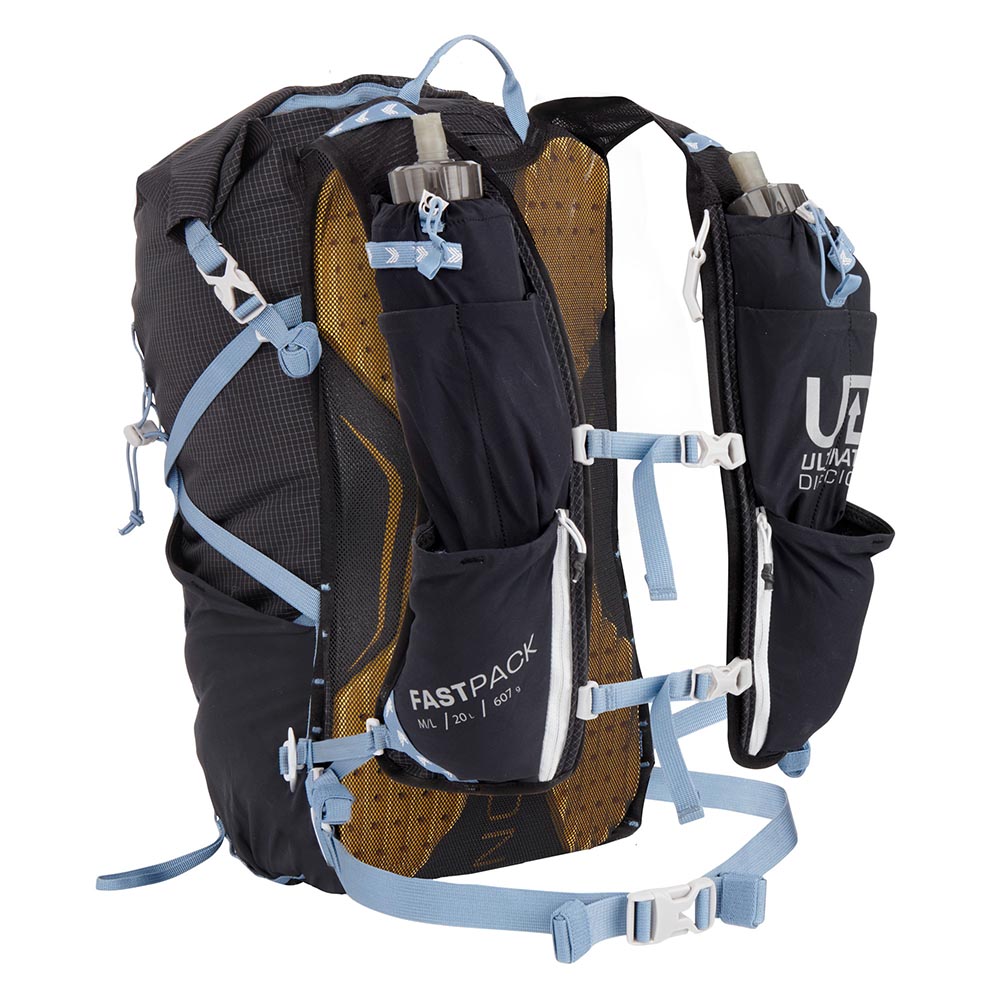


Fastpack 20 – Black (men)
€150.00
Select options -

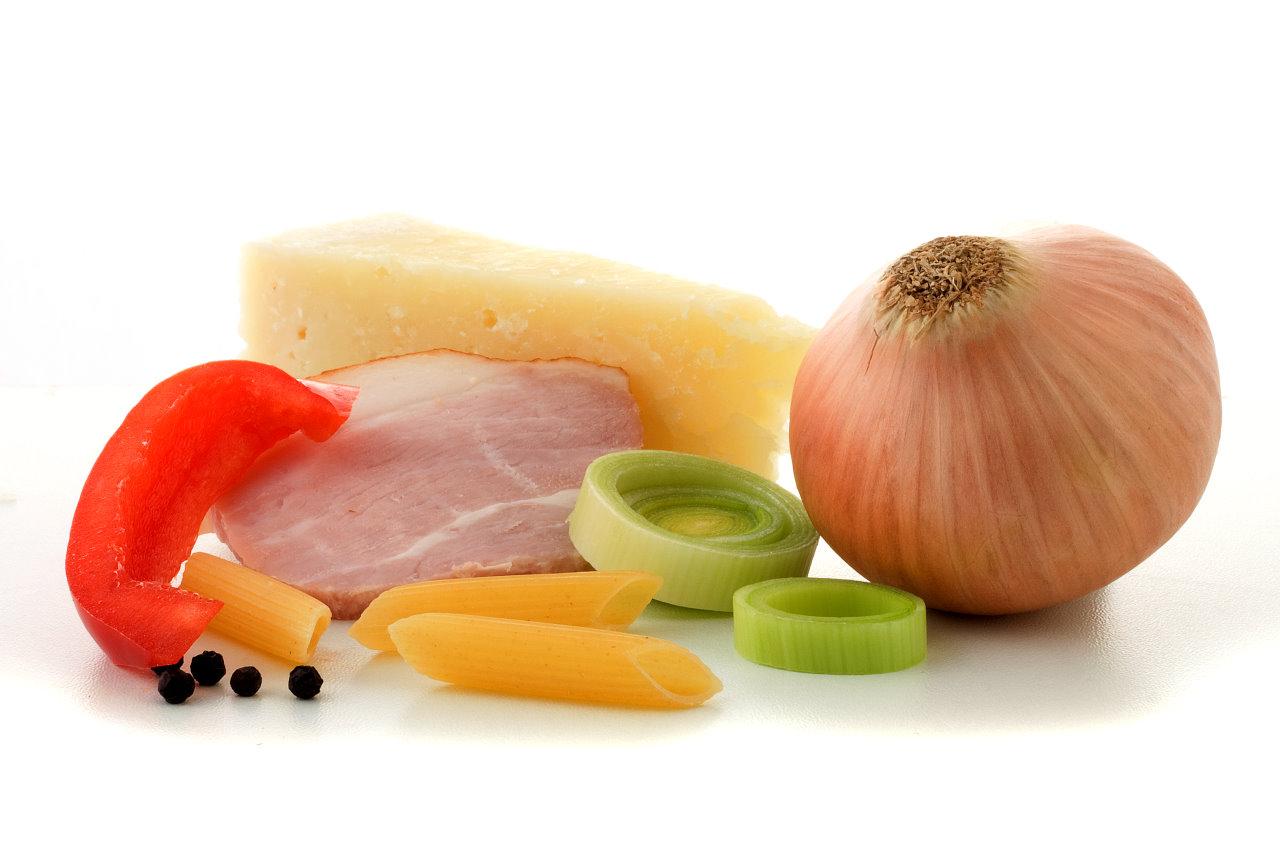

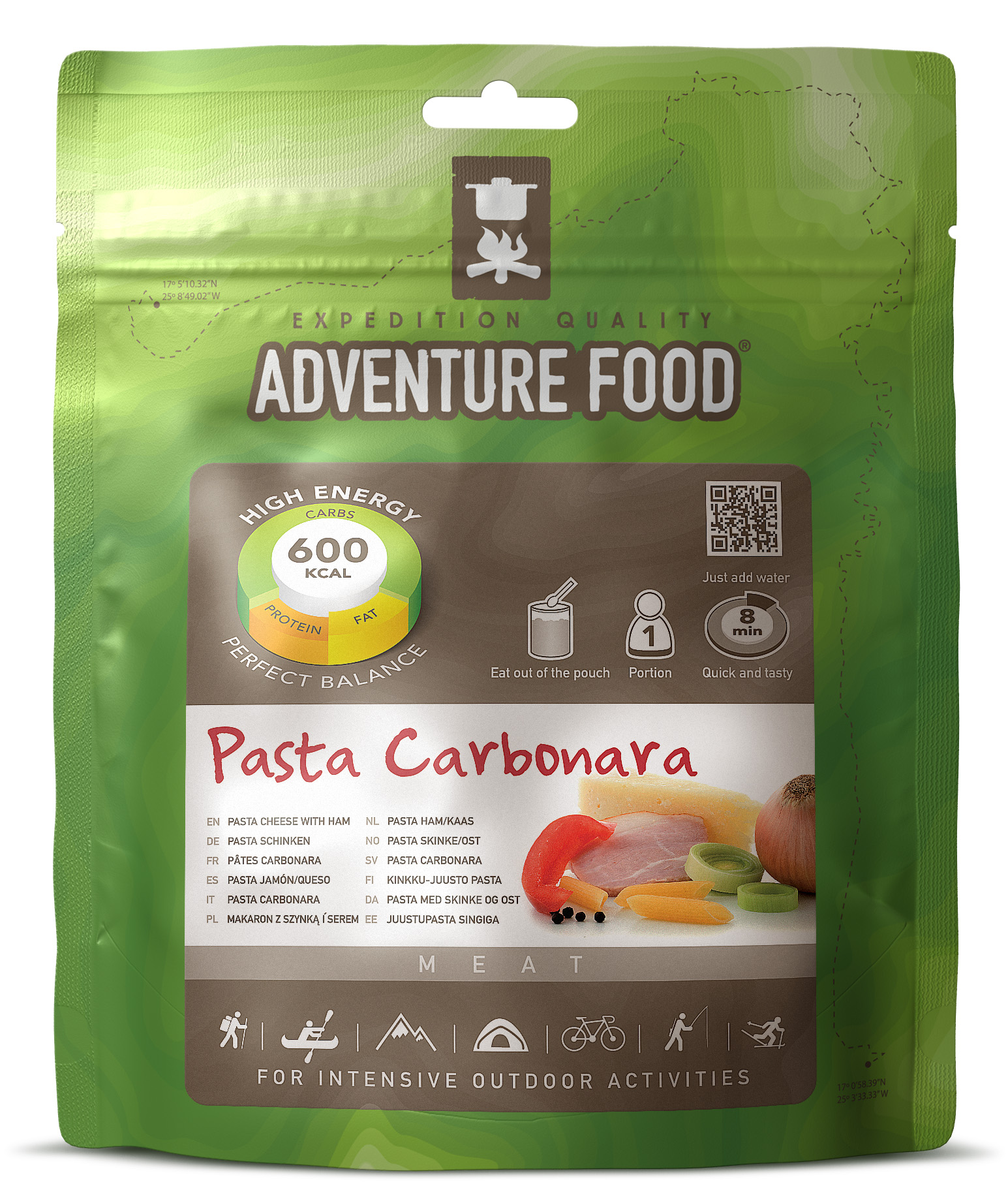
Adventure Food Pasta Carbonara
€5.95
Add to cart -



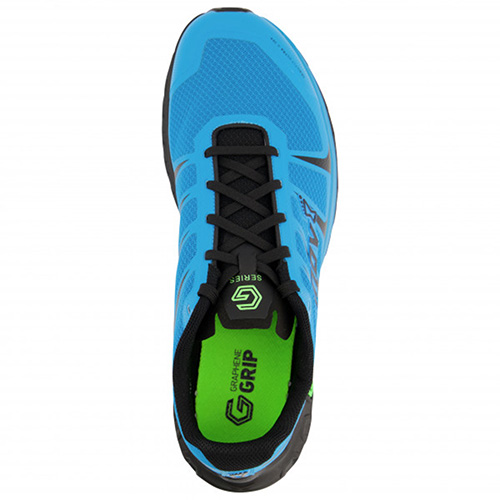

Inov8 – Trailfly Ultra G 300 Max – Men – Blue/Black
€195.00
Select options -
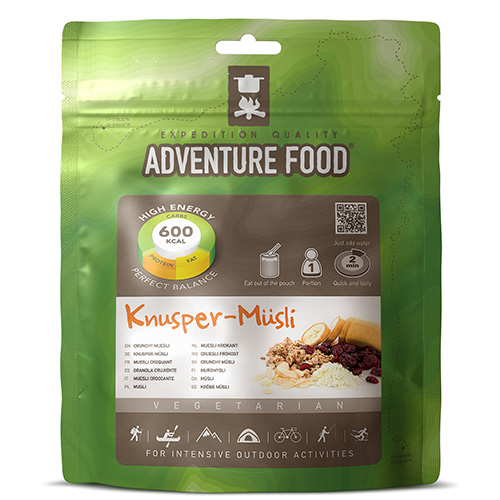
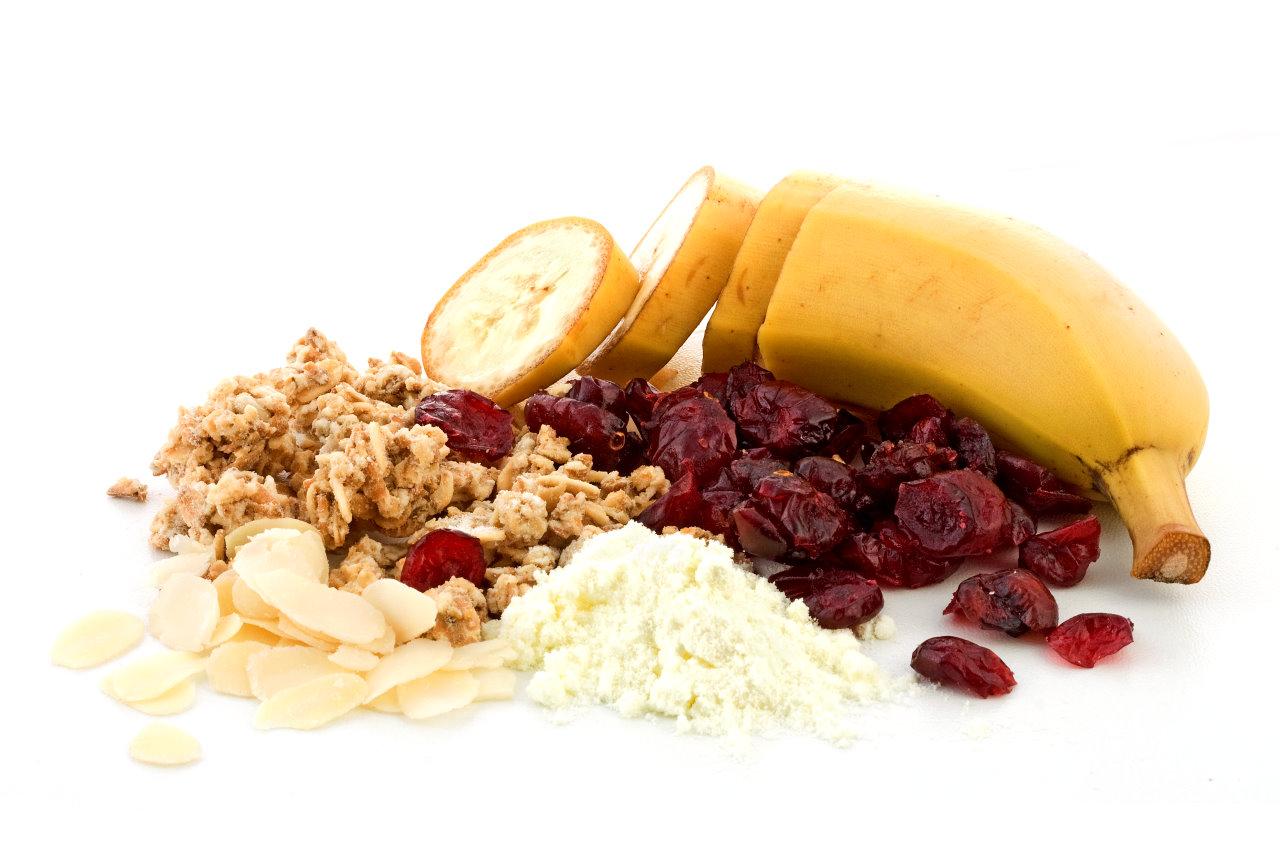

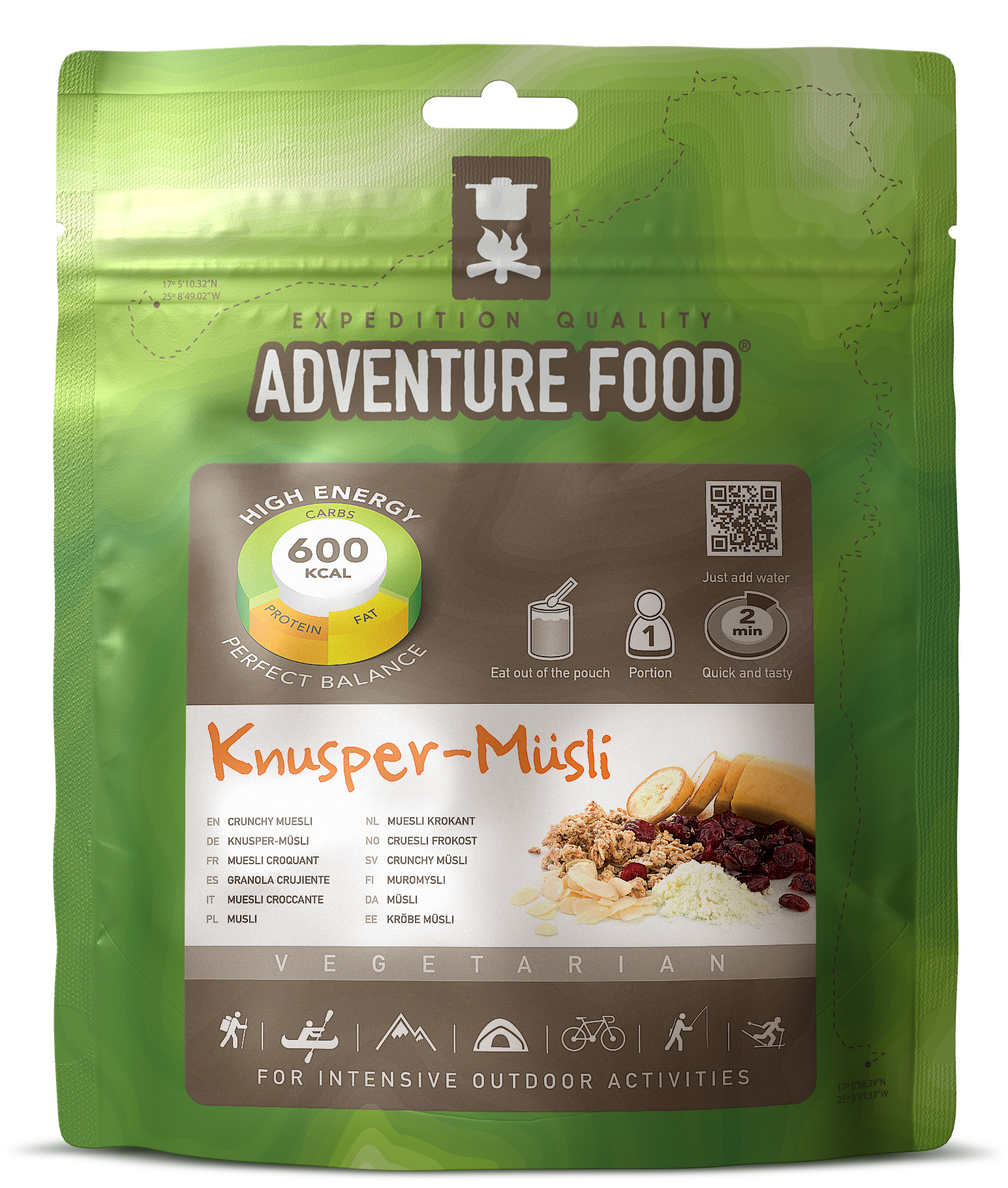
Adventure Food Knusper-Müsli
€3.95
Add to cart -
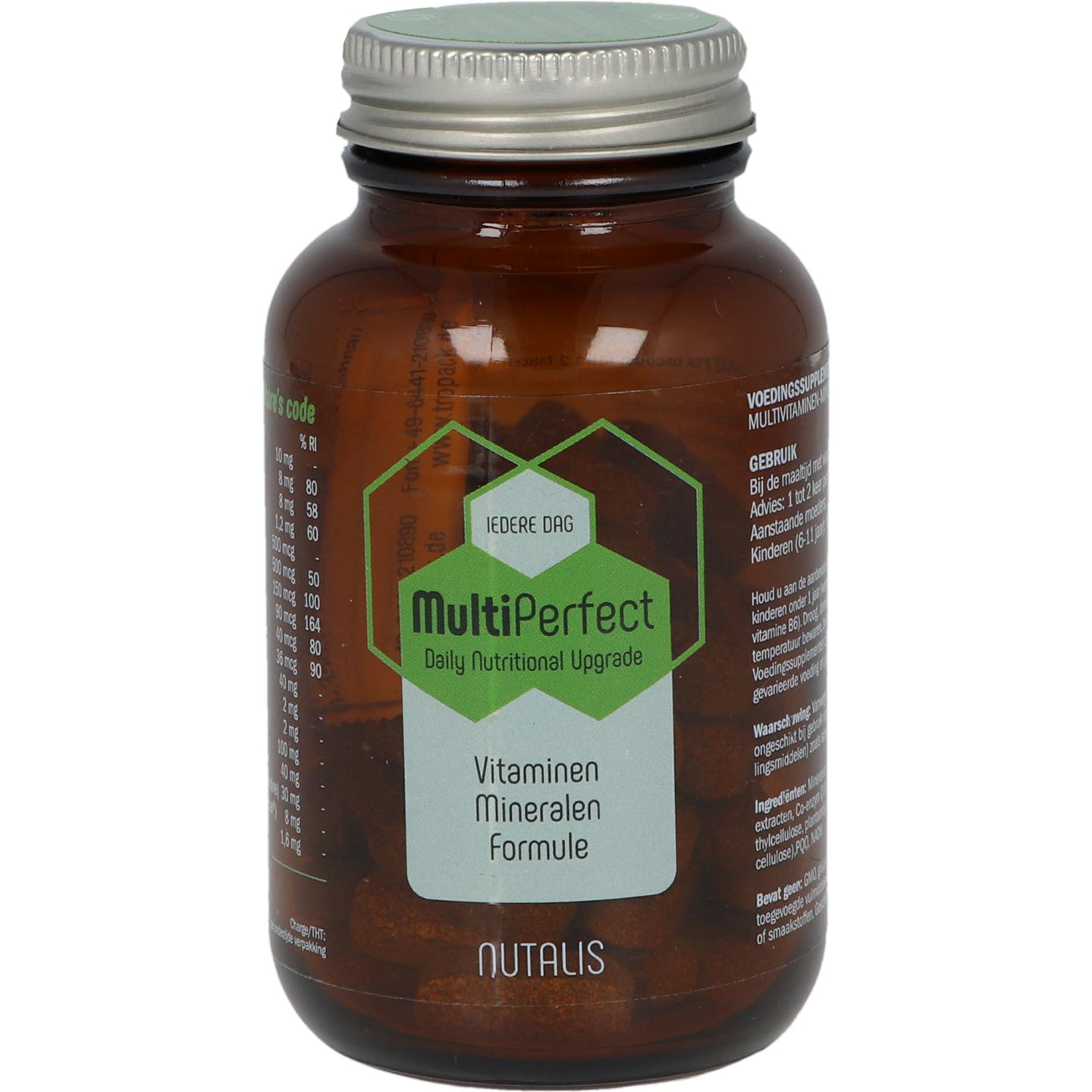
MultiPerfect
€39.95
Add to cart -
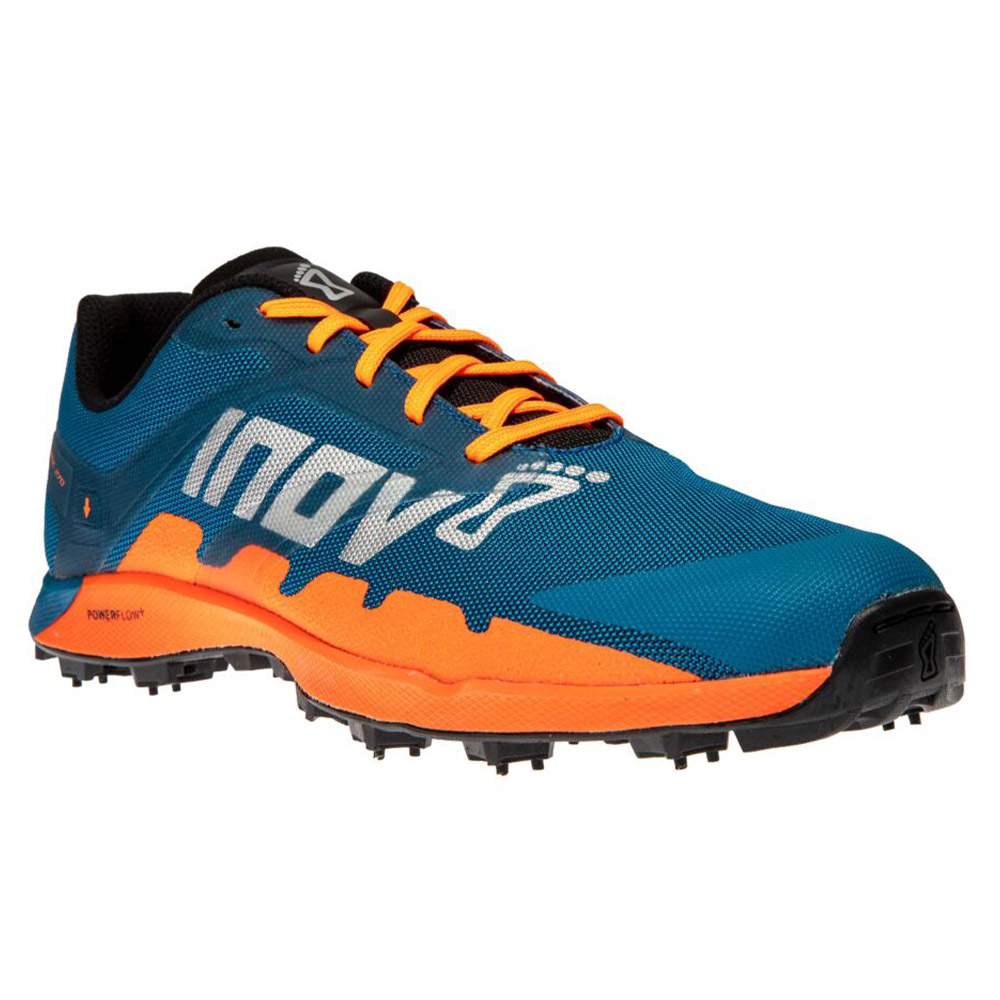
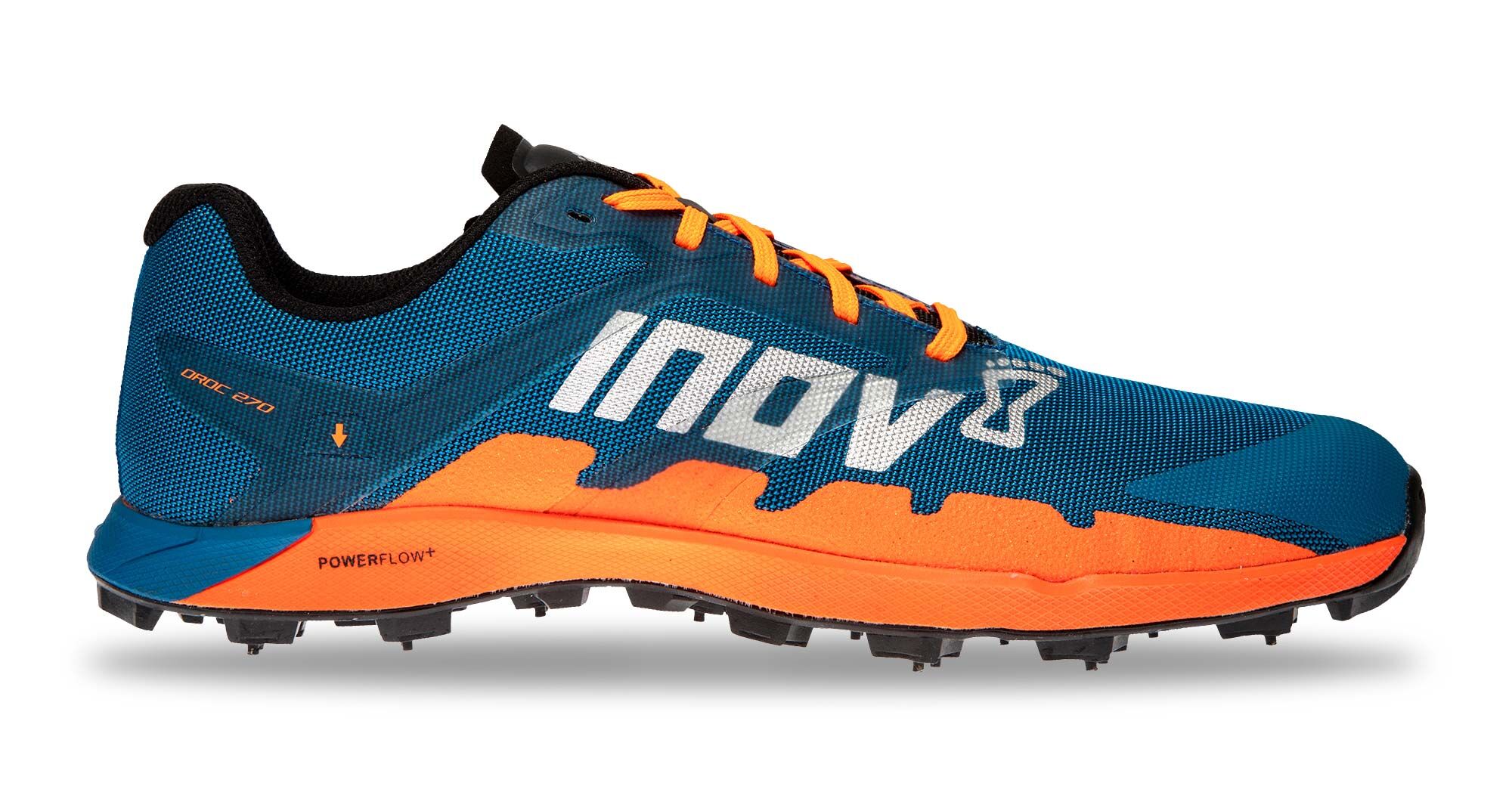


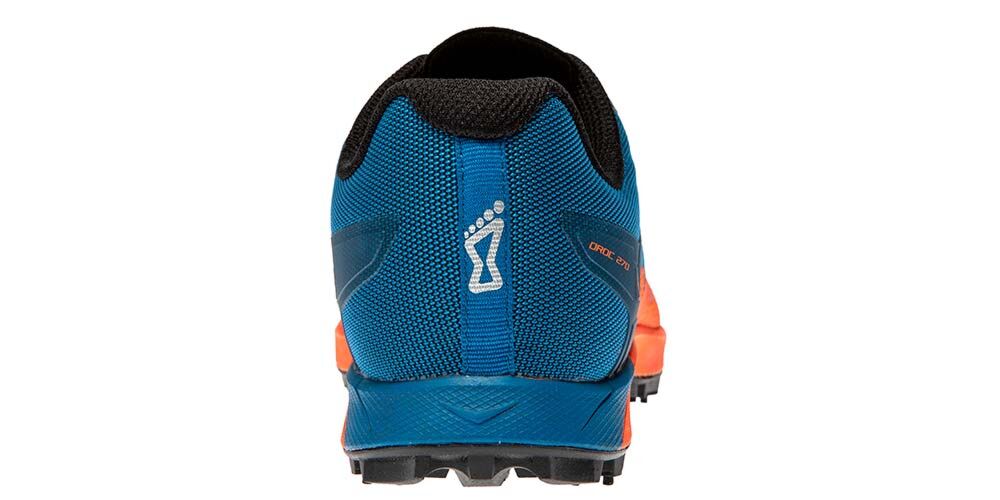
Inov8 – Oroc 270 – Men – Blue/Orange
€170.00
Select options -



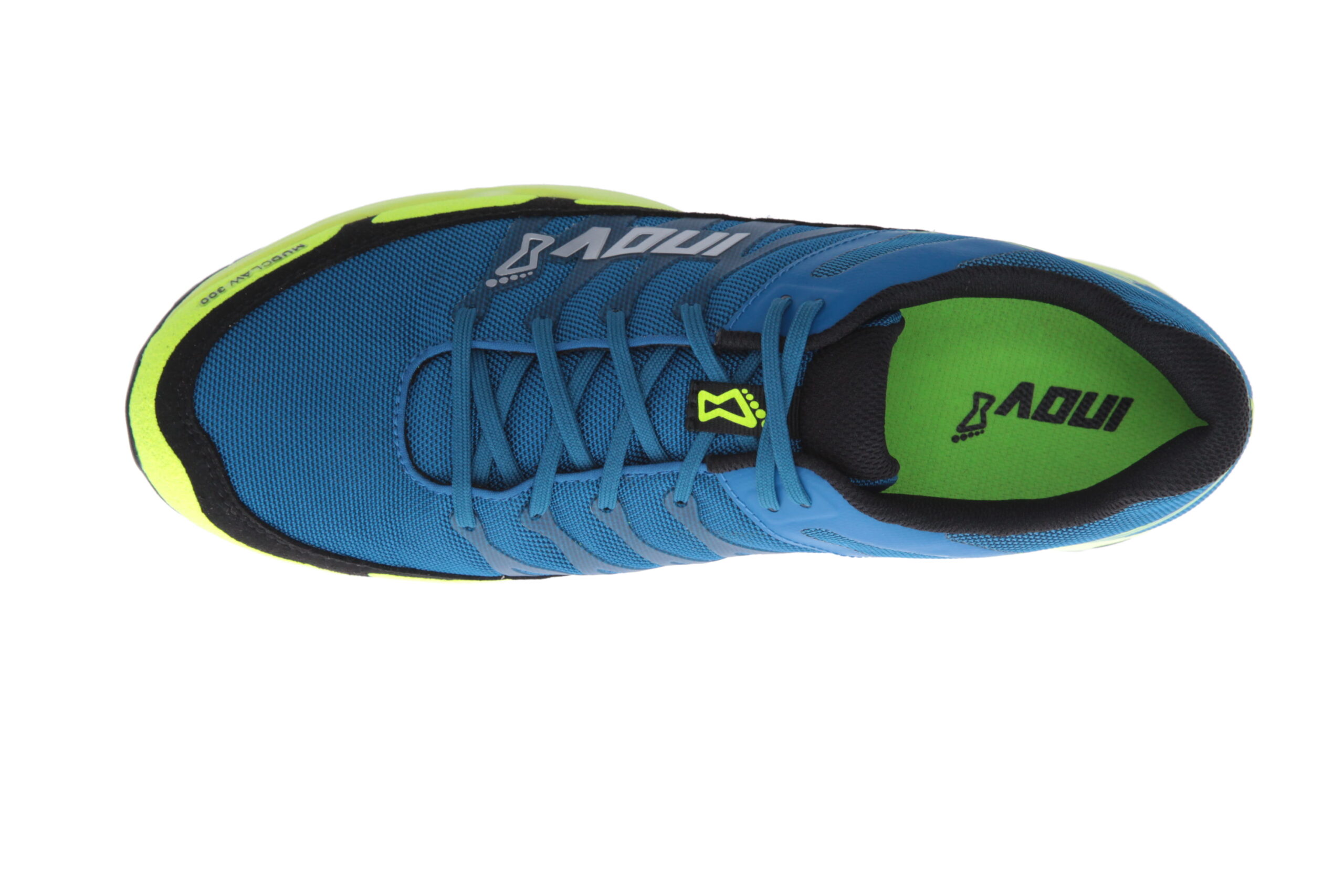
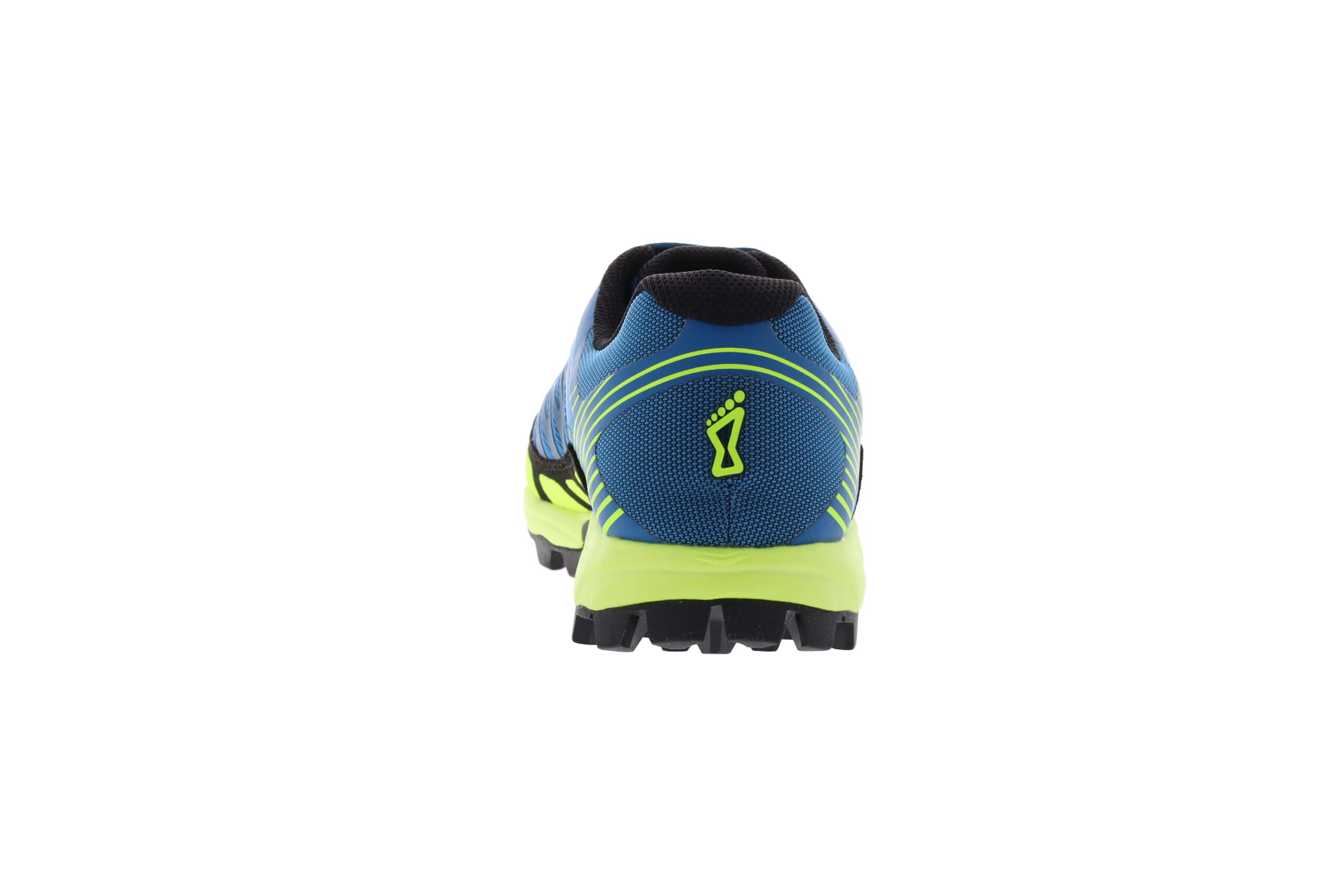
Inov8 – Mudclaw 300 – Women – Blue/Yellow
€135.00
Select options -



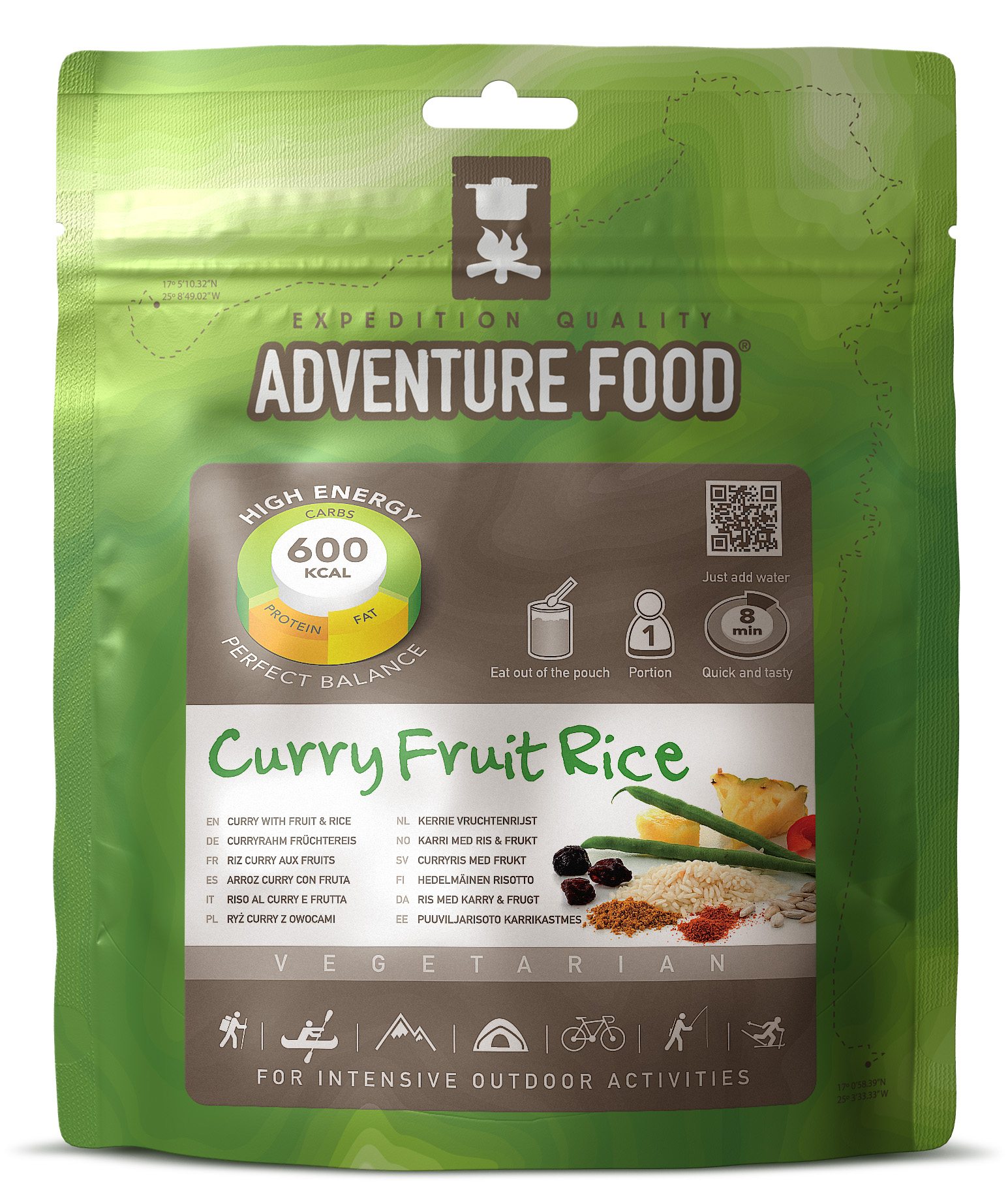
Adventure Food Curry Fruit Rice
€5.95
Add to cart -

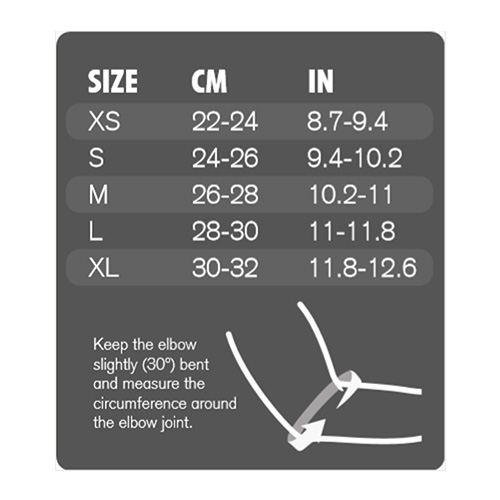



Rehband – RX Elbow Sleeve 5mm
€30.00
Select options -
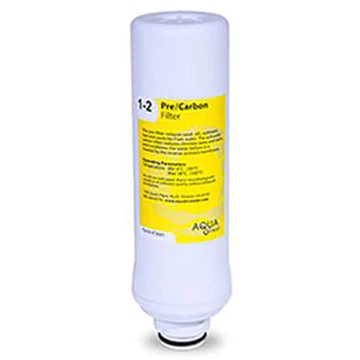
AquaTru Pre-Carbon Filter (1-2)
€25.50
Add to cart



